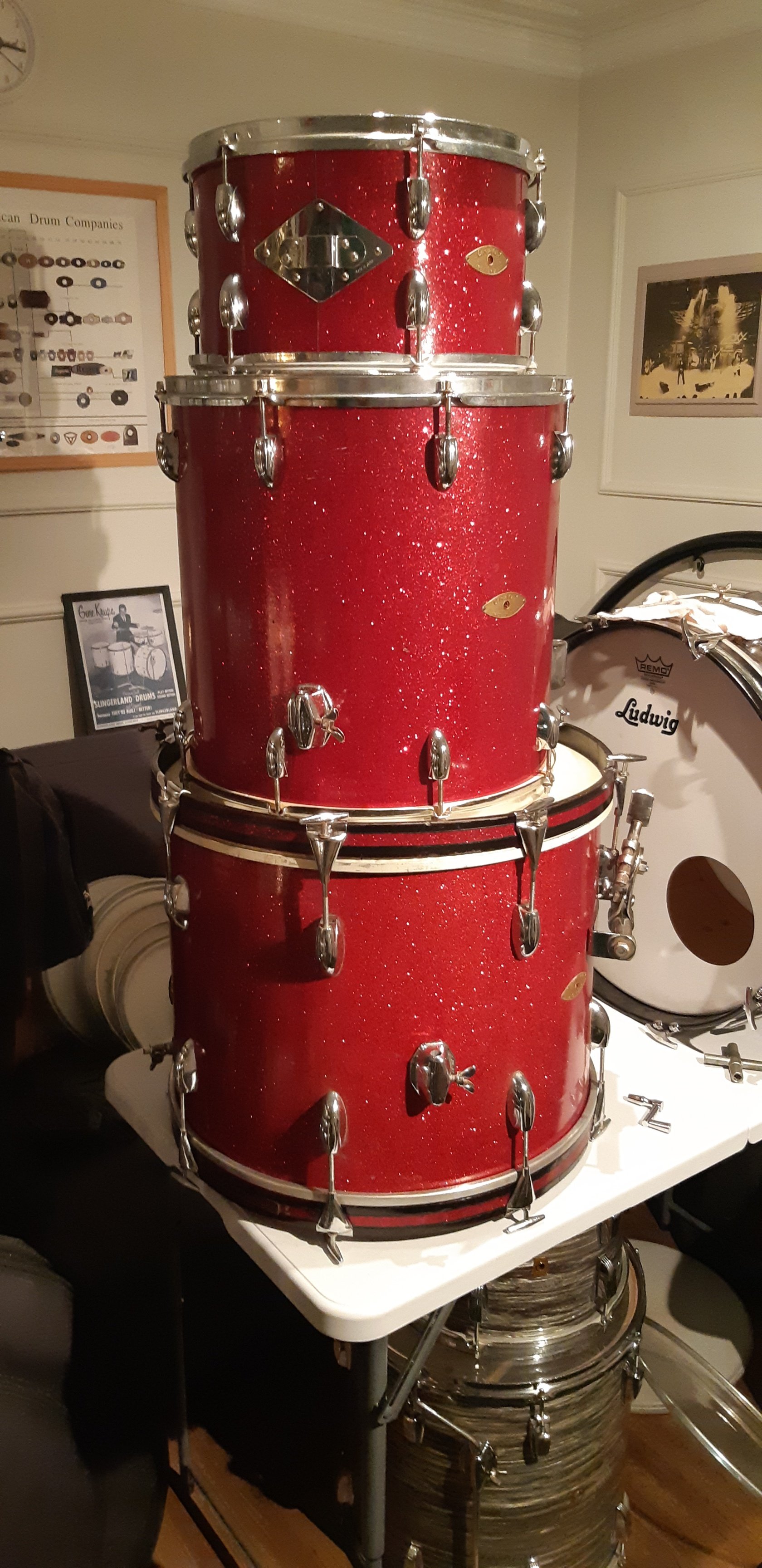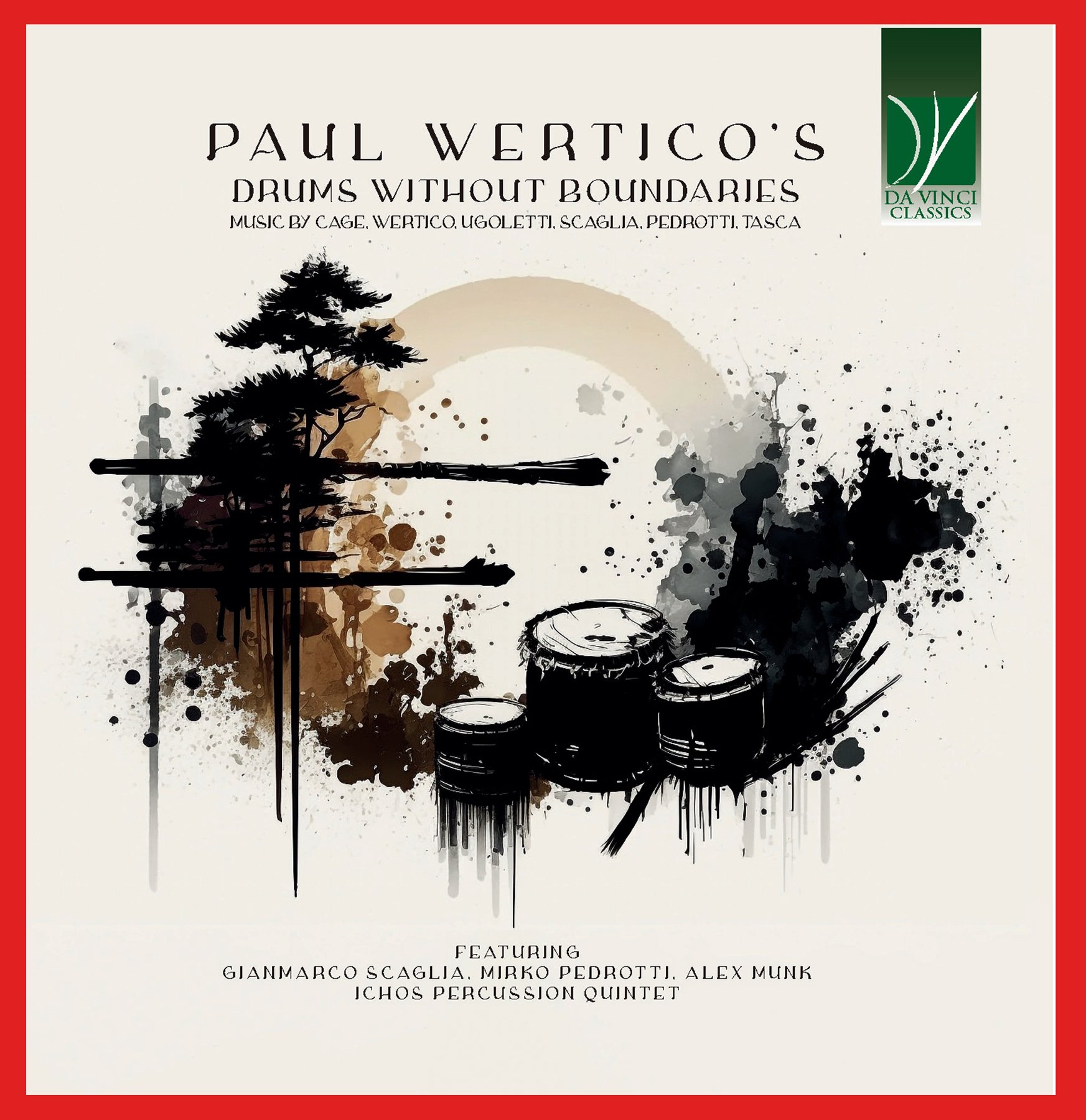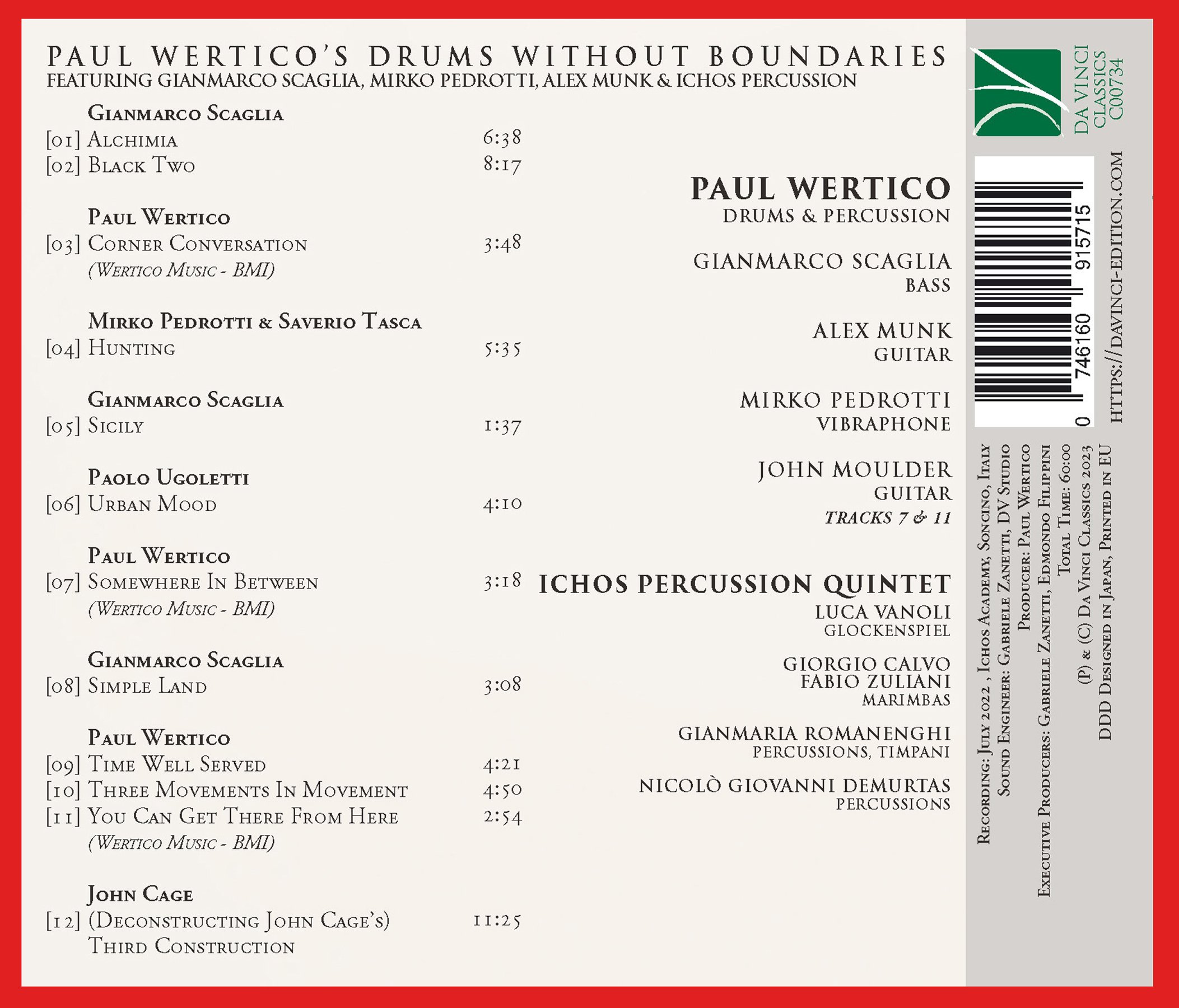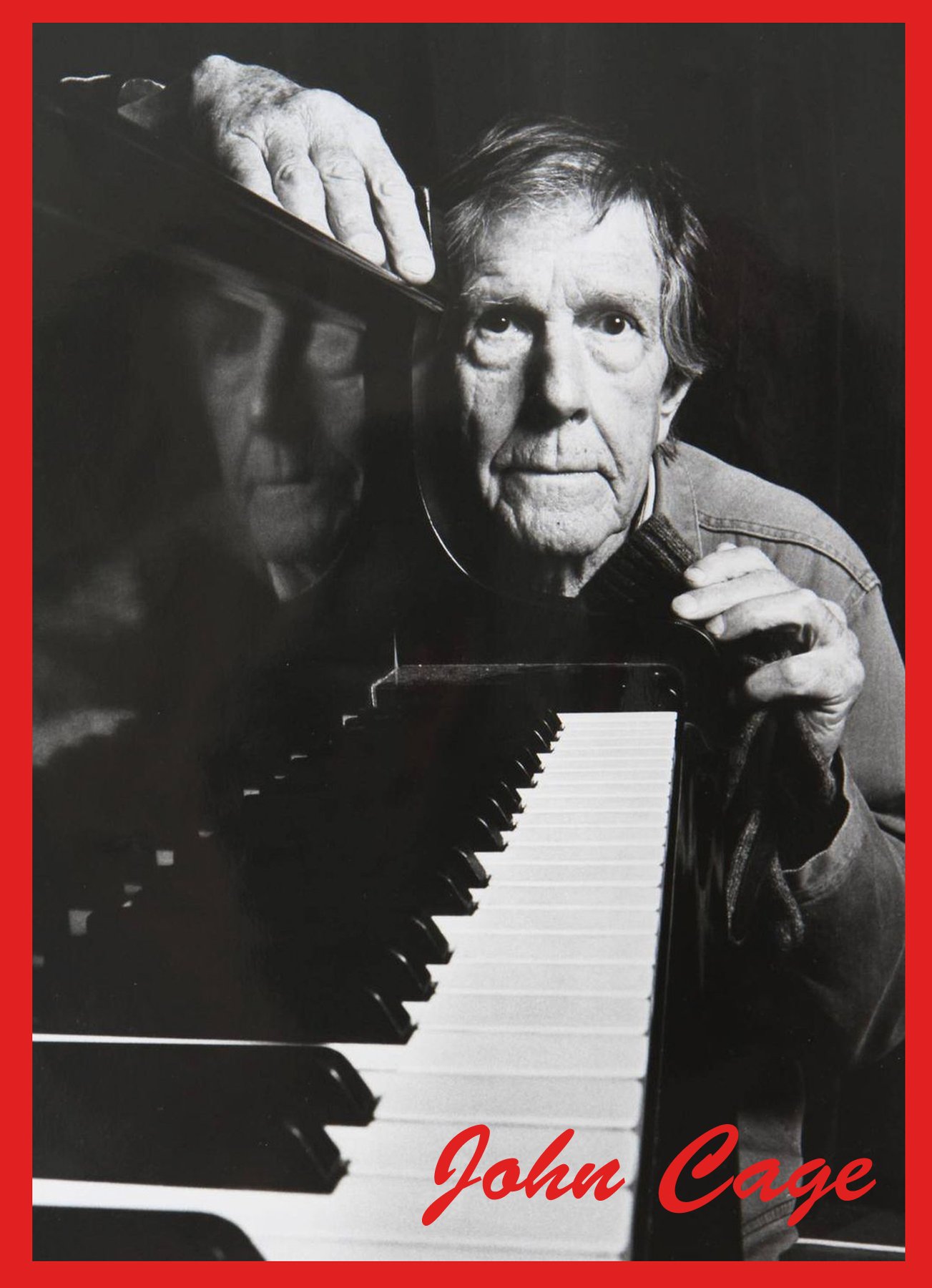The following etude features eighth triplets and parts of eighth triplets.
Read moreReview: Wingnut Wizard - A Drum Key For The Rest Of Your Stuff
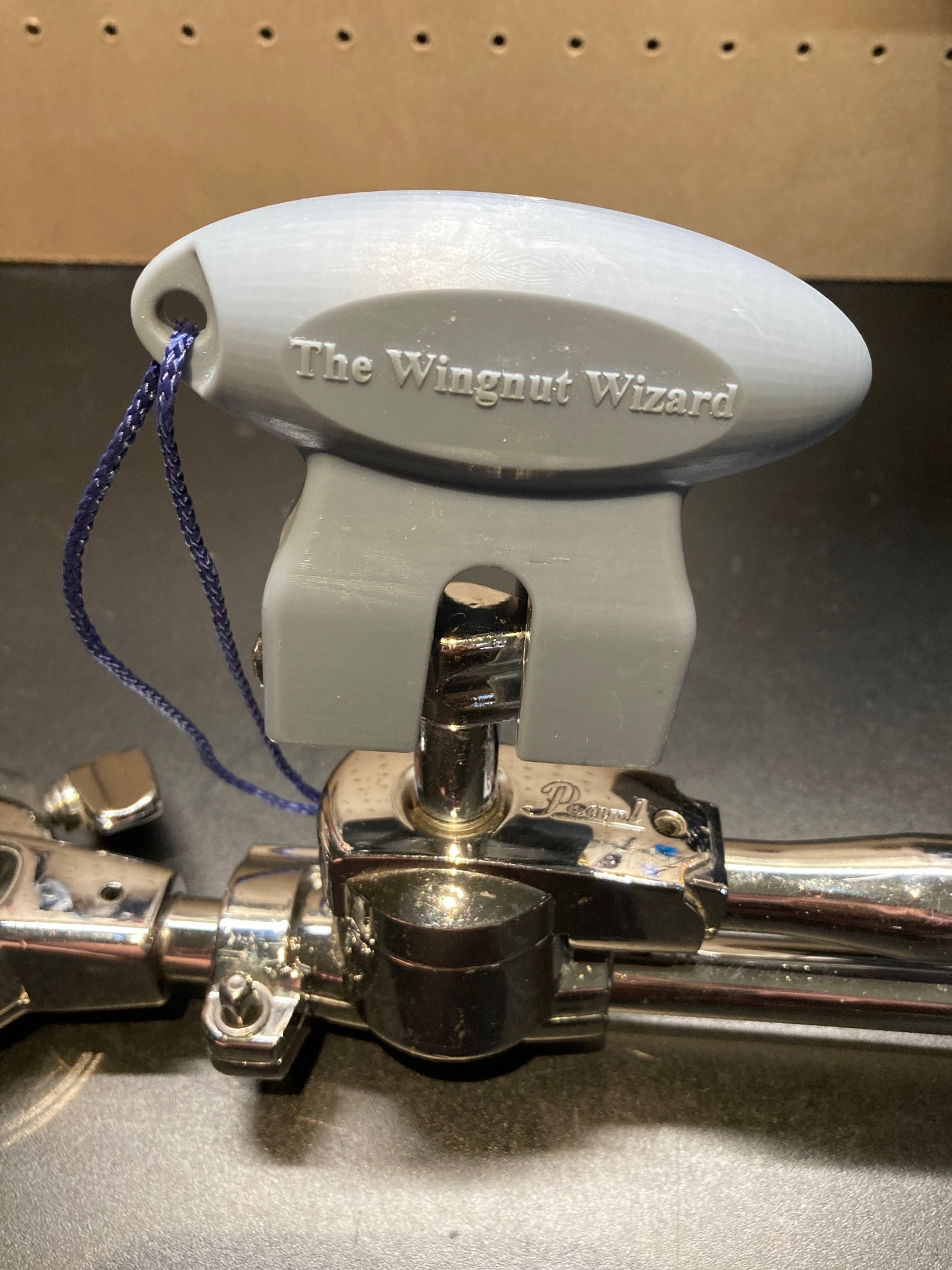
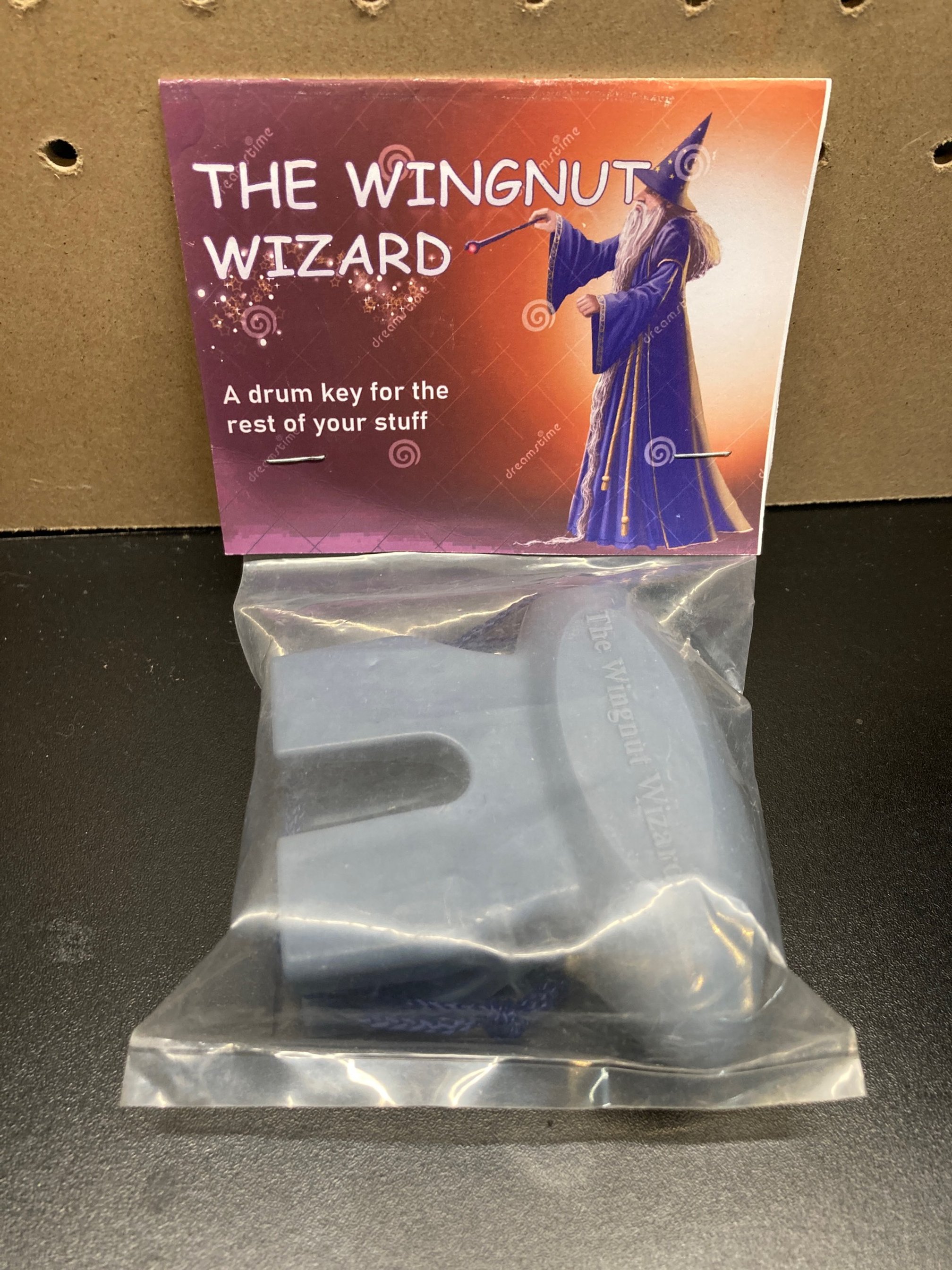
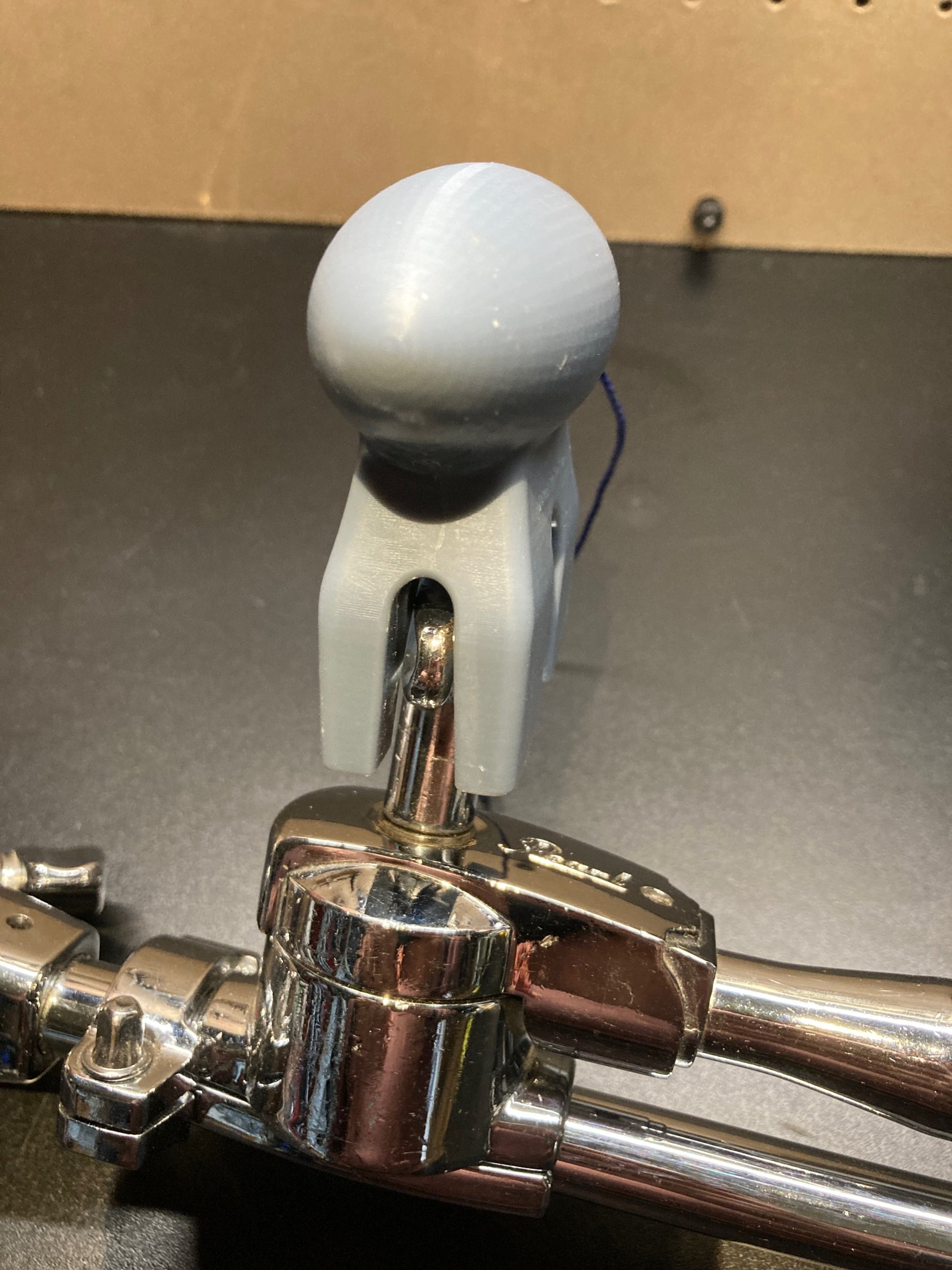
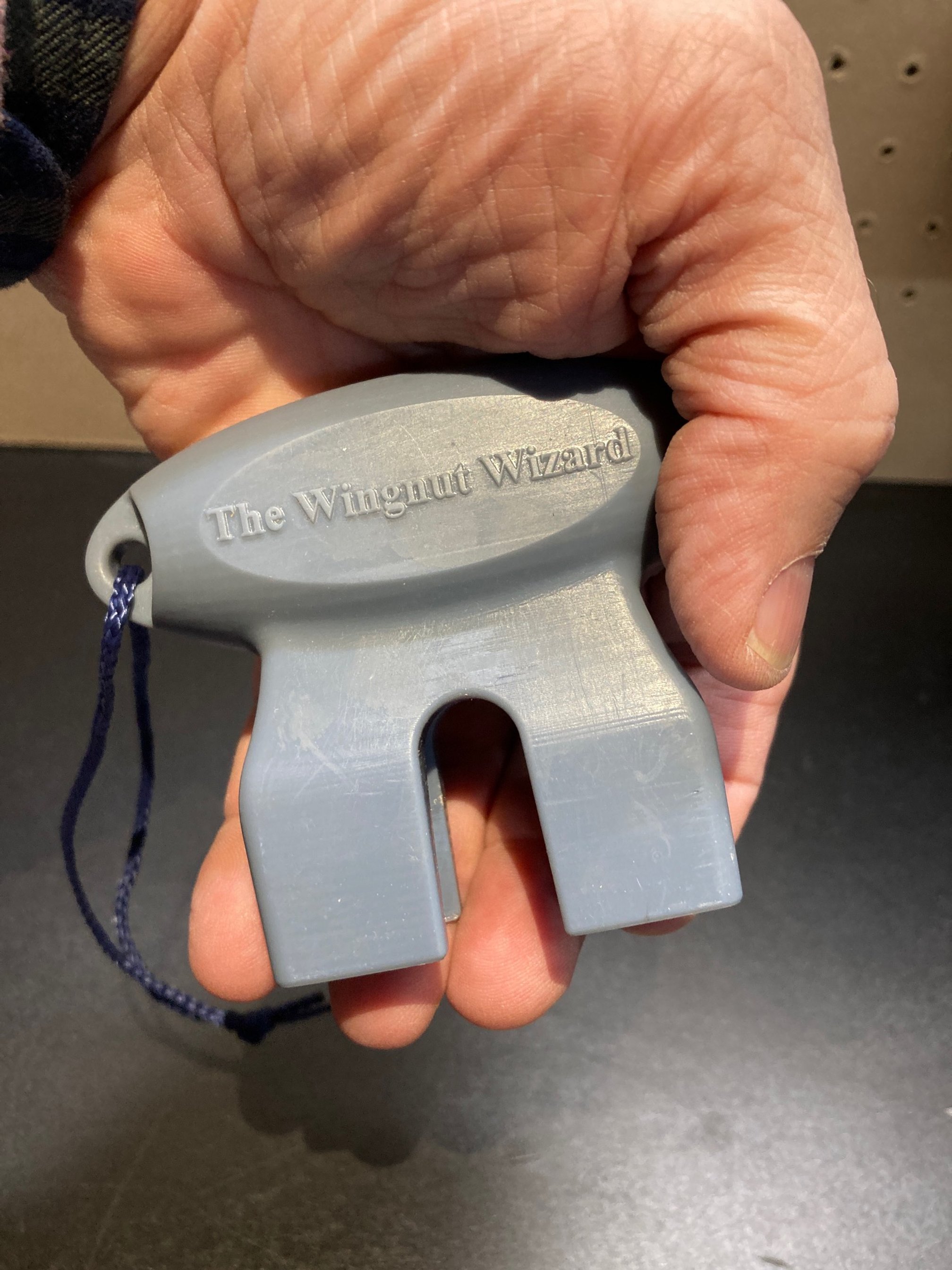
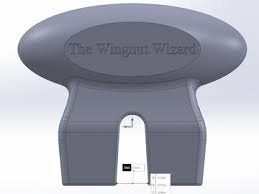
Richard Best, who is one of our NSMD columnists, has invented a nifty little drummer’s helper device that is designed to loosen or tighten wing nuts. I keep one in my stick bag now
Read moreReview of “Drums & Demons – The Tragic Journey of Jim Gordon” by Joel Selvin
First of all, let me say that Joel Selvin is a fantastic writer and his research of Jim Gordon is as thorough as can be. He even had interviews and comments from Jim’s immediate family who had avoided interviews before Selvin. This book is so good that I had to read the book in one sitting. I couldn’t put it down. I had read articles about Gordon for years, but Selvin unearthed details about the man’s life, career and mental illness that are new to me.
Jim Gordon was one of my favorite drummers when I was growing up and learning to play the drums, even though I did not know who was playing the drums on all those hit records that would catch my ear. In the sixties, “Mary, Mary” by the Monkees was the first song I heard on the car radio that had a simple funky boogaloo beat. I was in the seventh grade and had just gotten my first drum set. As soon as I got home, I played that one bar groove for weeks. There were many more Gordon licks that I learned without knowing who the drummer on the recording was.
Gordon was a protégé of Hal Blaine. Jeff Porcaro, Jim Keltner and Andy Newmark all looked up to him. He had a certain happy swagger, bouncy swing in hia style that set him apart from other rock drummers of the time. He had a knack for knowing just what to play on songs in the recording studios. He elevated the music.
Most drummers know the story of Jim Gordon becoming the top dog studio drummer in Hollywood who was later tortured by schizophrenia and the voices in his head that told him to kill his mother when he was 38. He spent the rest of his life in prisons. He died in March of this year. I am not going to dwell on his mental illness in this review. But Selvin documents the chronology of Gordon’s music career and the simultaneous growth of his undiagnosed schizophrenia during those twenty years of his career. Selvin makes it quite clear that the voices in Gordon’s grew over time to become in charge of his life and that he was living in two worlds; the real world where he was in charge of his actions, and the unreal world of the voices that, toward the end, commanded his every action.
It is tough for many to separate the genius of any artist’s body of work from his bad behavior criminal acts. My personal opinion is Gordon’s body of work will stand the test of time and his contributions will remain important in the development of how we play the drum set. That first part of his life is something we drummers dream of.
It is, of course, a shame that the schizophrenia was undiagnosed and that the medical treatment at the time had not advanced to what it is now.
I’m not going to list the great records that he played on. There is an extensive list of them at jimgordondiscography.blogspot.com , but highlights include the Everly Brothers (at age 19 in 1964), Merle Haggard and the Beach Boys as part of the “Wrecking Crew” (1960), Neil Young (1967), Connie Francis (1968), Ricky Nelson, Linda Ronstadt, Ella Fitzgerald, Johnny Rivers, Tiny Tim (1969), Gordon Lightfoot, Billy Preston, Randy Newman, Leon Russell, Joe Cocker – Mad Dogs and Englishmen, George Harrison, Eric Clapton, Derek and the Dominos (1970)
During and after the pivotal year of 1970, Gordon joined Derek and the Dominos and wrote the piano ending to Layla. He spent much time in England recording with the British Rock Royalty including Traffic (Low Spark of High Heeled Boys 1971), John Lennon, Carly Simon, Harry Nillson, Dr. John, and Barbara Streisand. Frank Zappa (the Grand Wazoo 1972), The Incredible Bongo Band (including Apache, The most sampled record by hip hop djs 1973) , Tom Petty ; the list goes on and on.
It was during his stints with Derek and the Dominos, and Traffic that he started using heavy drugs and alcohol to escape the voices in his head.
No label albums are credited after 1980. It was during this period and after that Gordon was experiencing full blown schizophrenia, had become paranoid, withdrawn and sullen, doing lots of drugs and alcohol to try and drown out the voices and was in and out of mental hospitals. He quit eating, could not sleep and became a hermit in his house. Only after his arrest for murder was Gordon properly diagnosed with schizophrenia. It is, of course, a shame that the schizophrenia was undiagnosed and that the medical treatment at the time had not advanced to what it is now.
In 1983 he committed the crime and was sent to prison for 16 years to life. He spent the rest of his life in prisons and it was years before medicines were created that were adequate drug treatment for his schizophrenia. I personally had correspondence with a woman who exchanged letters with him. She said he did not play drums anymore and was not interested in his former life as a rock and roll star, but he started playing drums in the prison band late in his life.
Selvin’s book has cleared up a lot of questions I had about Jim Gordon’s music career and his mental illness. It’s a very good read and Selvin delves deep into Gordon’s drumming style and his genius in the recording studio.
Practicing Rules !!!
The fifteen commandments of practicing
Of course there are no rules, other than just do it. But there are good ways to practice and not so good ways. My goal for practice time is that it will invariably lead to the development of sound playing and sound playing habits. And it has to be fun.
Read moreMy Rosebud drum set
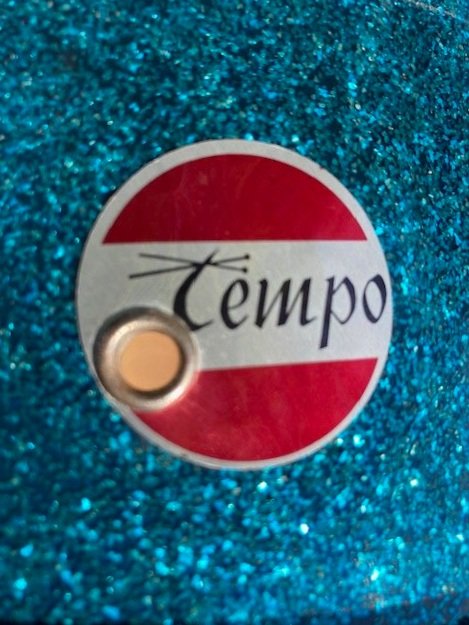
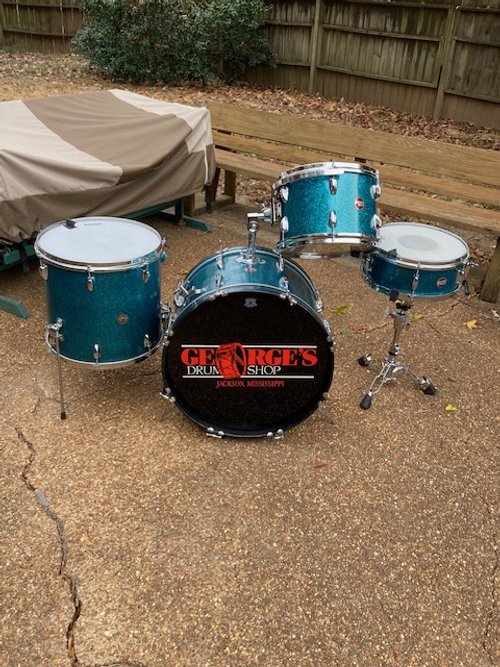
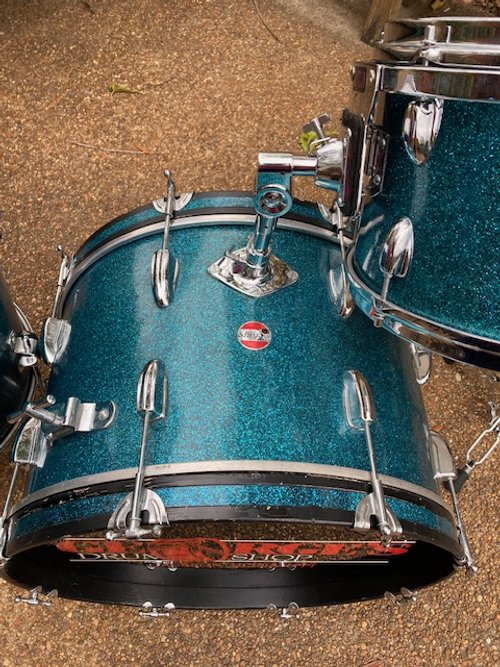
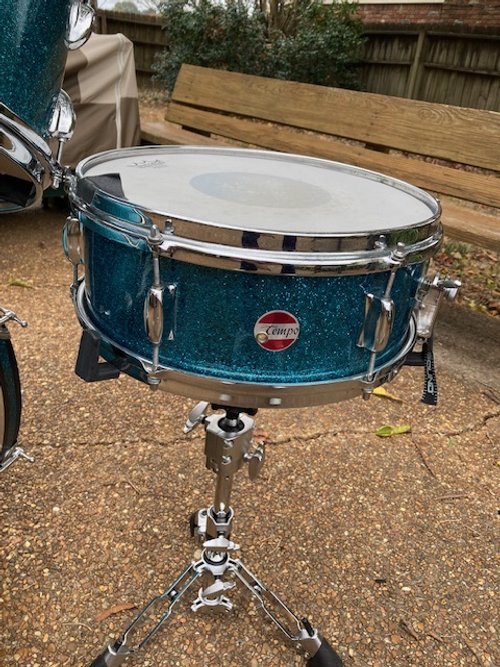
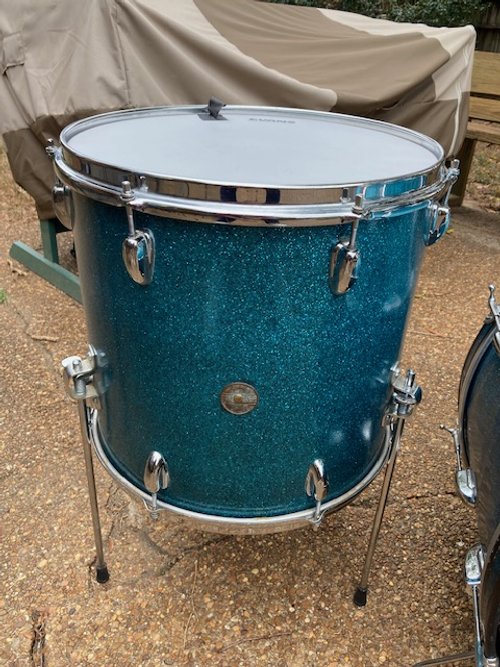
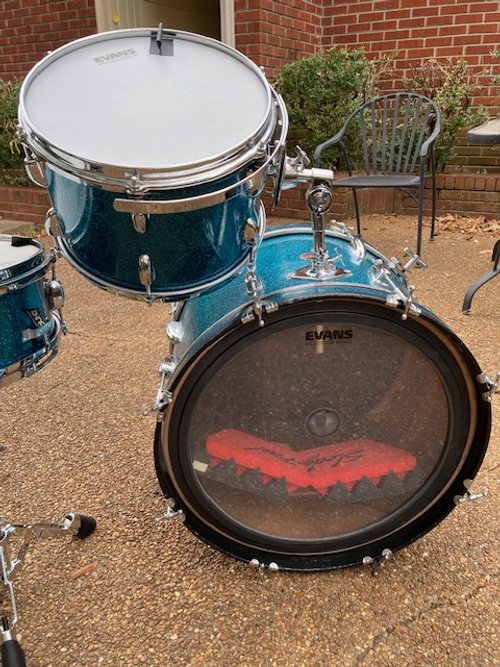
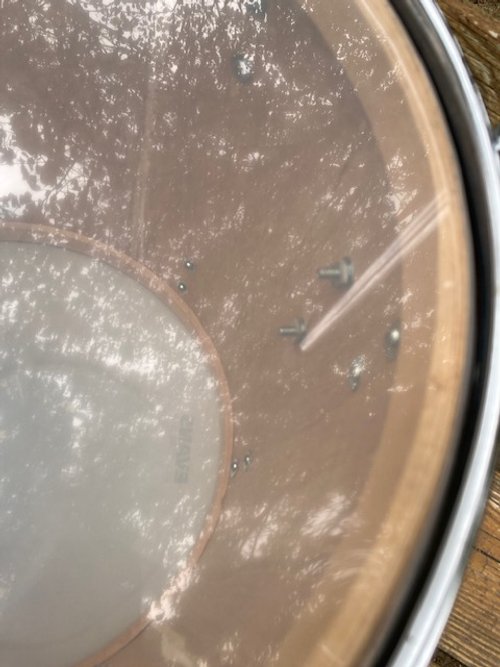
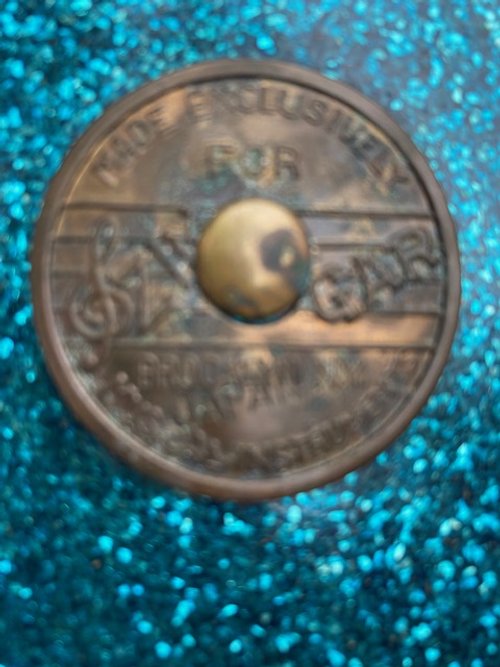
Thus my Rosebud: Like Citizen Kane’s sled named “Rosebud”, I have found the drums of my youth.
Read moreSuper Ludwigs 1st Generation
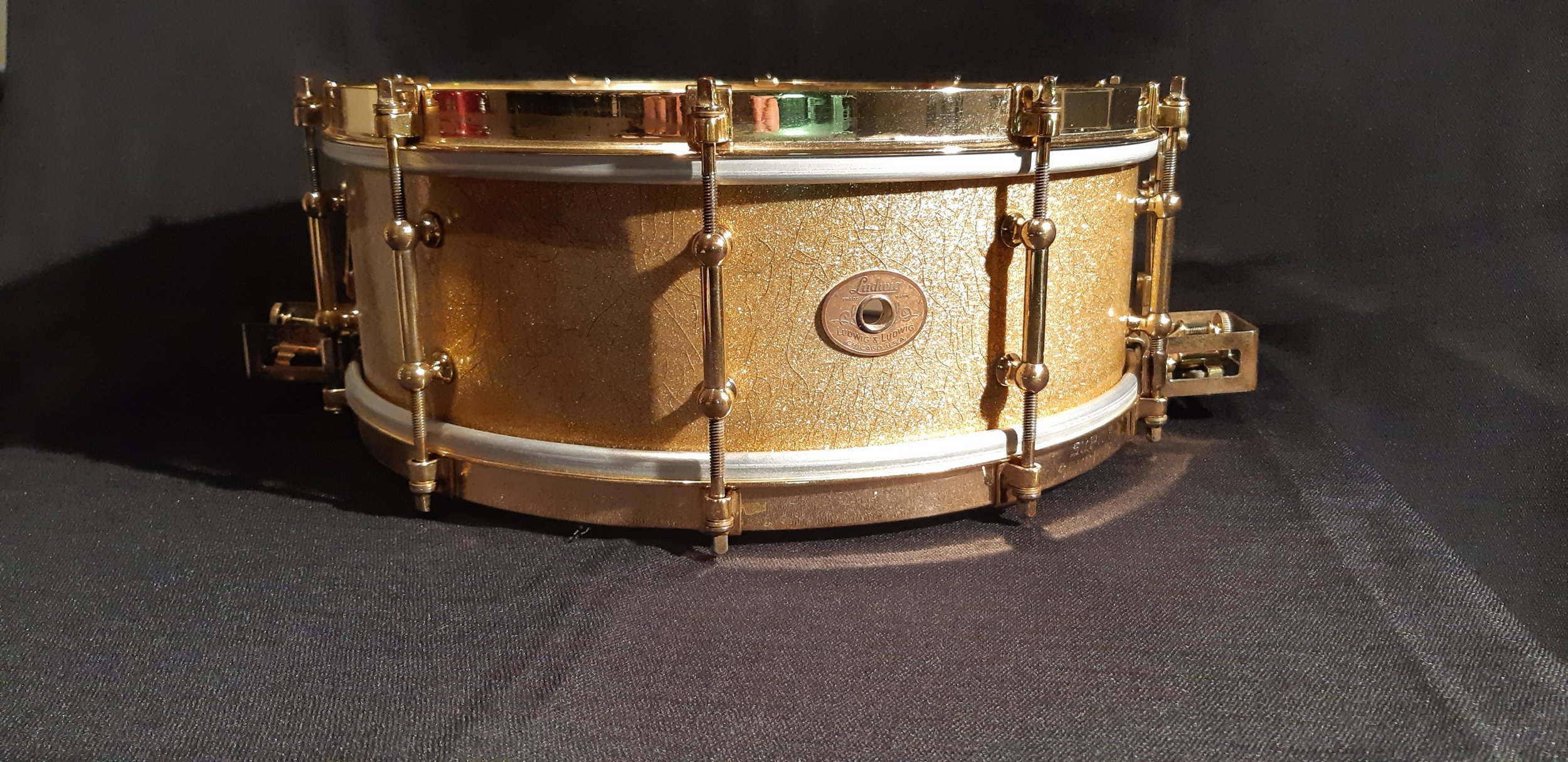
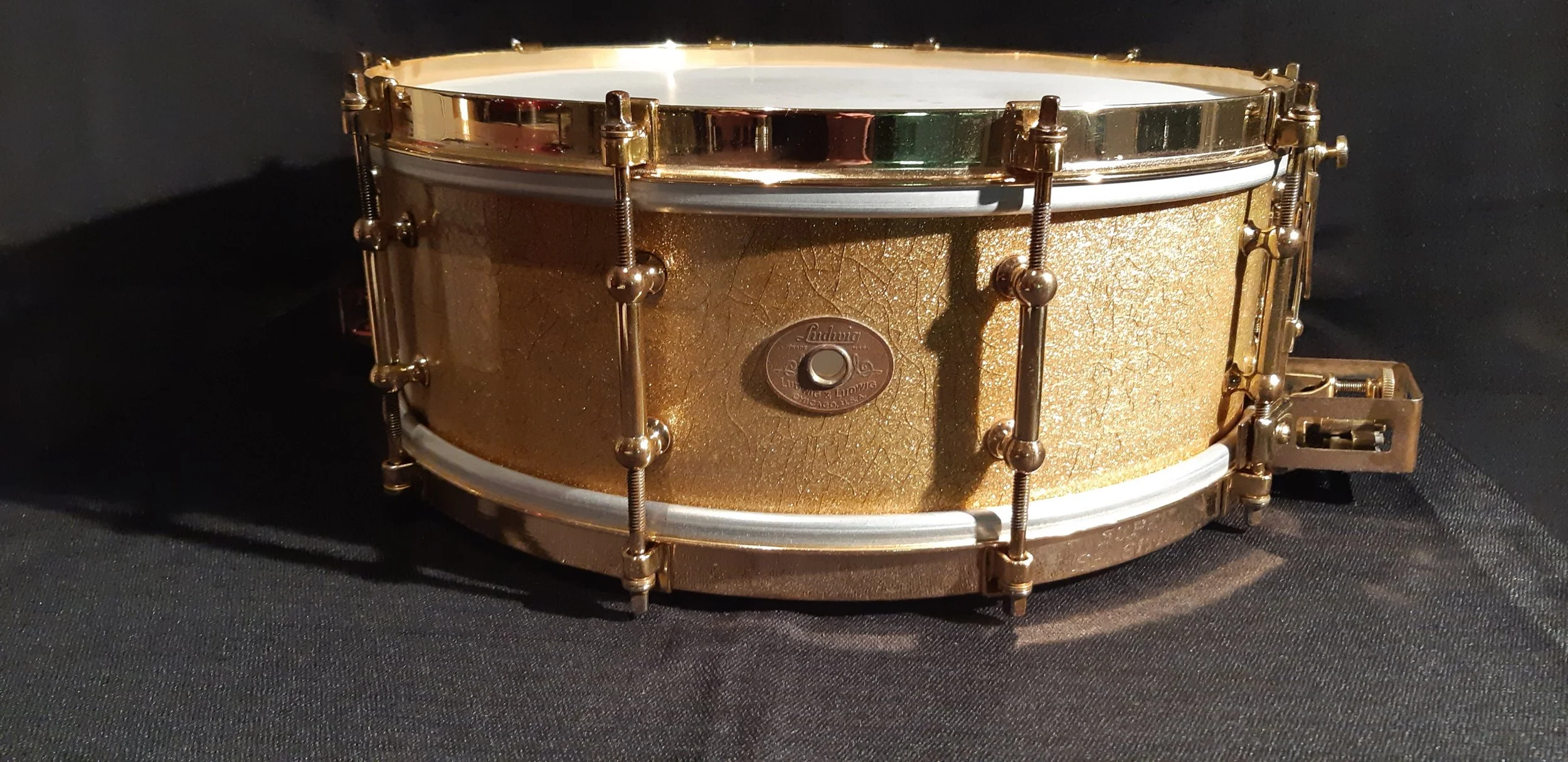
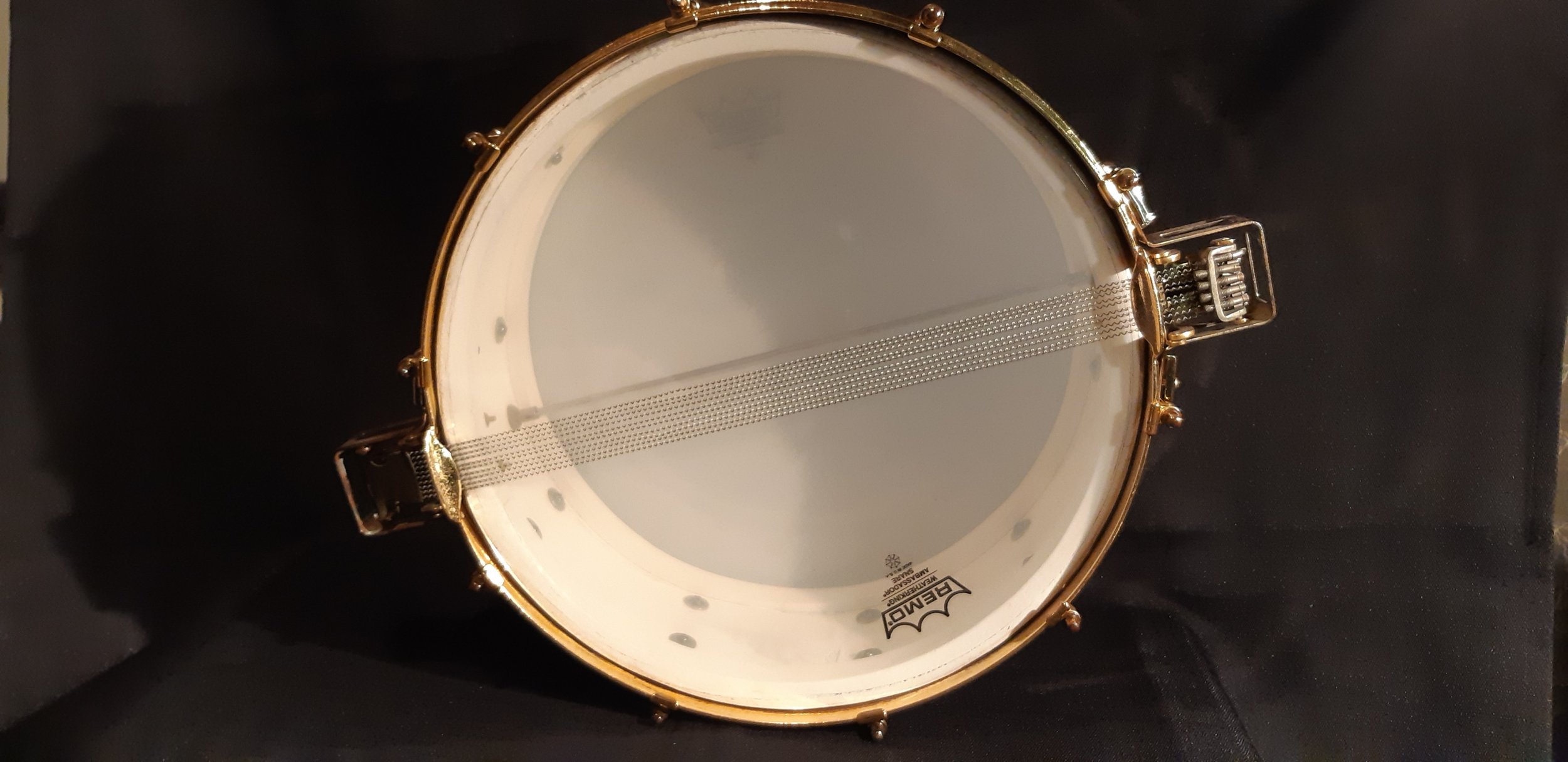
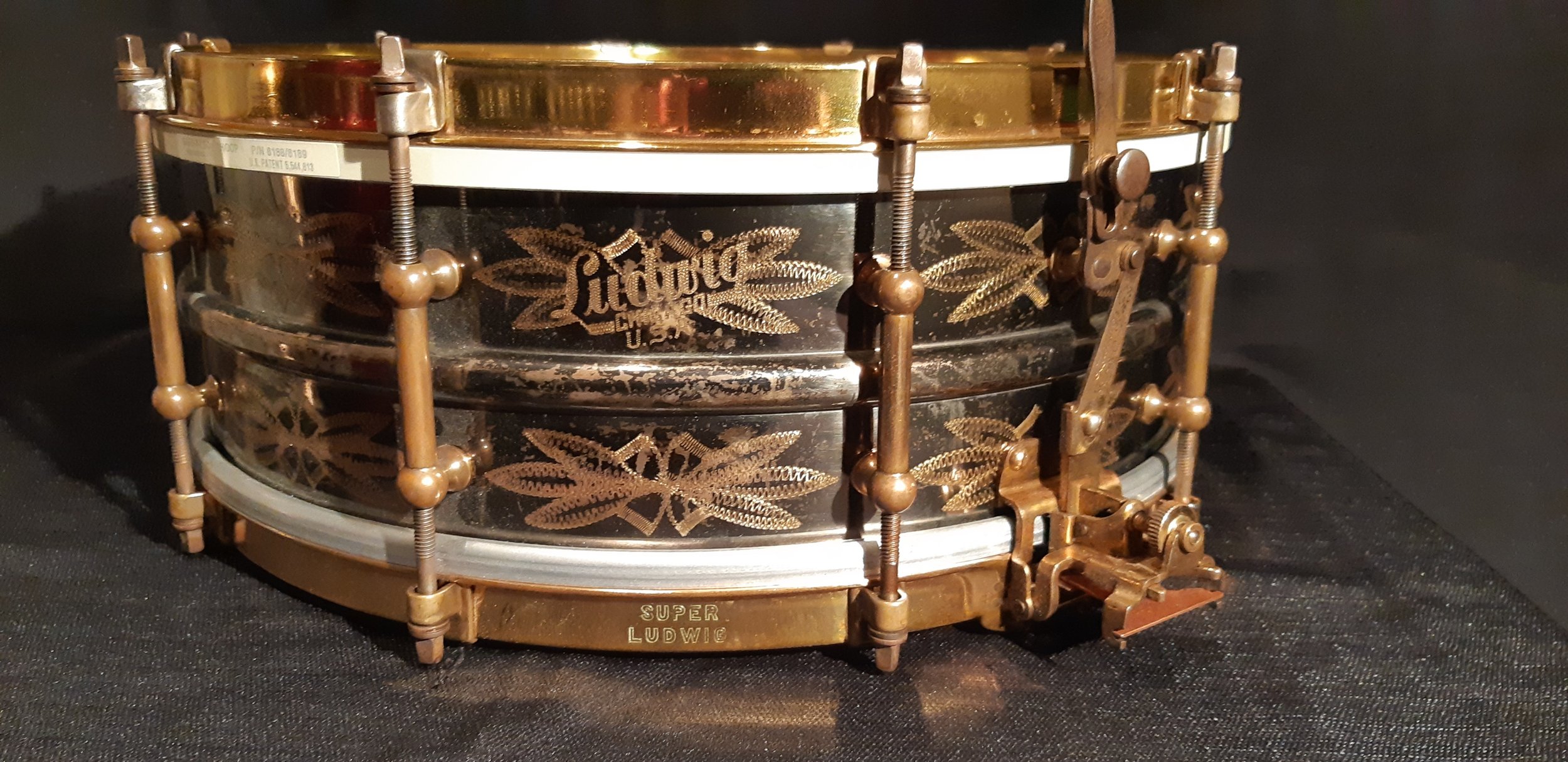
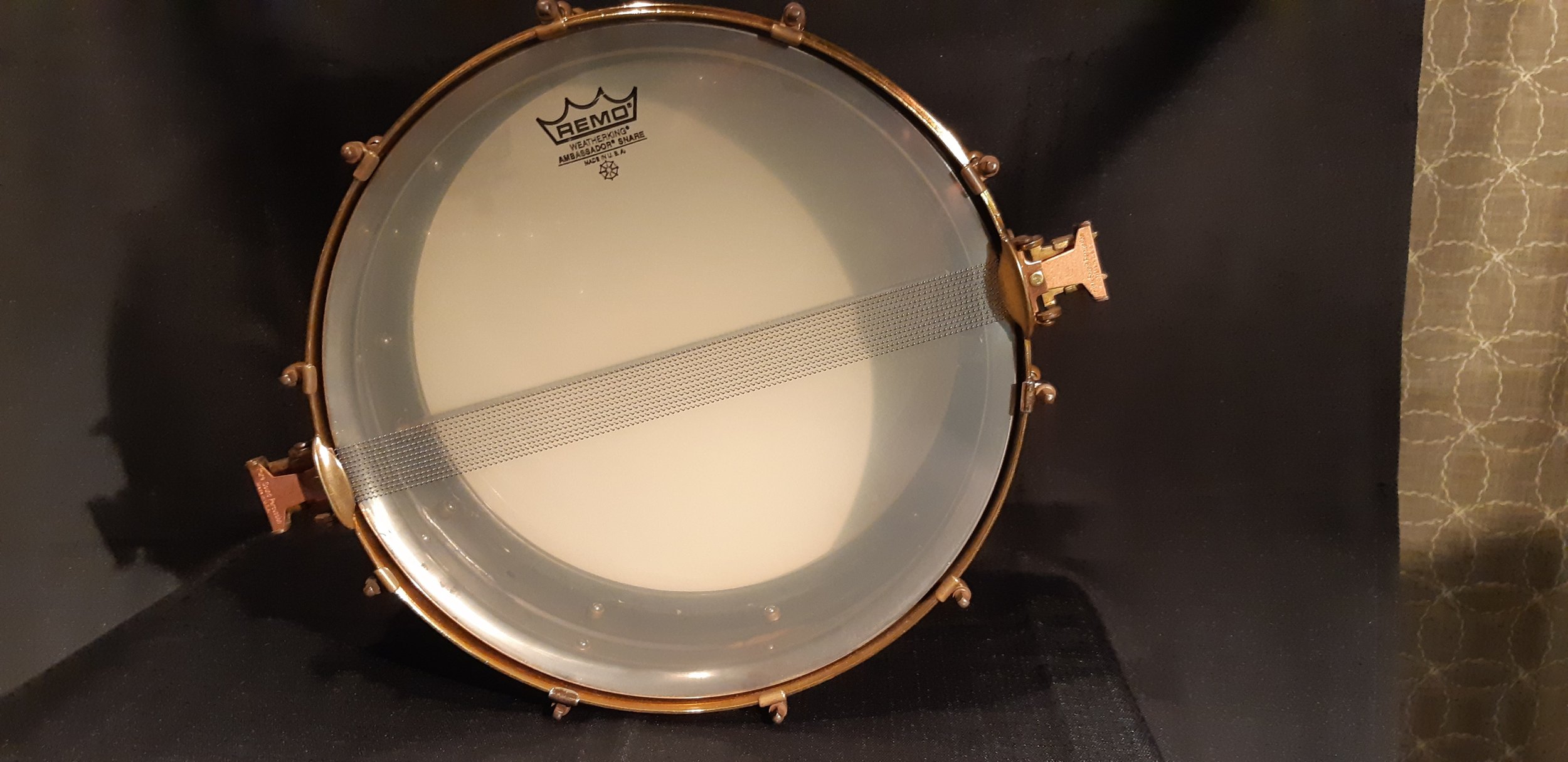
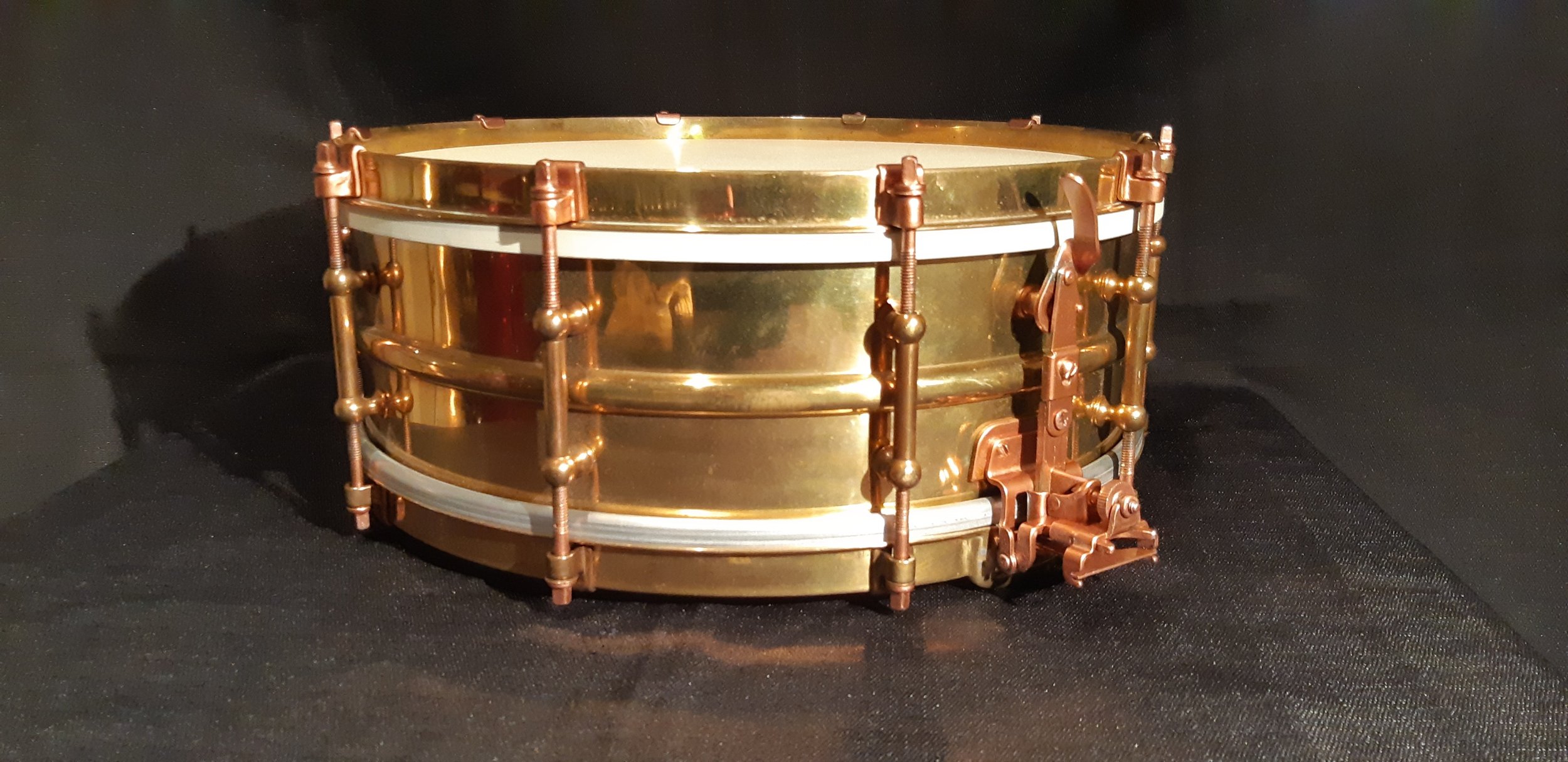
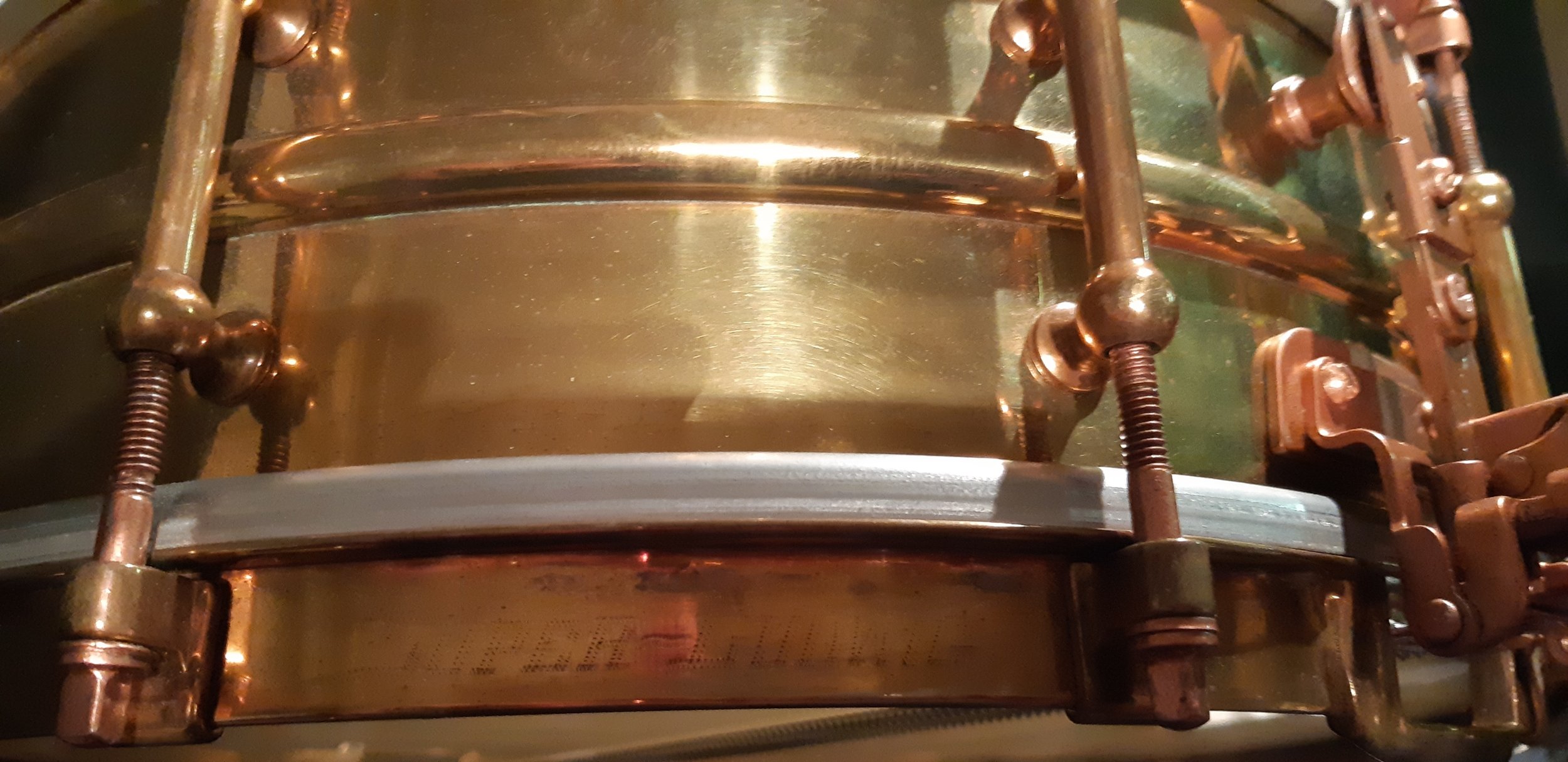
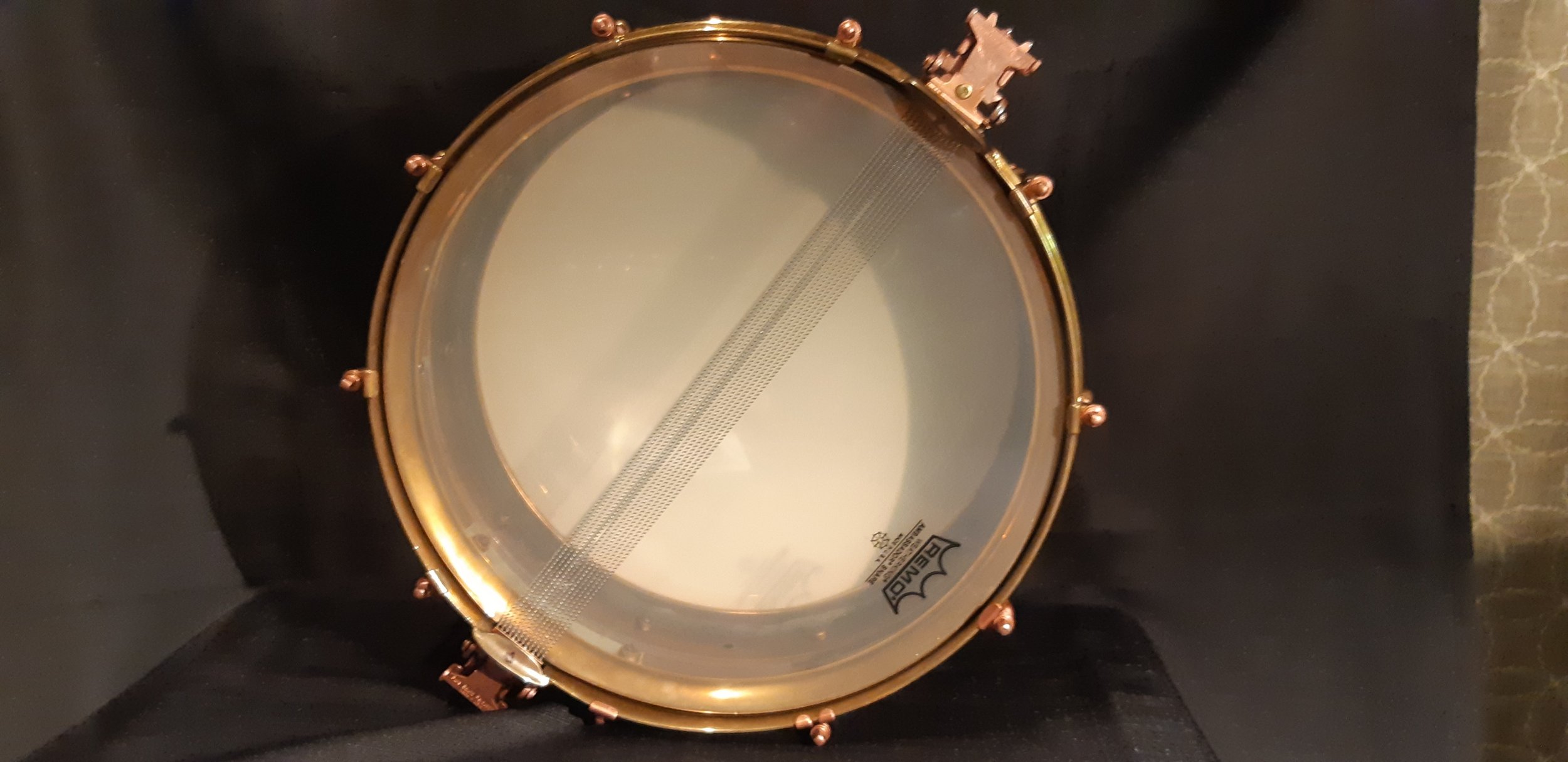
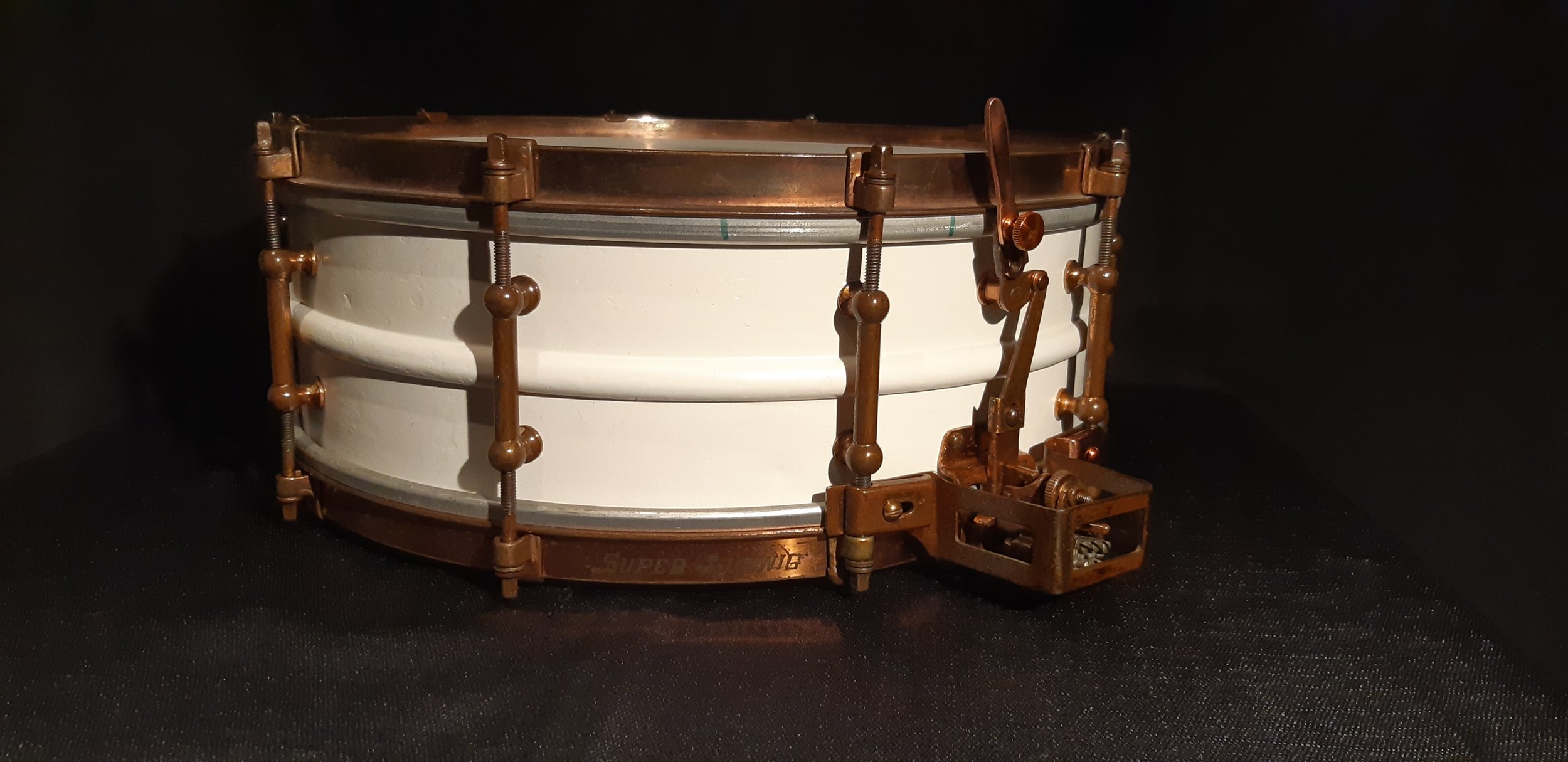
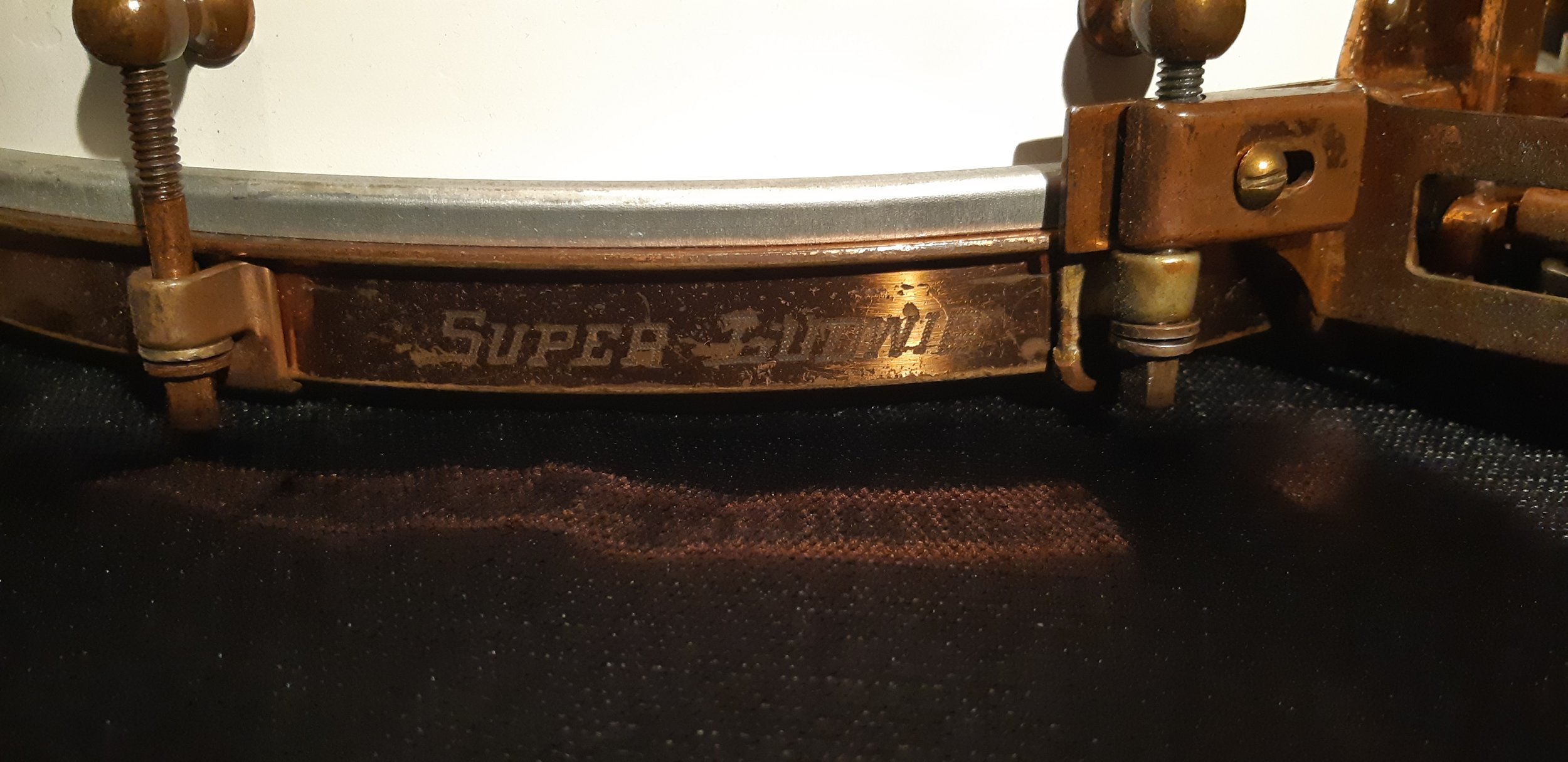


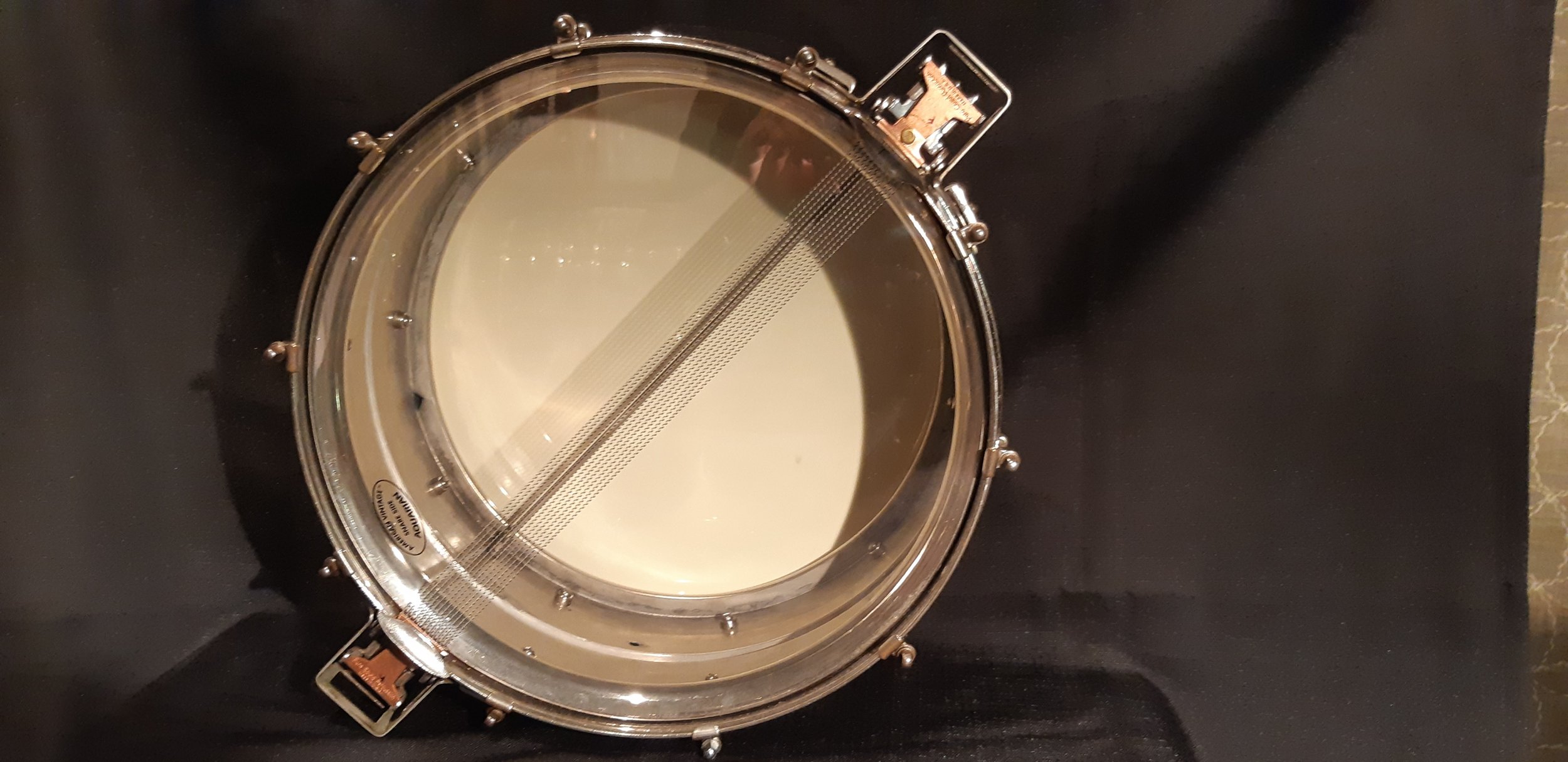

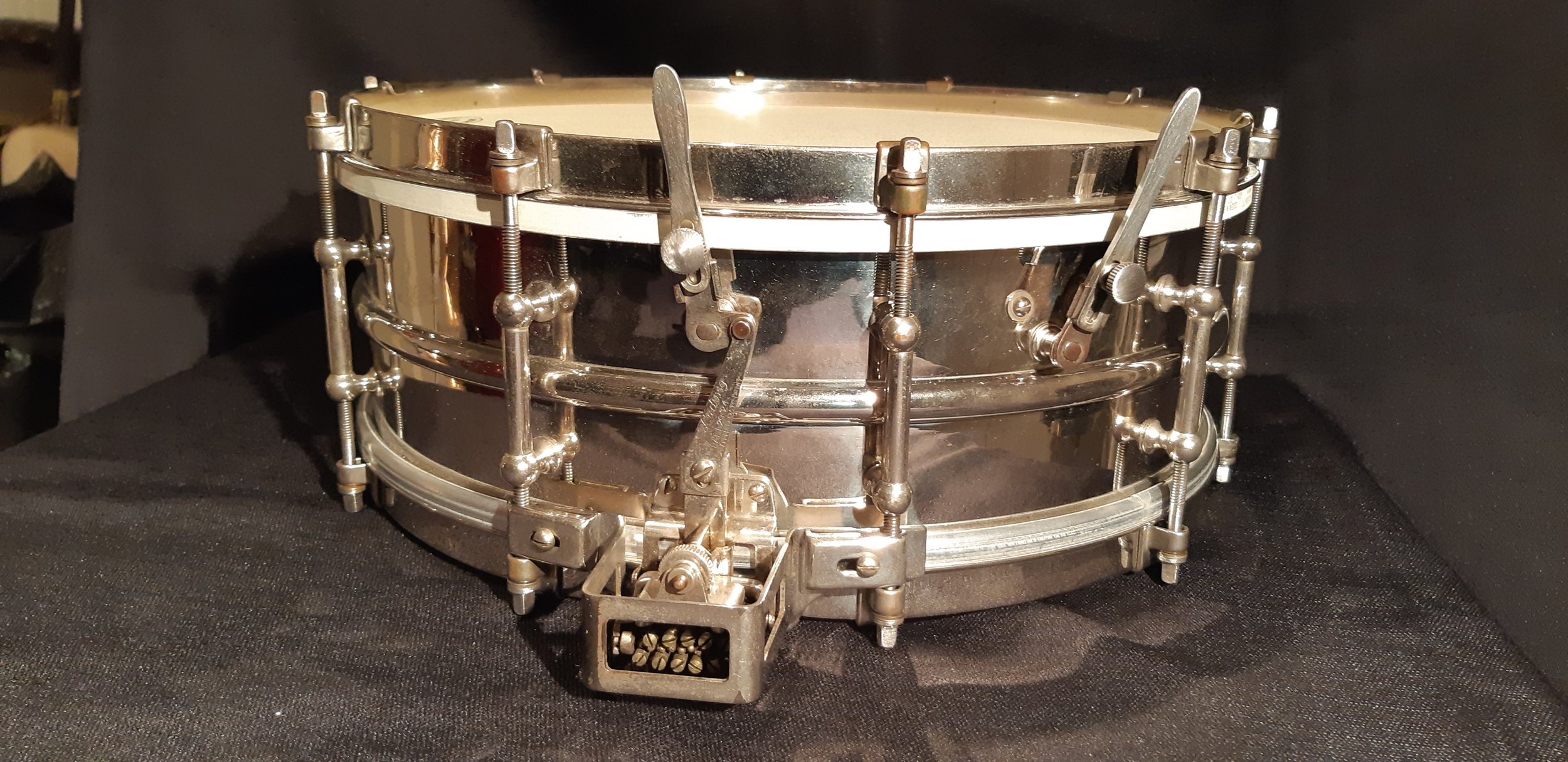
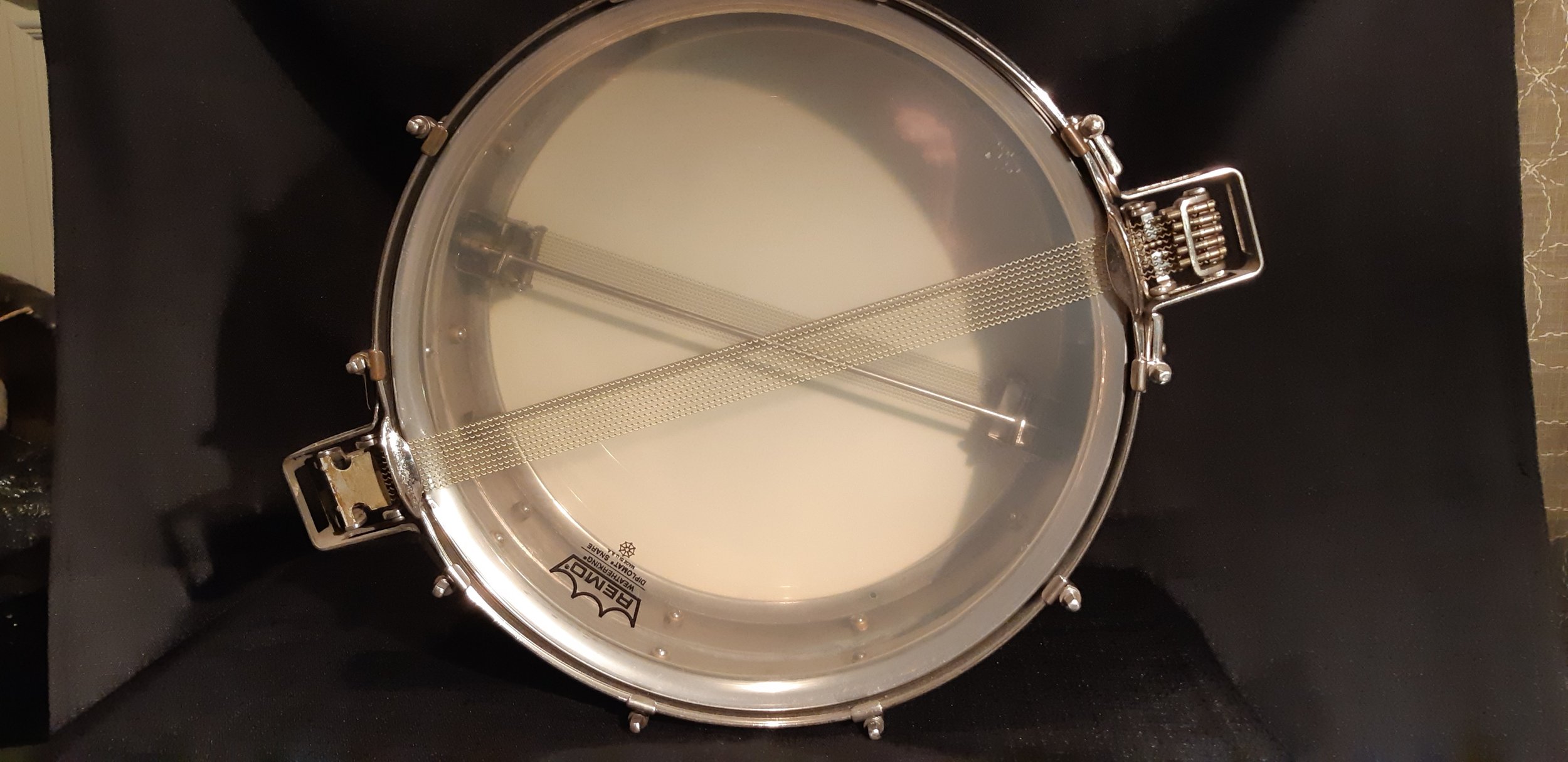
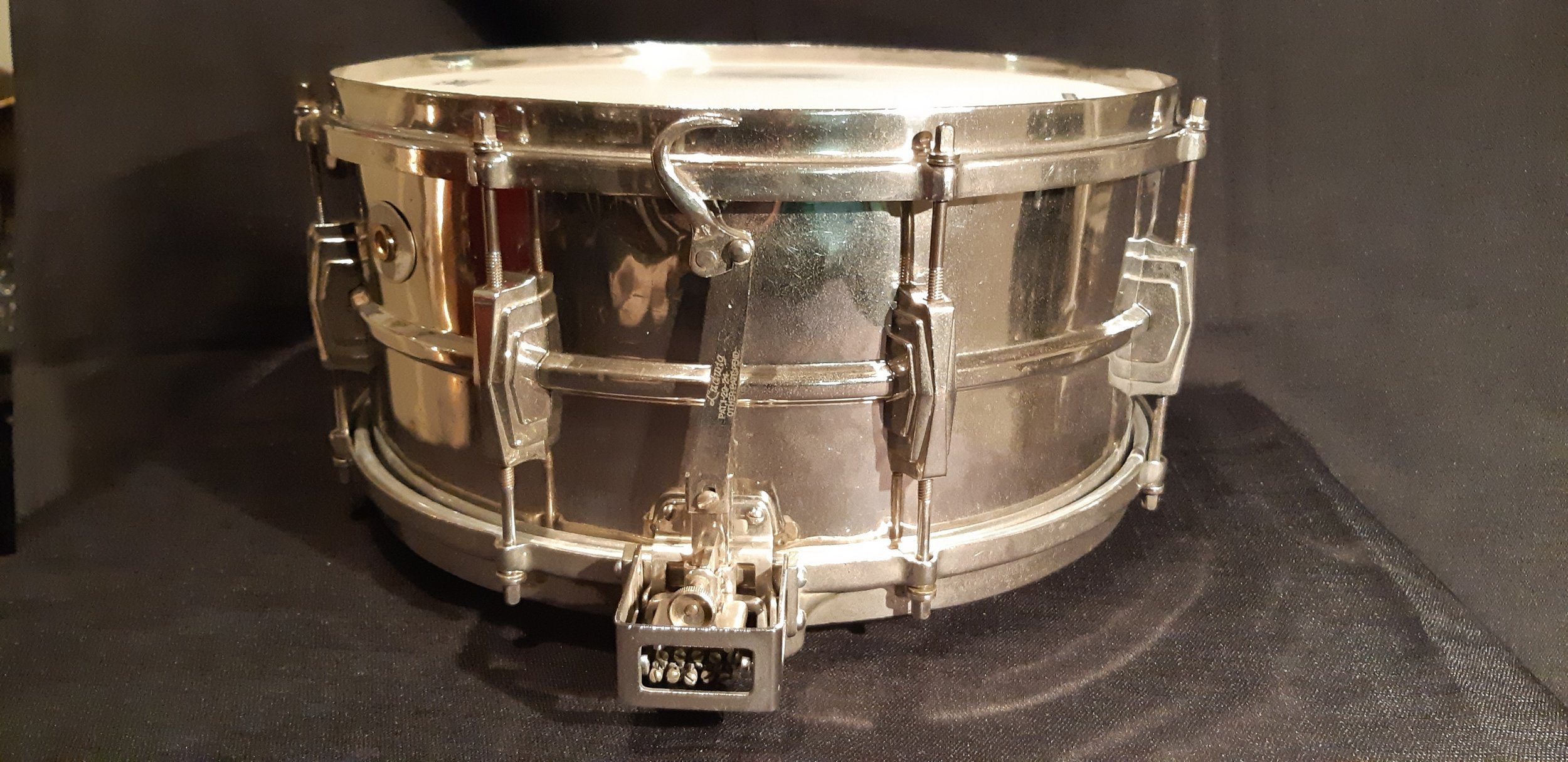
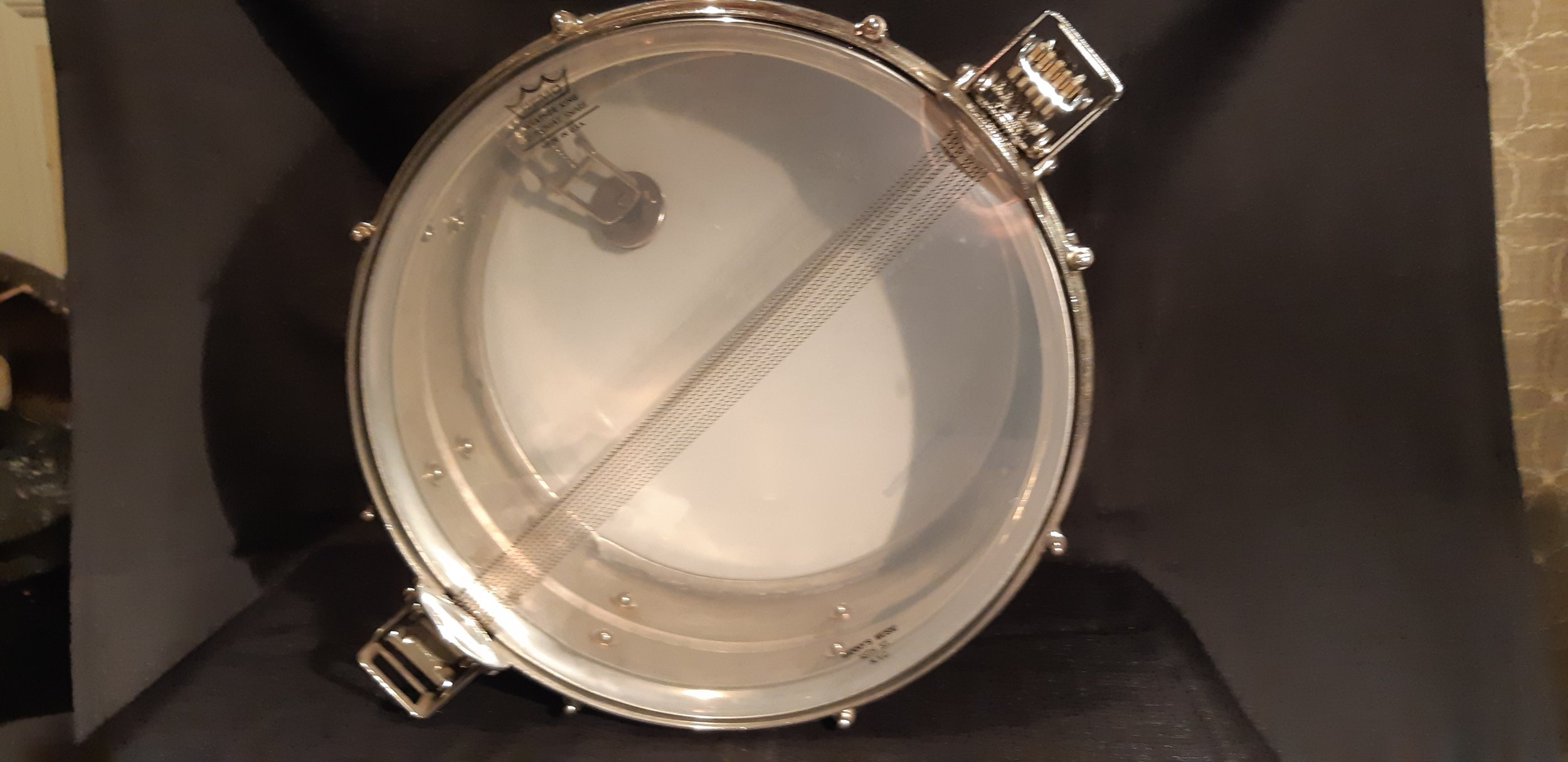
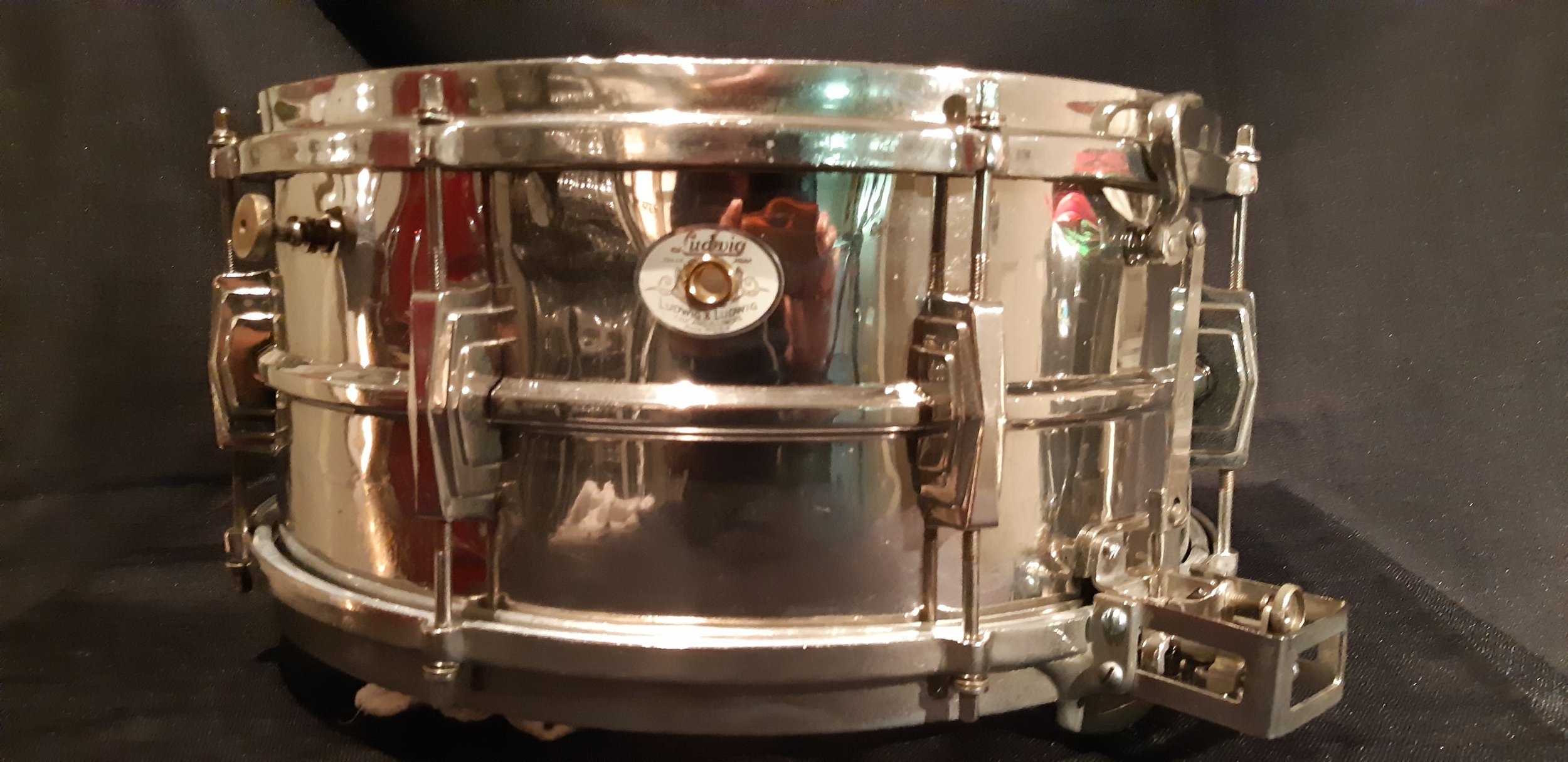
The 1st Generation of Super Ludwigs were made from 1925 – 1935 and they made 5 different sizes.
Read moreDino Danelli – The Renaissance Man Chapter One / Rascals Album Cover Designs
Apparently, being one of the greatest Rock drummers of all time just wasn’t enough for Dino Danelli. Beginning in 1965, Dino began to experiment with painting and drawing. Soon afterwards, his incredible talents led to the creation of numerous album cover designs for the Rascals, Fotomaker, and Little Steven Van Zandt.
Read more2005 Craviotto Abalone
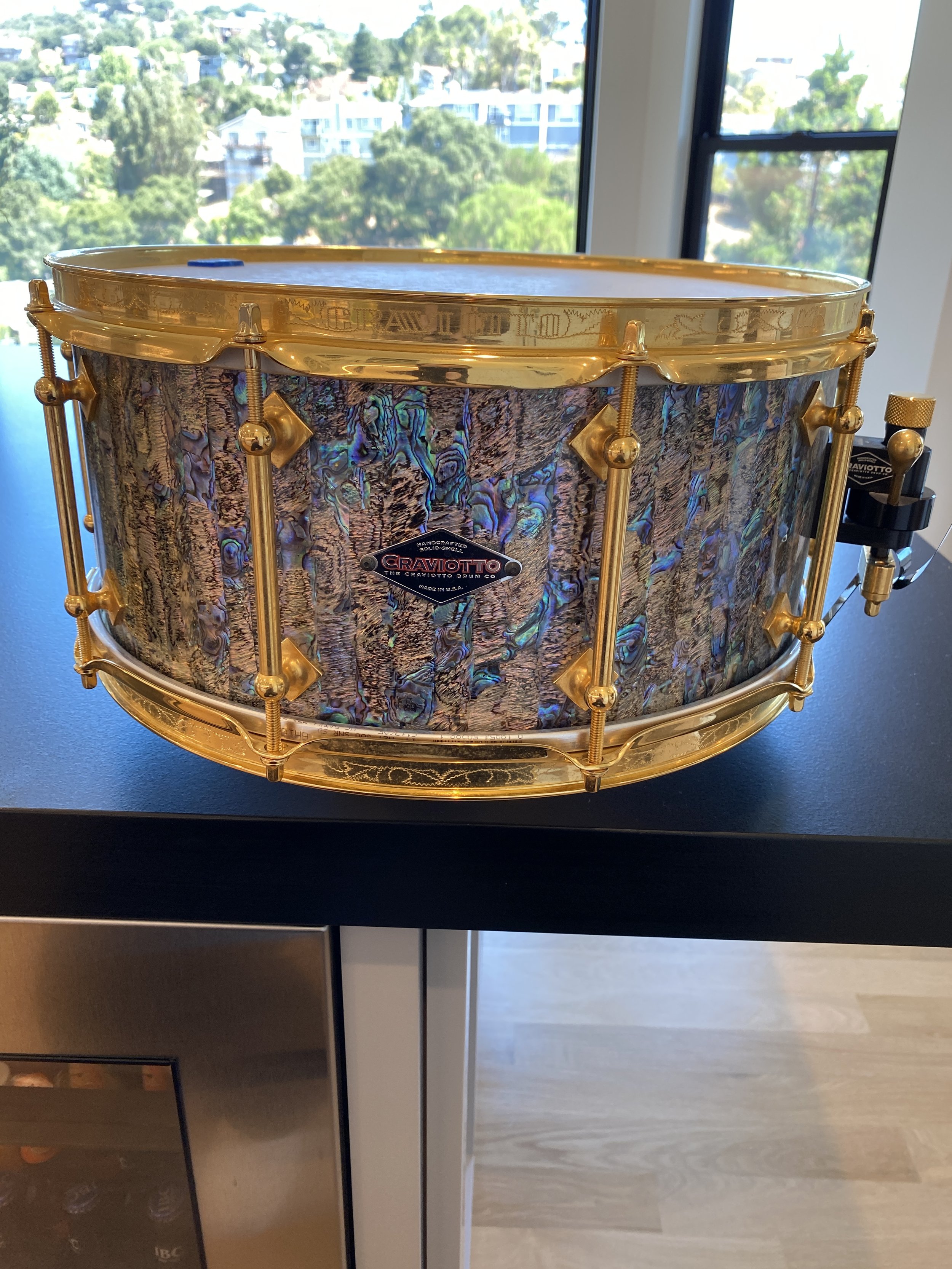
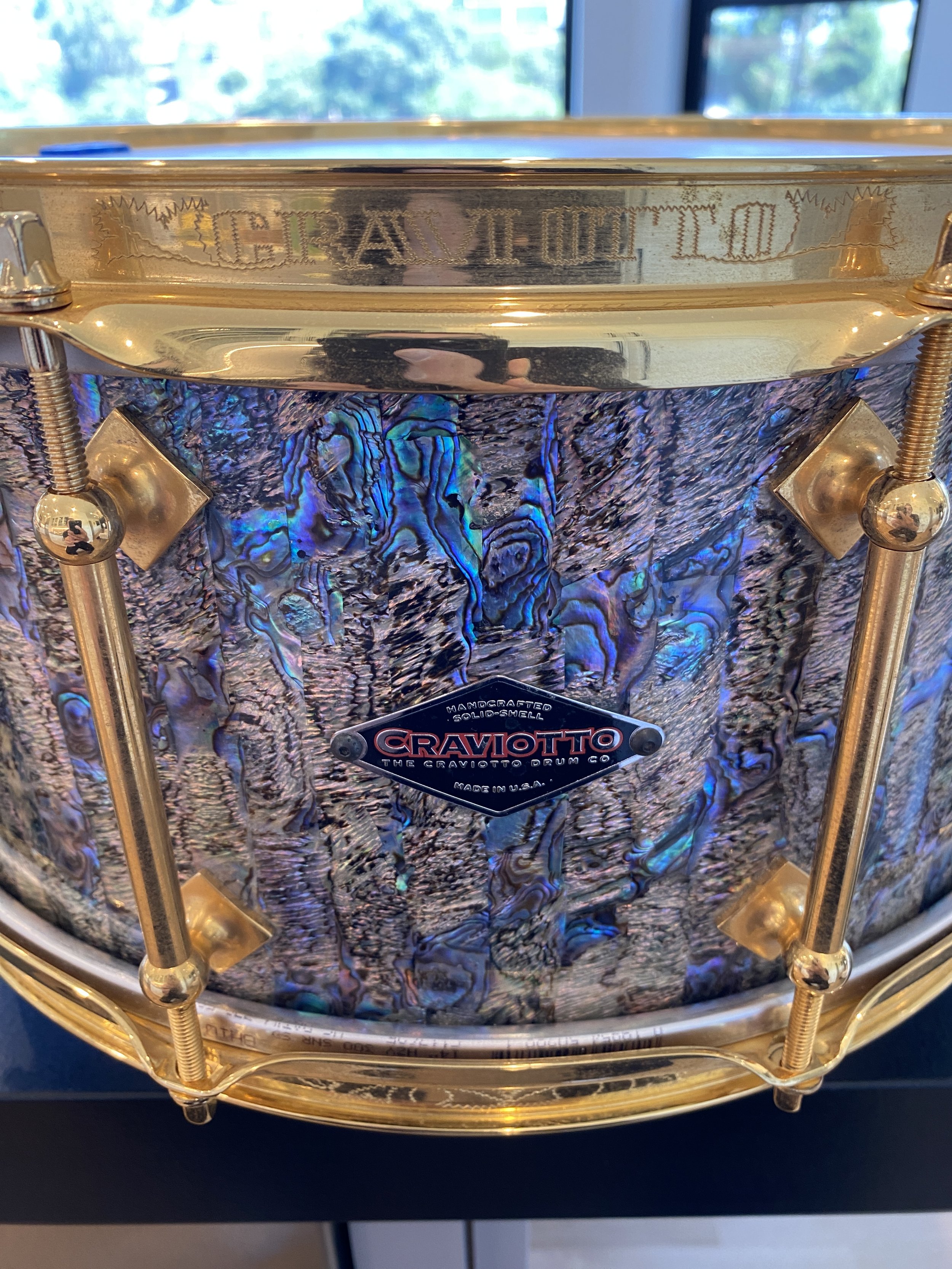
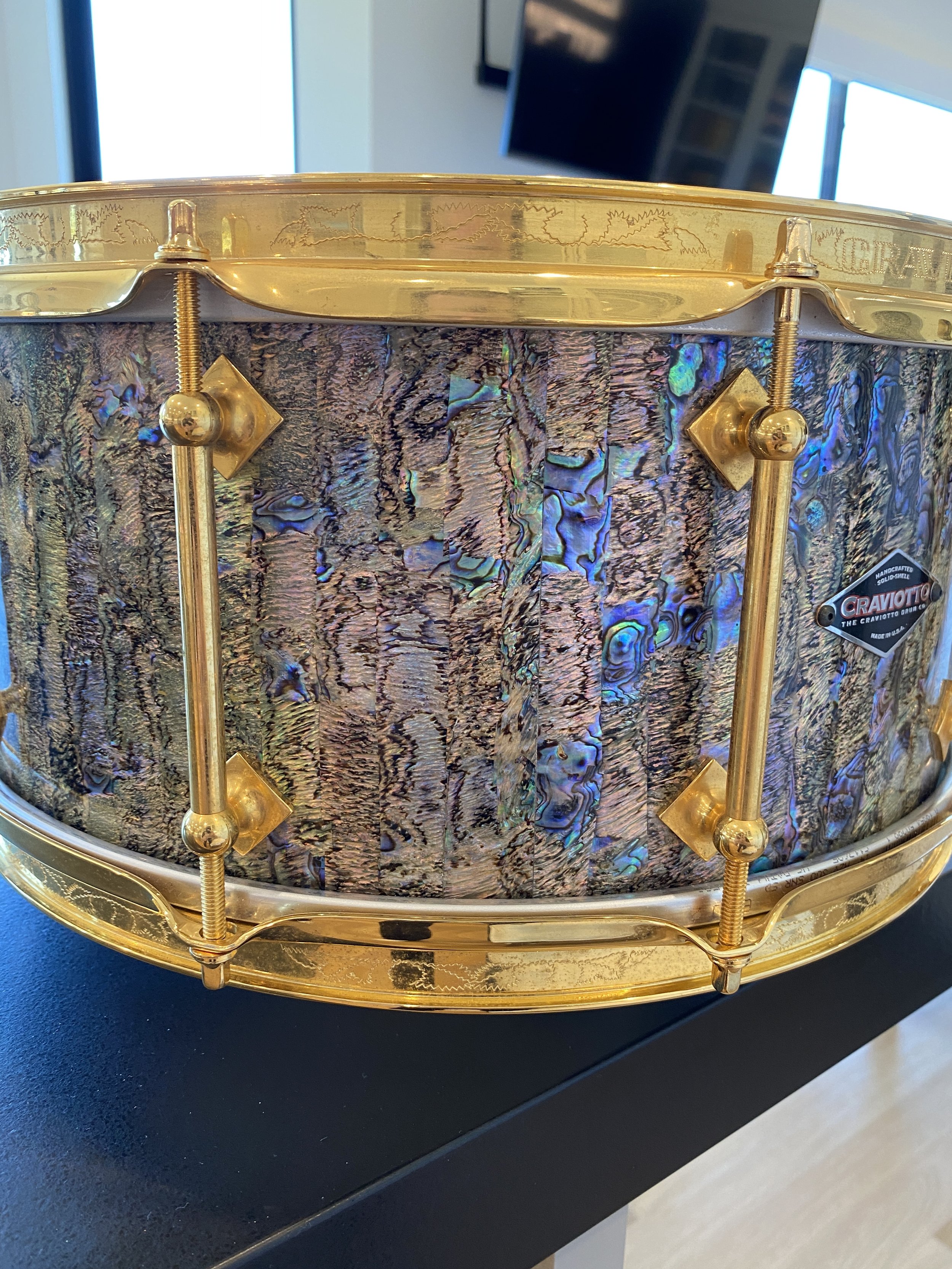
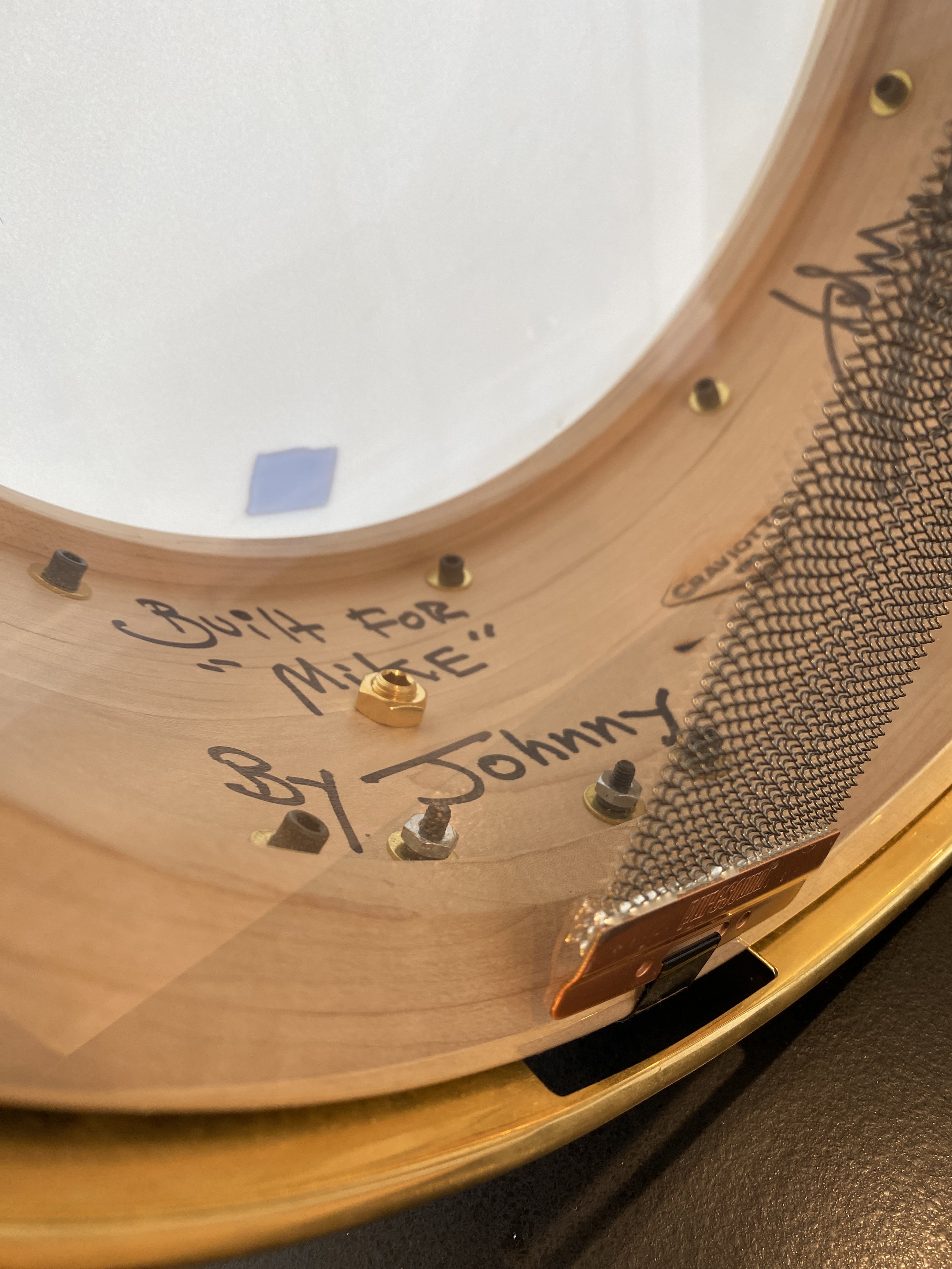
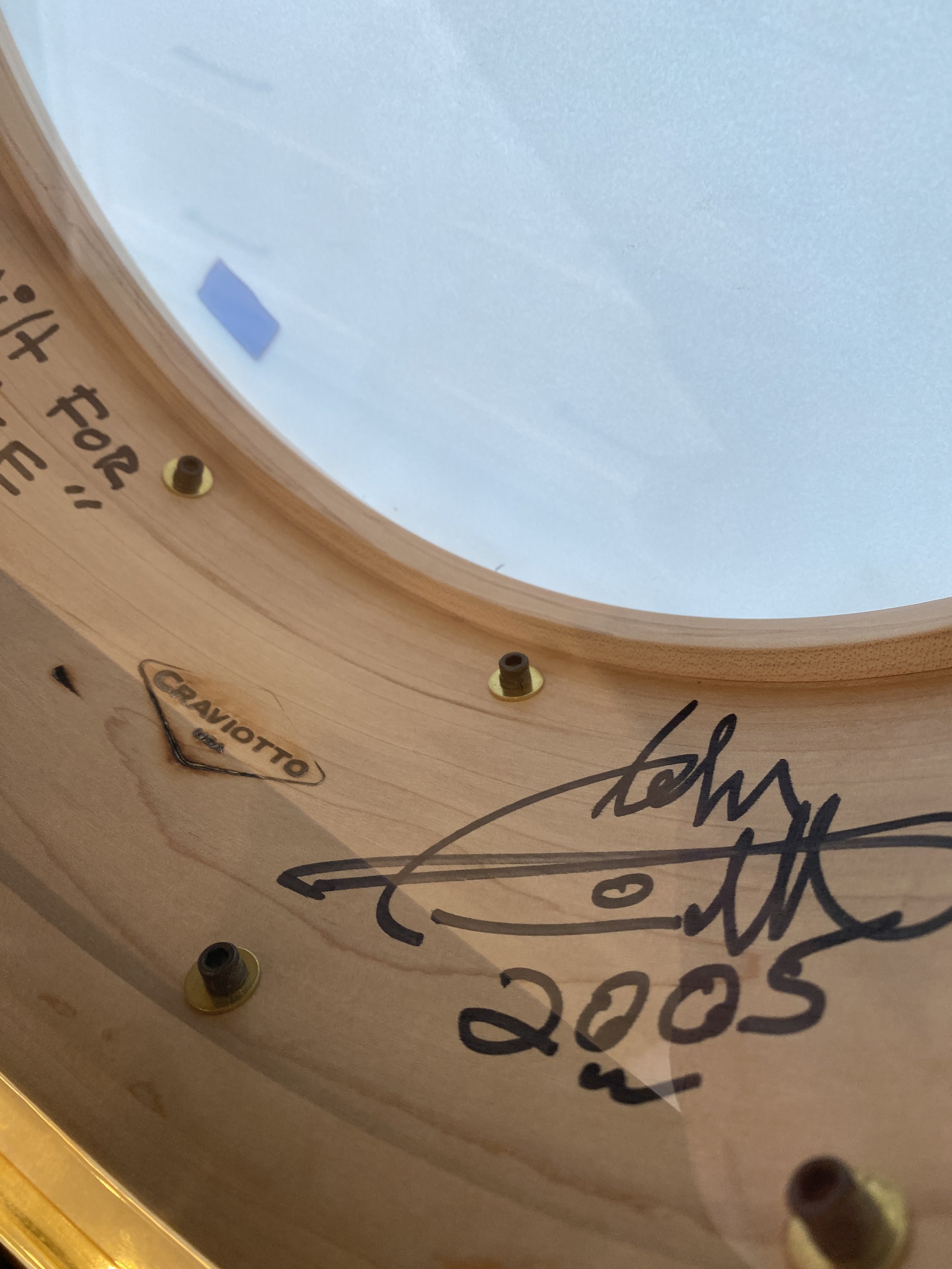
For a brief period of time Craviotto Drums partnered with C & C drums to offer a short run of snare drums and drum sets in various shades of real abalone shell material that was applied to the solid maple Craviotto shells.
Read moreFrom Editor George Lawrence
Living Music: A Film About Ra Kalam Bob Moses; Indie GoGo Fund Raiser
(Editor’s note: My friend, Nashville drummer Clifford Koufman, is currently making this film and is raising funds via Indie GoGo. In 1976 Bob Moses was the drummer on Pat Metheny’s first album, ‘Bright Size Life ’, which also featured Jaco Pastorius on bass. All drummers need to hear this recording of one of the greatest drummers in the world. Bob influenced my playing so much. I listen to this album every week. -George Lawrence)
Read moreRepeat After Me - Part Two
The following etude represents the second part--the rhythmic makeup now consists mostly of eighth triplets between the bass and snare. You have to concentrate —it’s easy to make mistakes
Read moreRare 4 x 14 Slingerland *Tone Flange* Artist Models
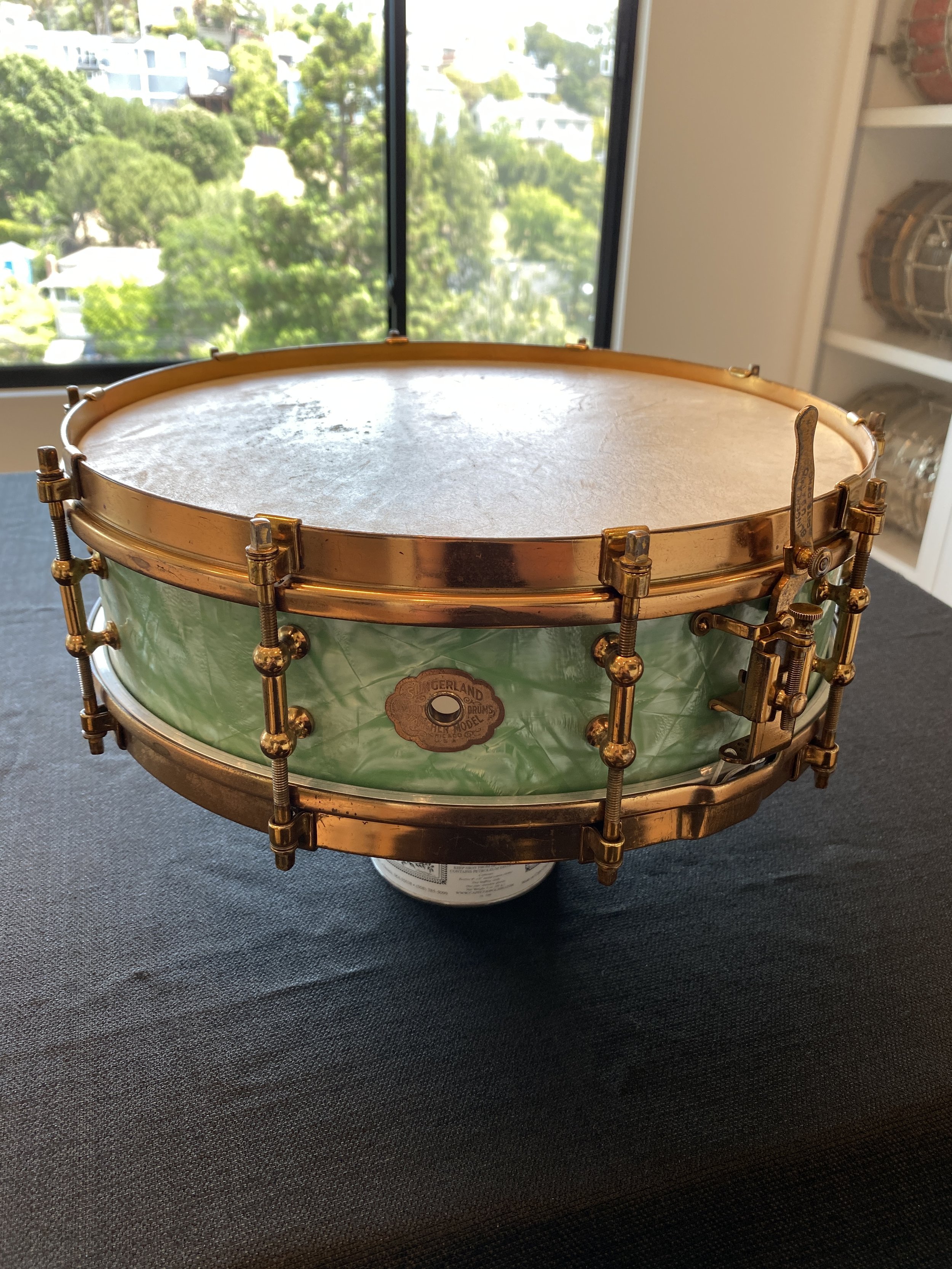
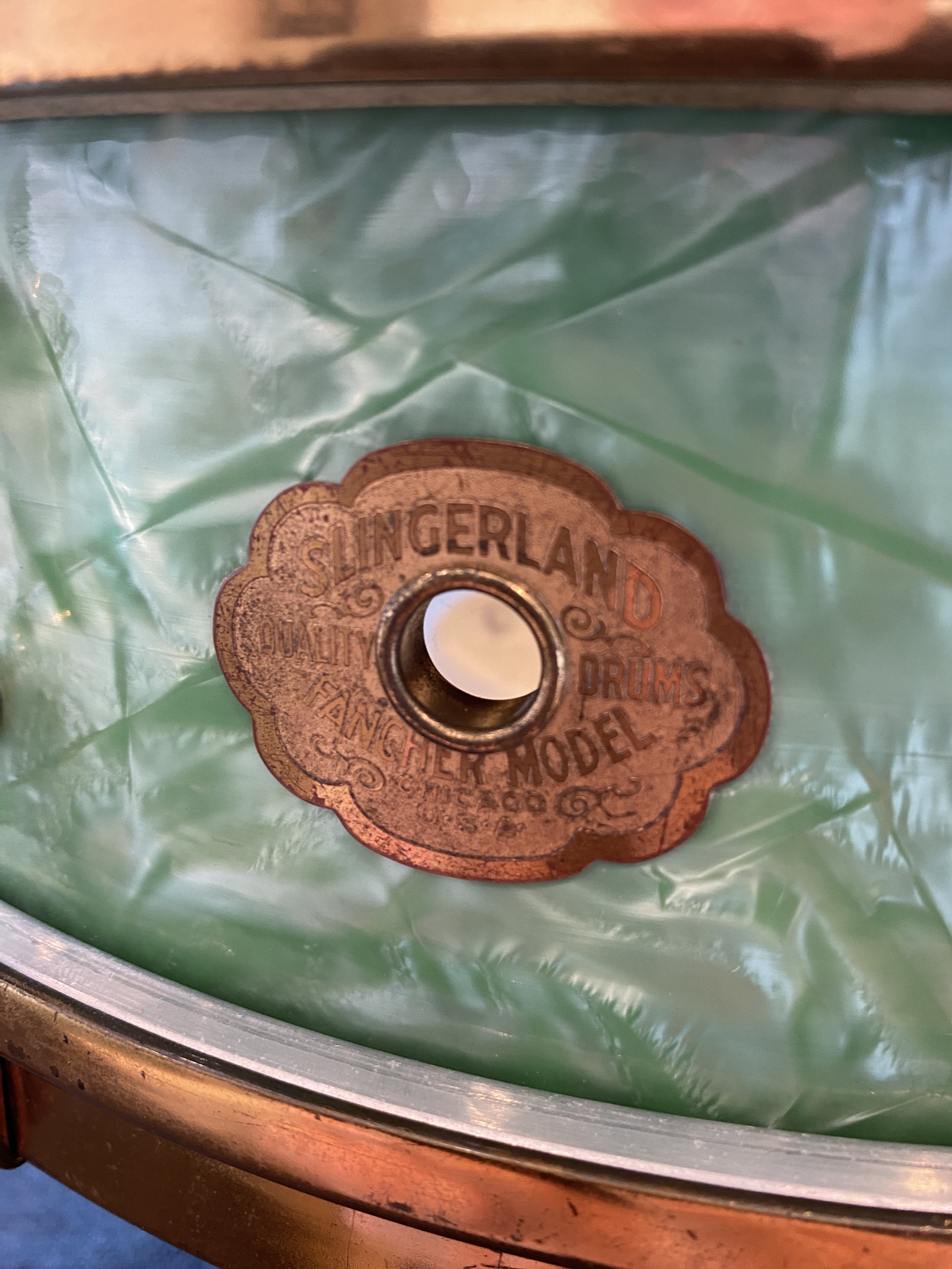
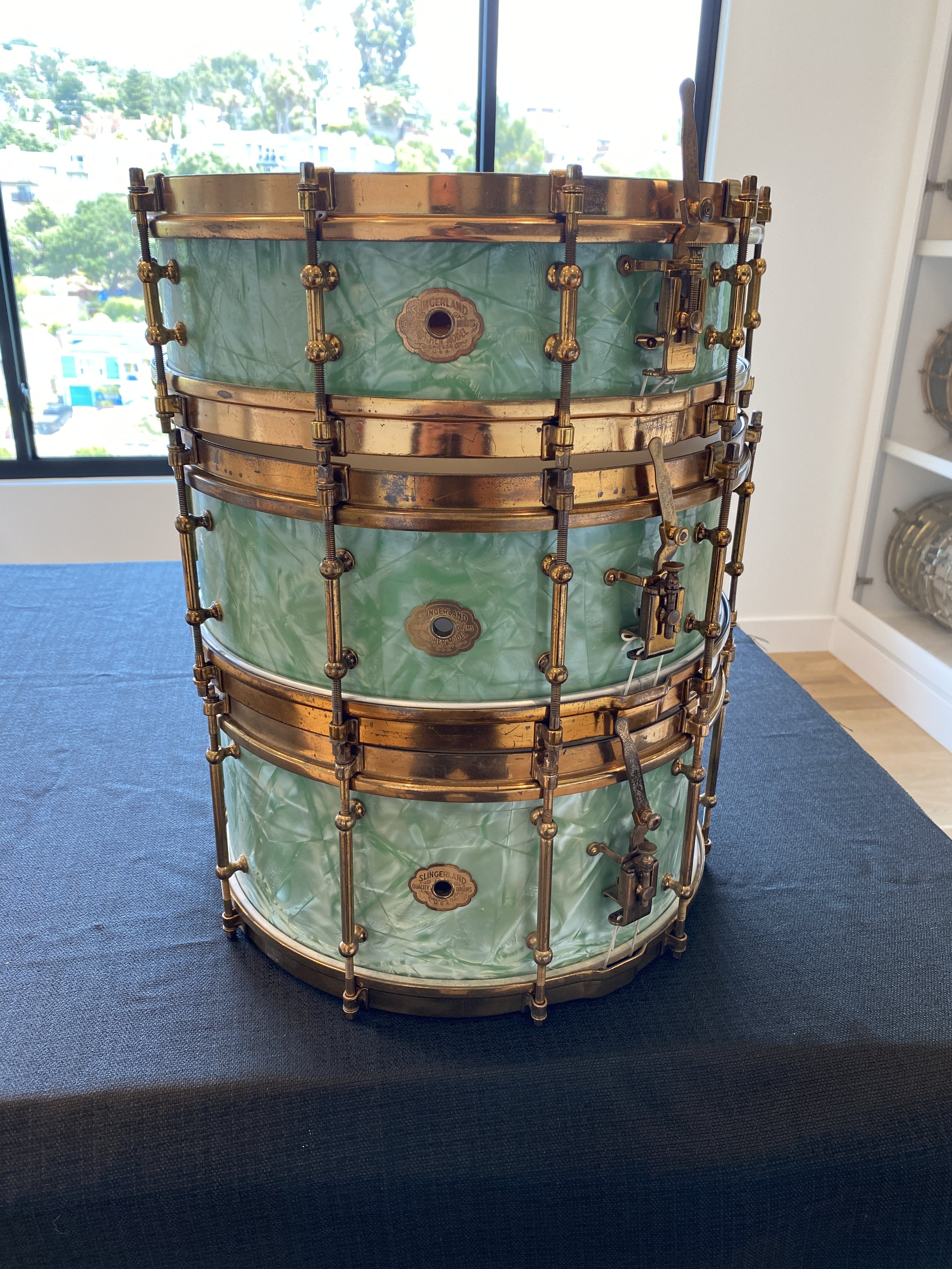
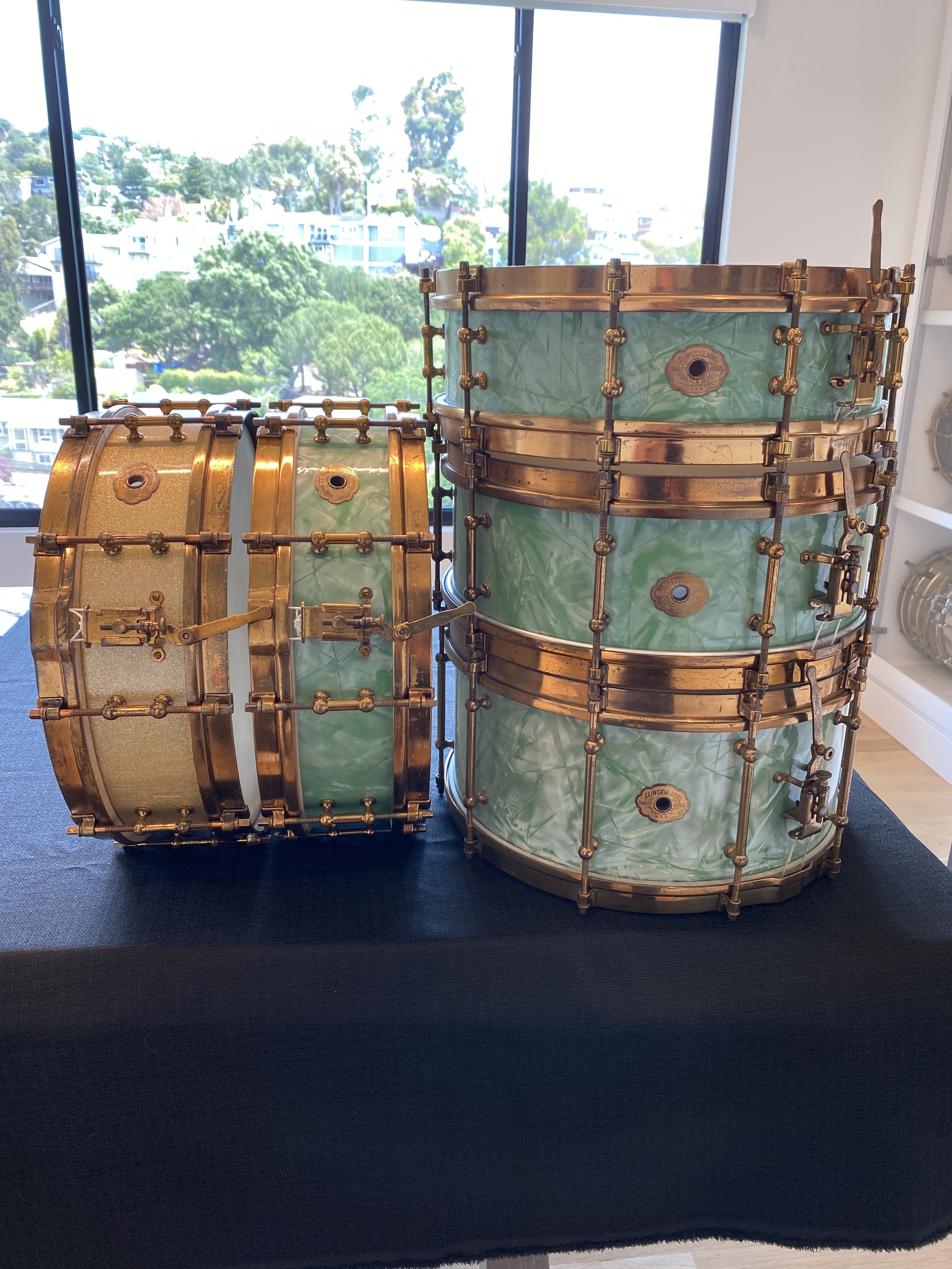
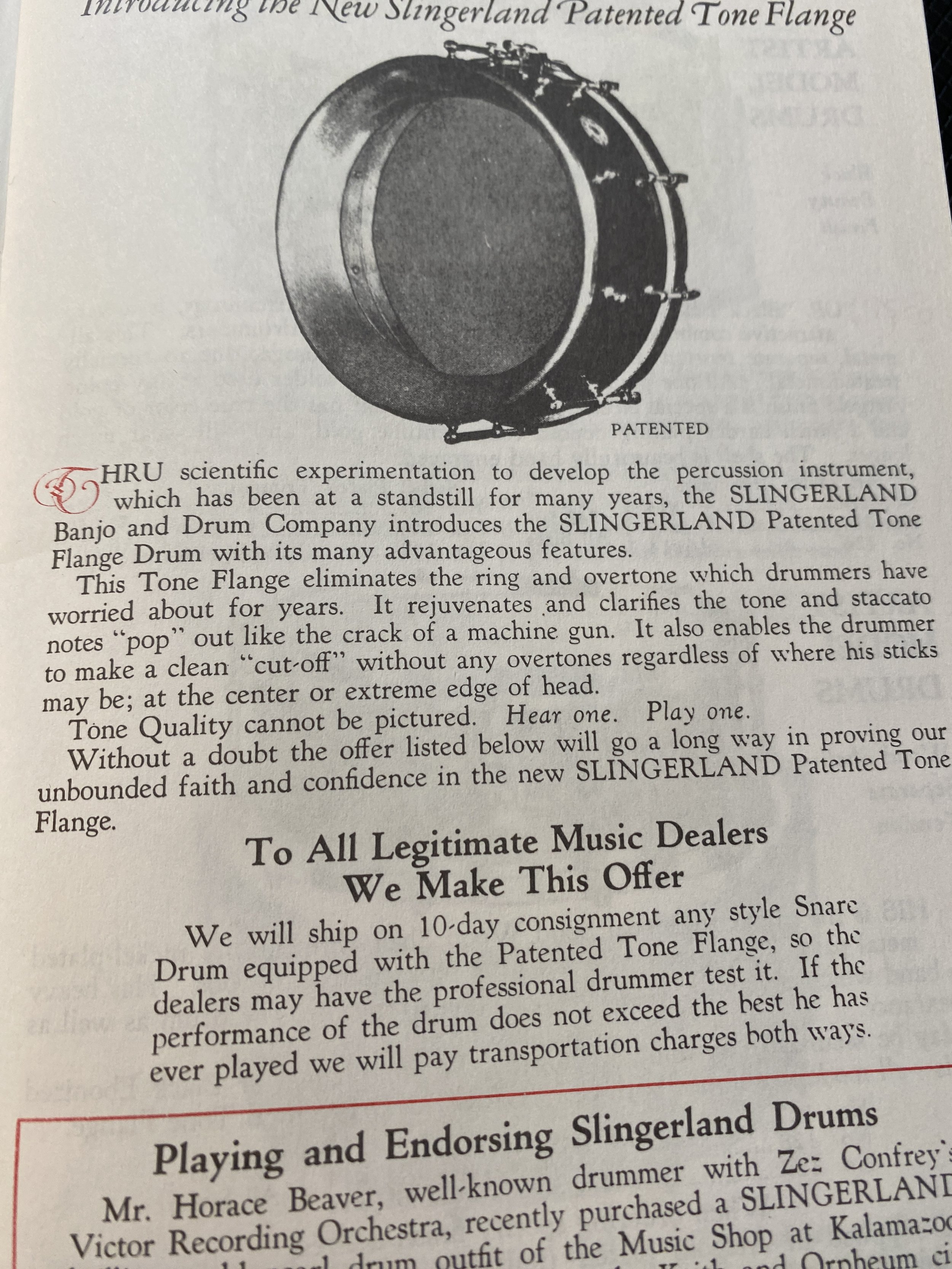
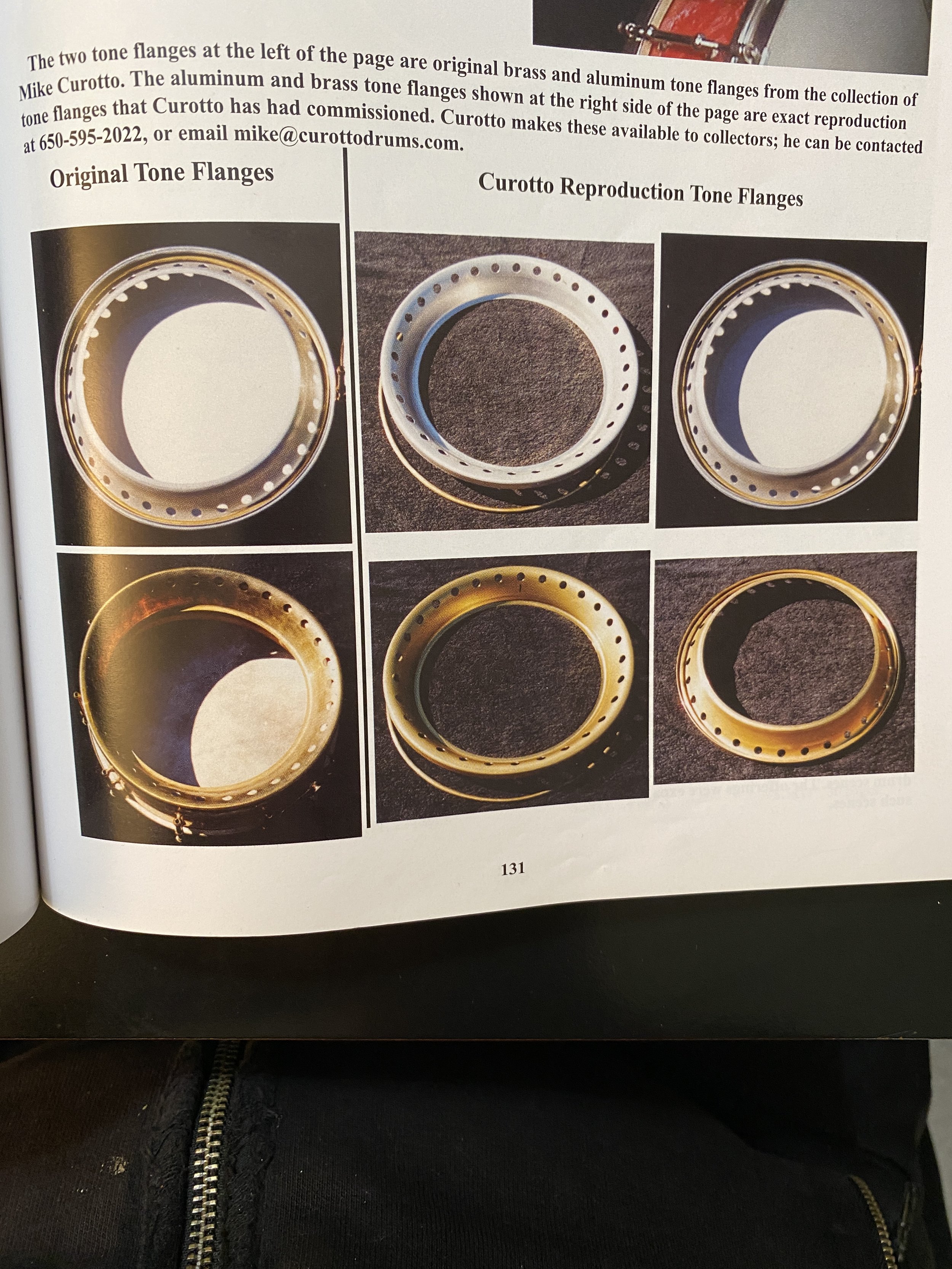
I haven’t been able to find any new/old snares lately so here’s some cool and rare 4 x 14 Slingerland *Tone Flange* Artist Models from my collection. In my 28 years of collecting I have only seen three of these 4 x 14 Artist Tone Flange models. Common logic has to be that there are more of these out there so feel free to send me photos/stories of your 4 x 14 TFs.
Read moreHow to Learn a Song in 10 Ounces of Caffeine or Less
Recognition vs. Recall
The goal is not to memorize the entire tune and arrangement. We just need to be able to identify and recognize the various sections as they come along. As long as we can follow the tune, the rest is just a case of getting organized. I like to develop a good understanding of the 'landscape' and leave the details until later. If I were to focus on the drum breaks, for example, I’d miss a lot of important information.
Slingerland Radio King kit in Yellow Marble Lacquer
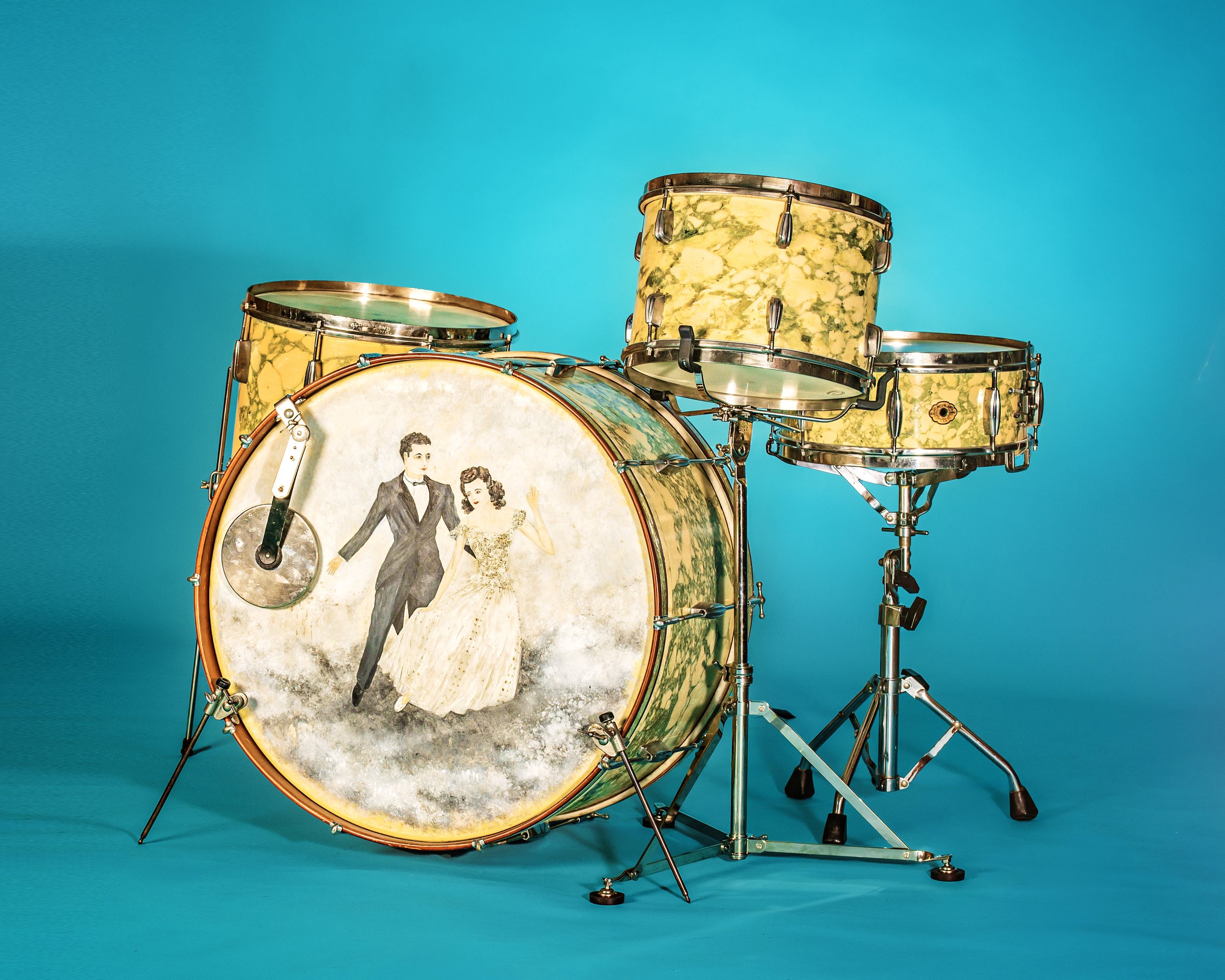
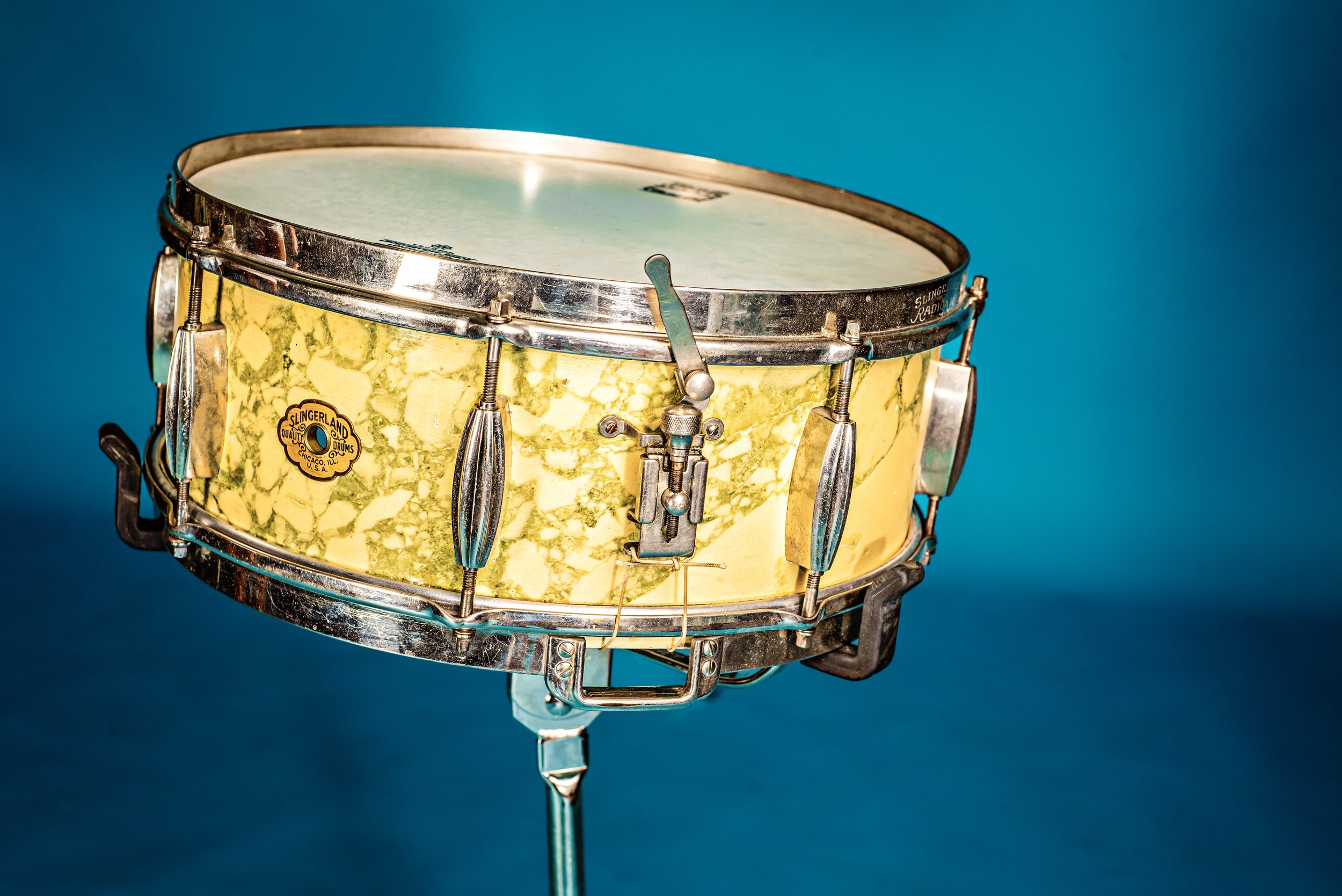
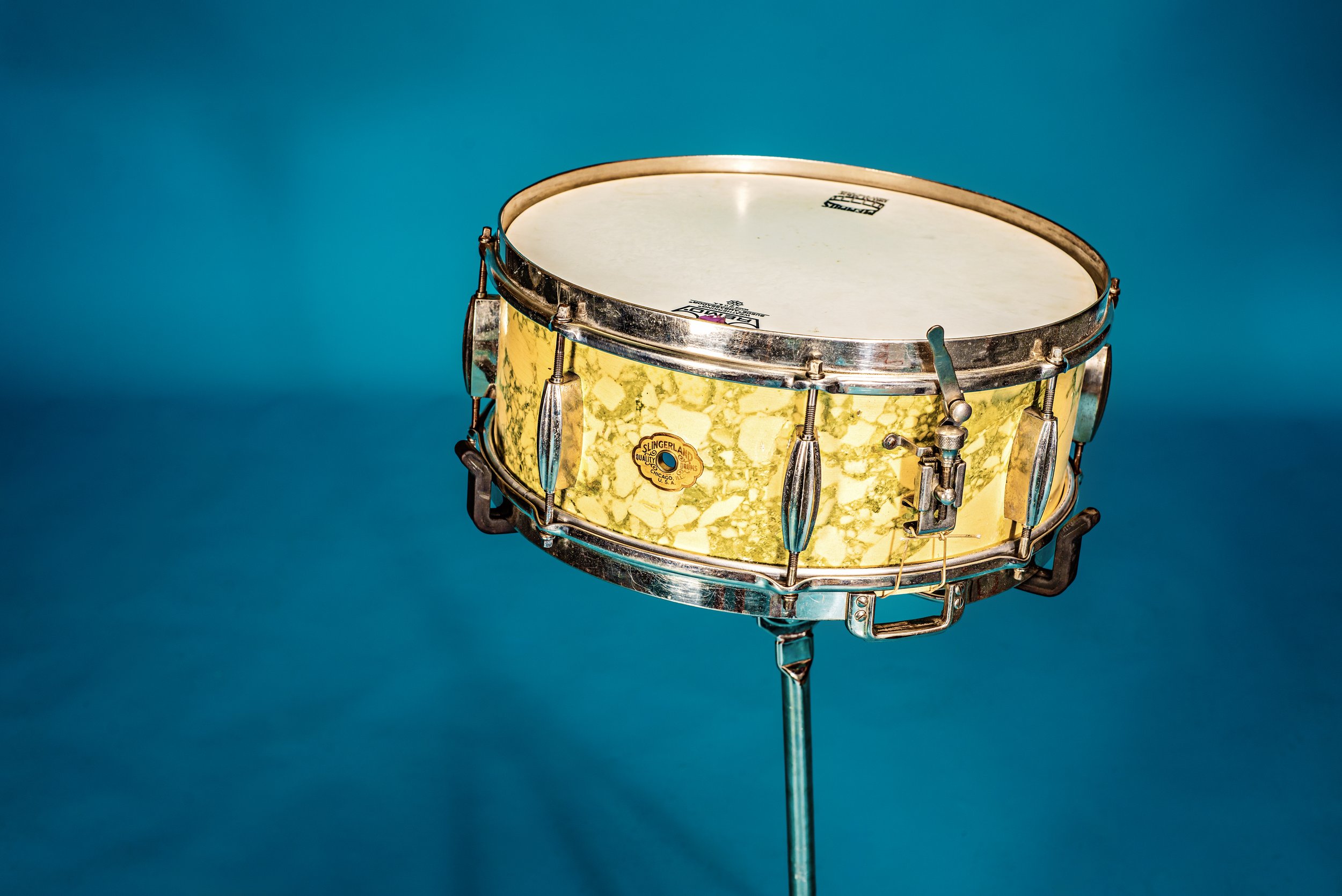
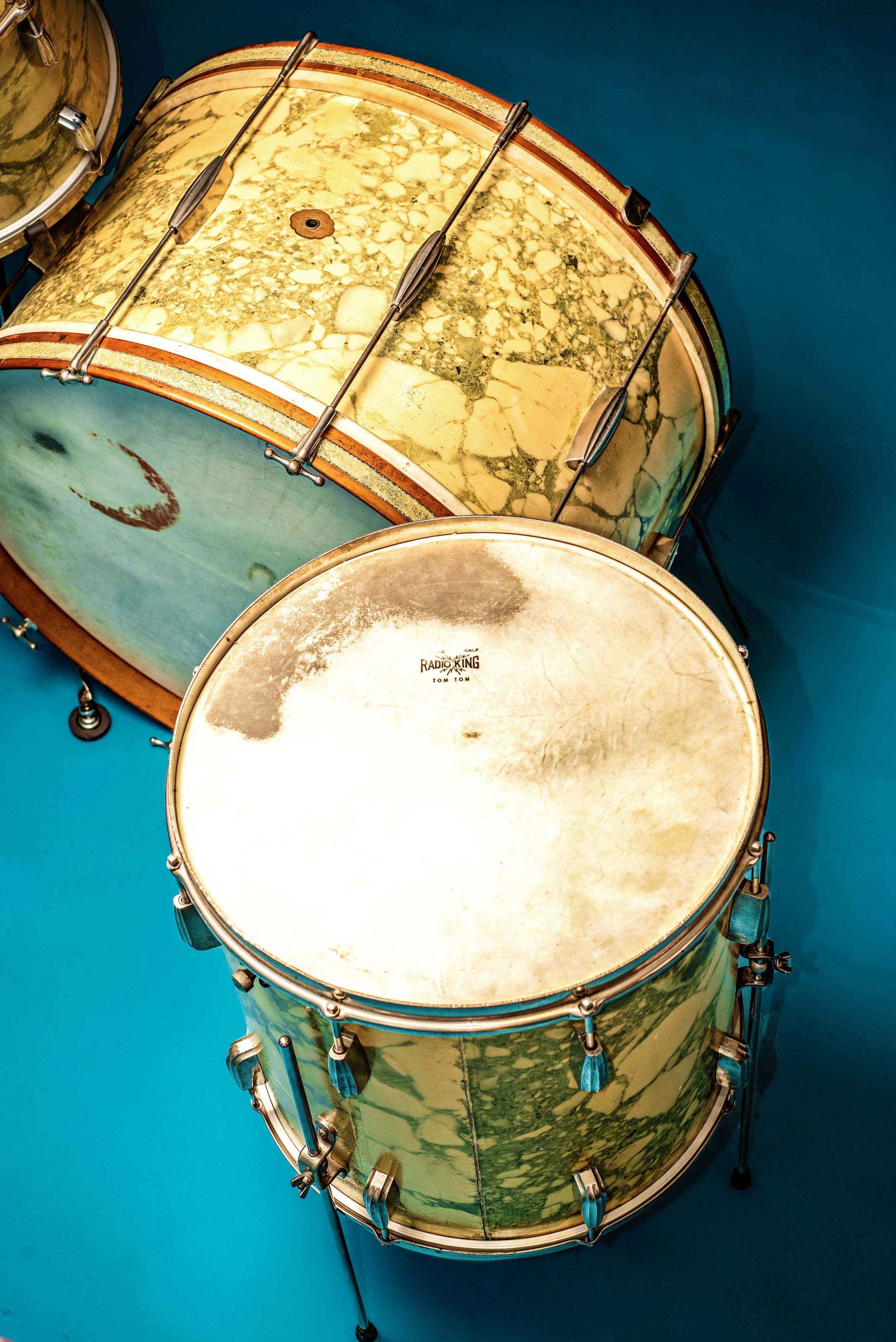

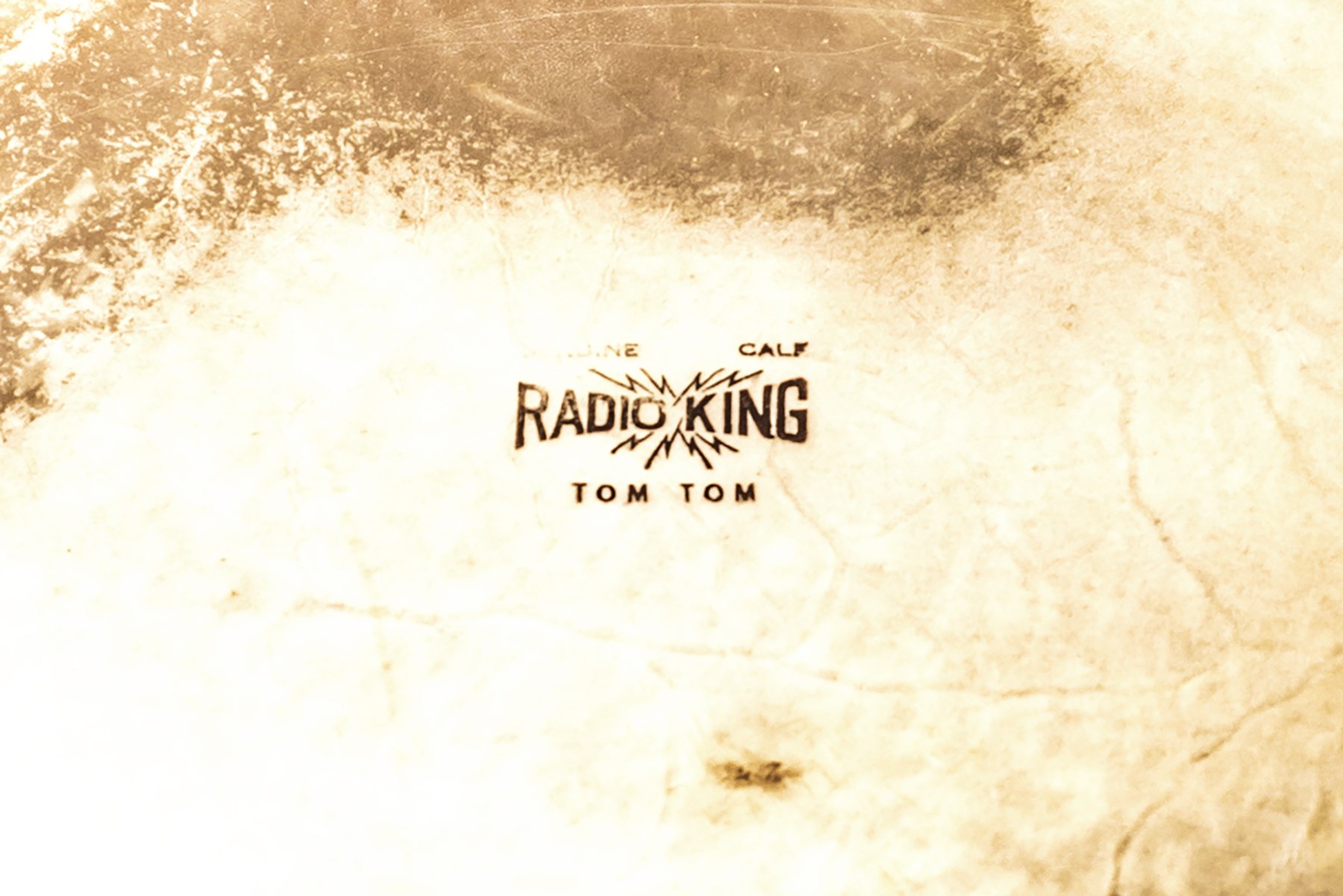
The kit is in marble lacquer which is a hand painted finish resulting in no two drums ever looking exactly alike. The front bass drum head is beautifully hand painted and features actual sequins appliquéd on the female dancer’s dress.
Read moreMy Uncle Jimmy and his Gracy Drum Set
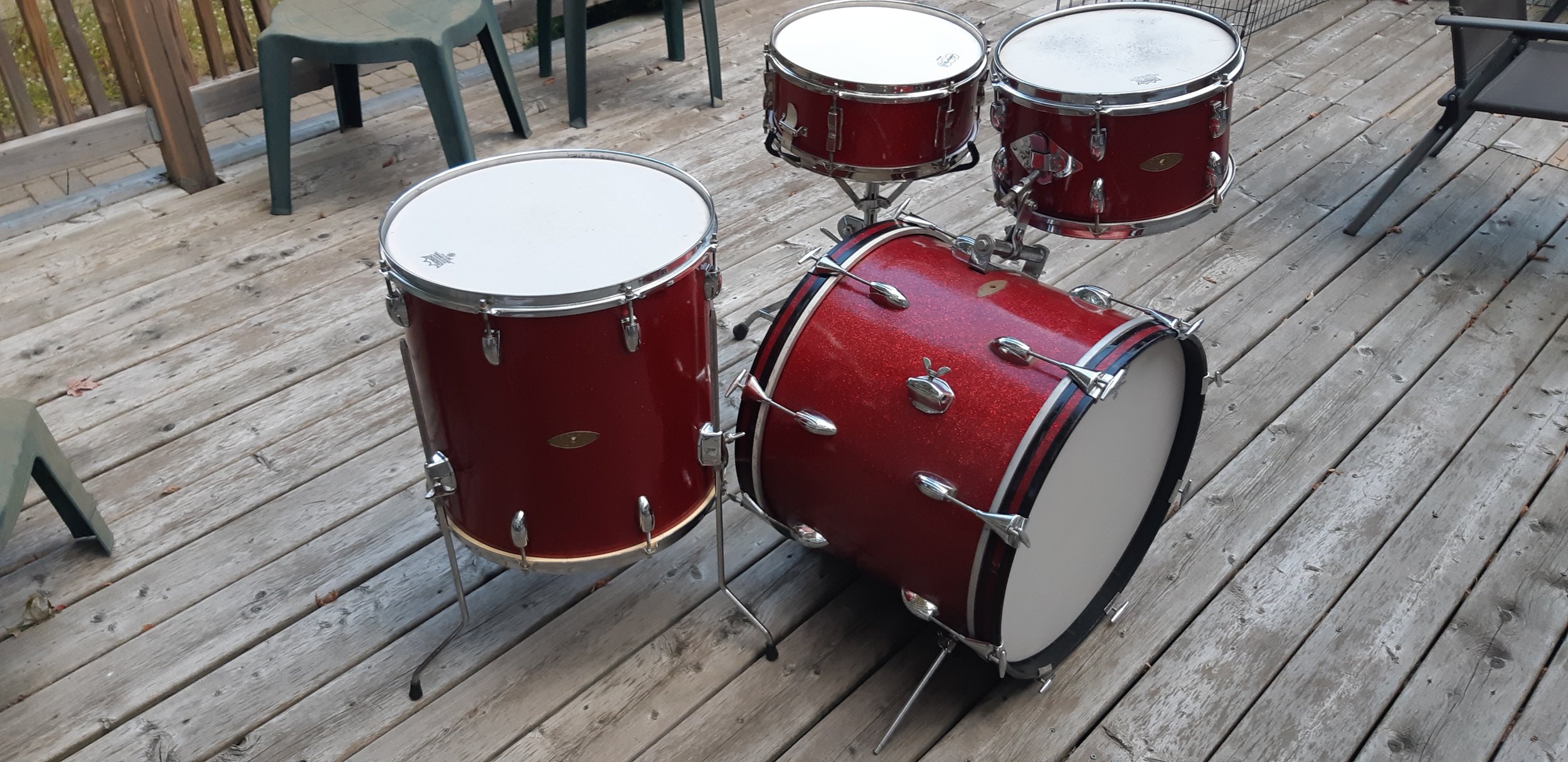
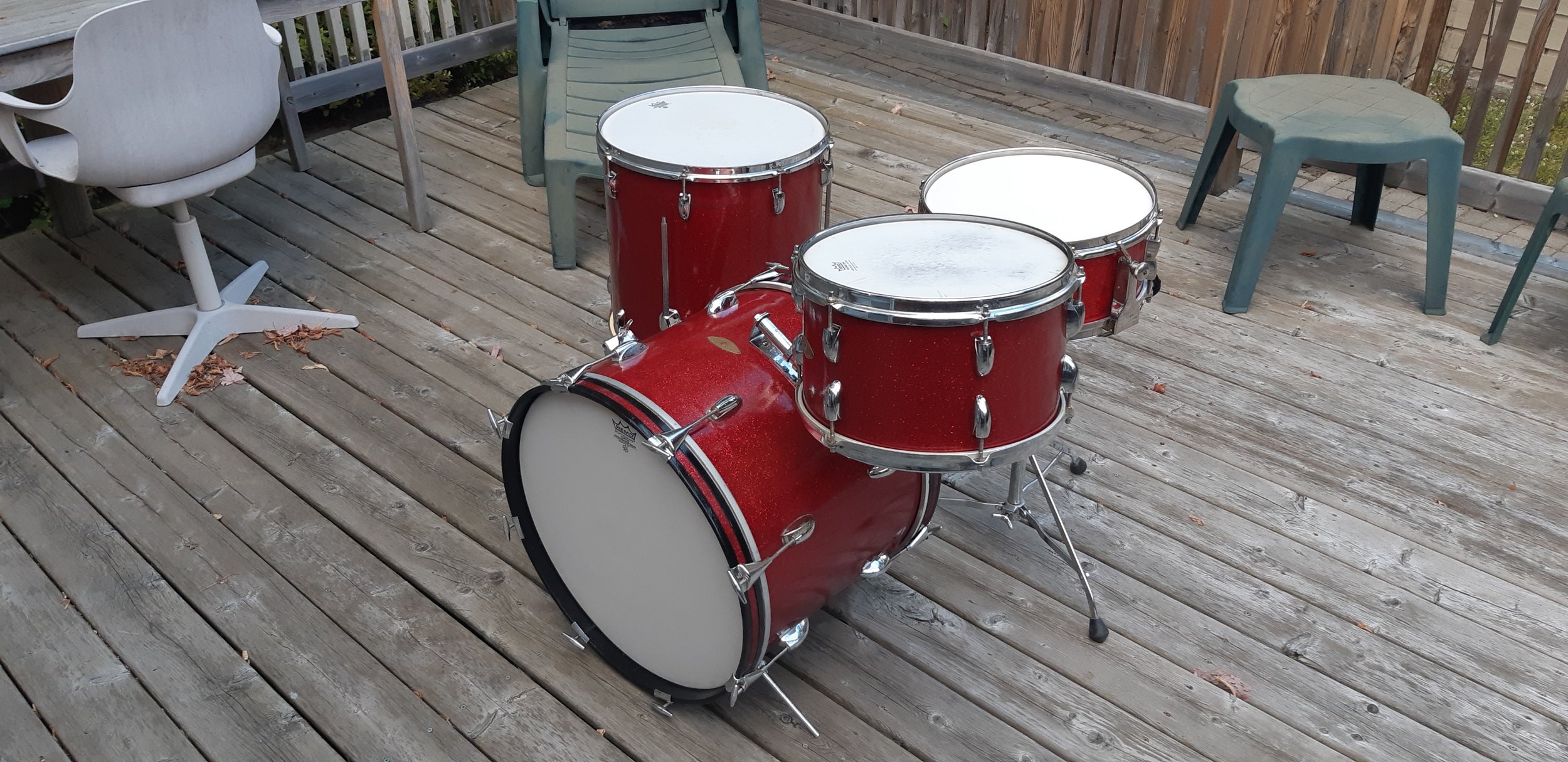
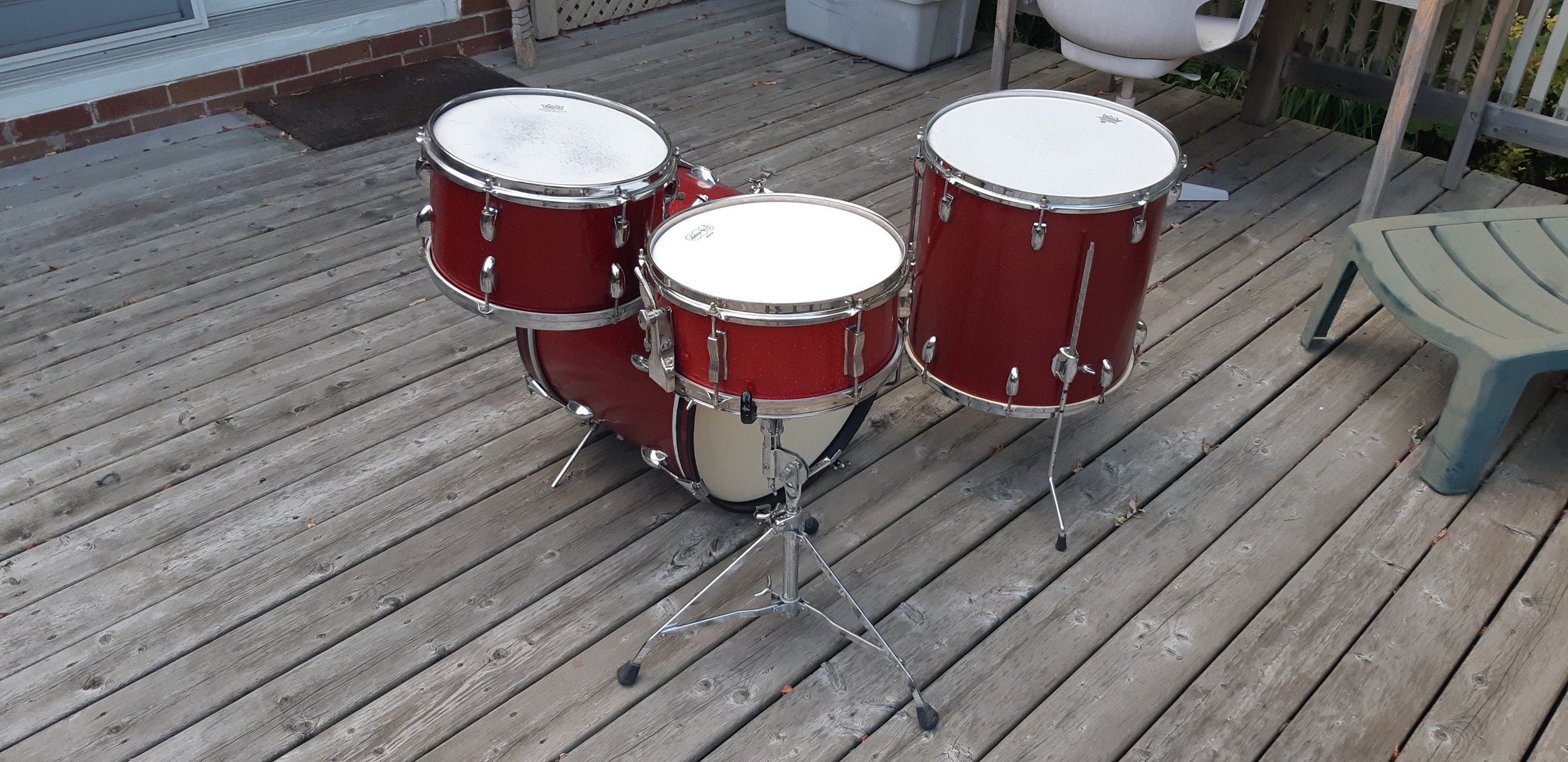
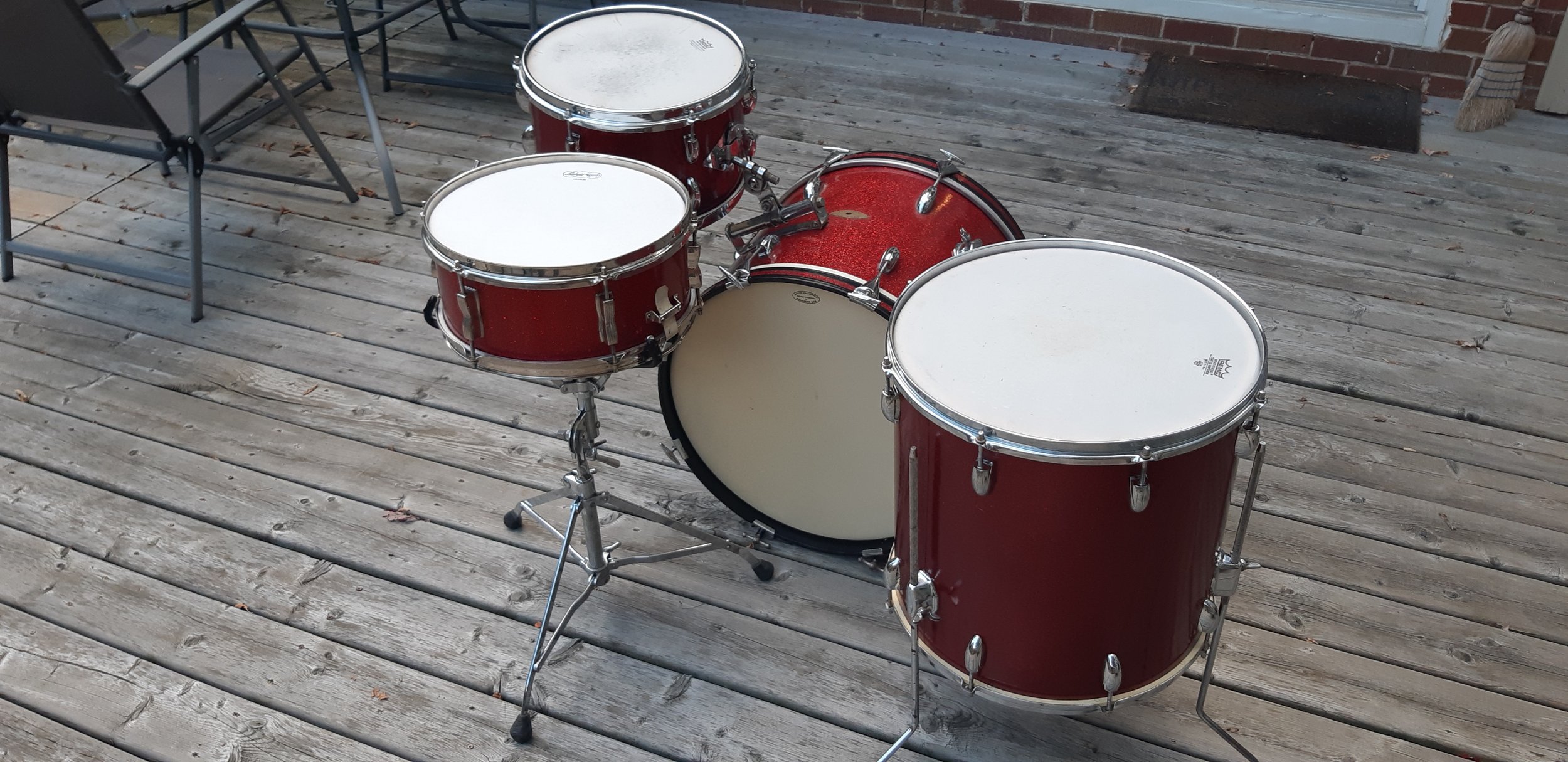
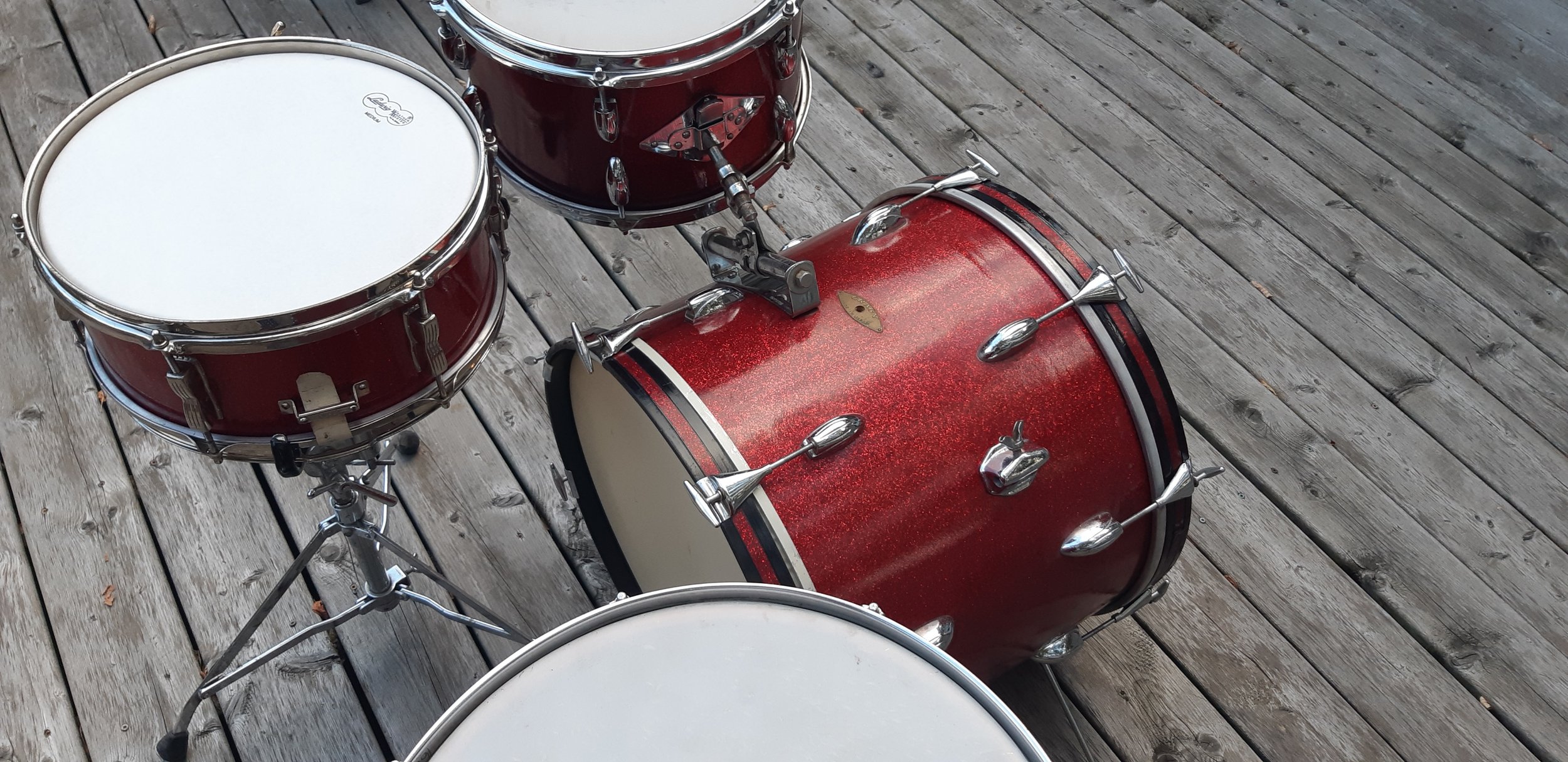
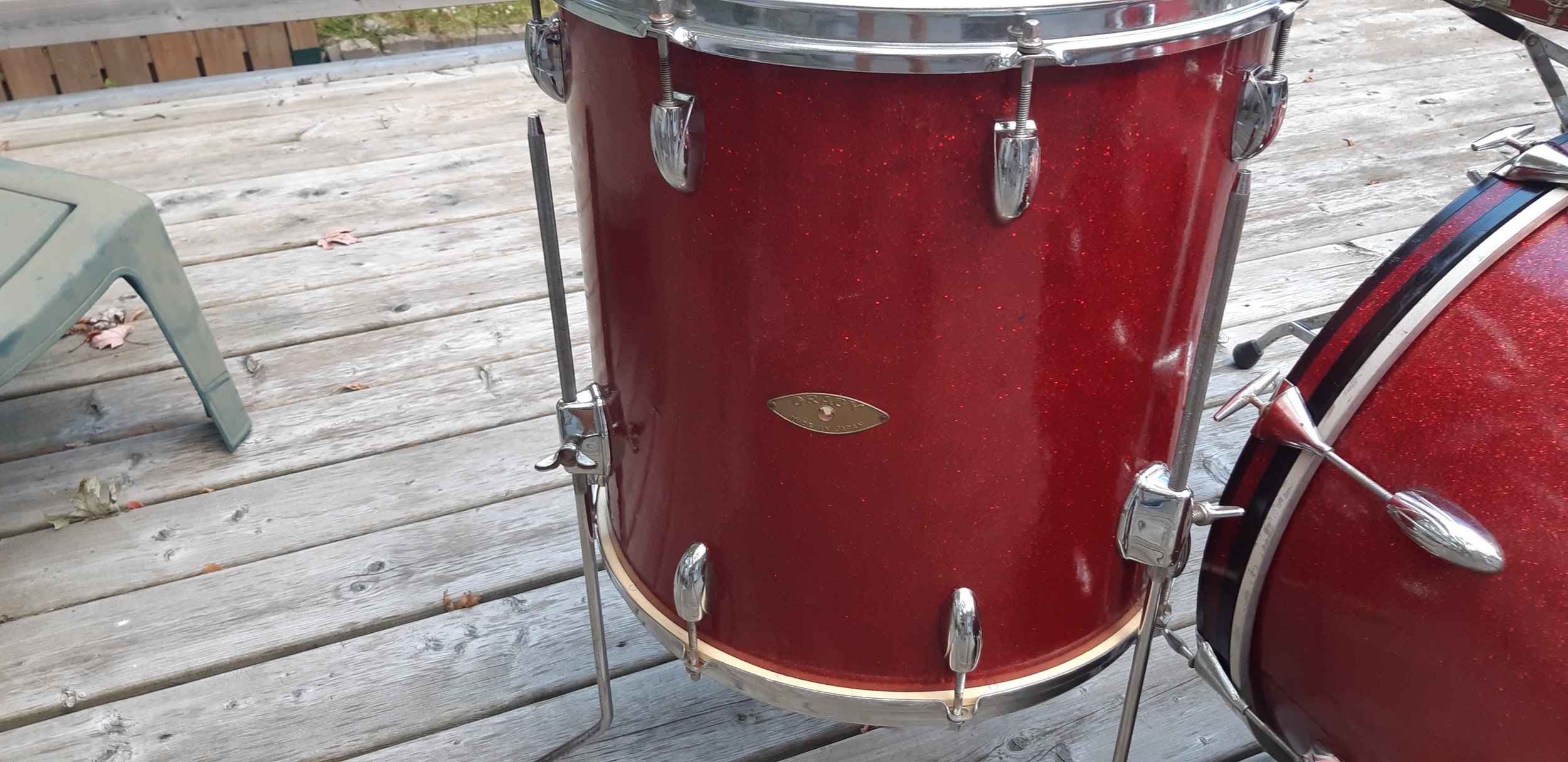
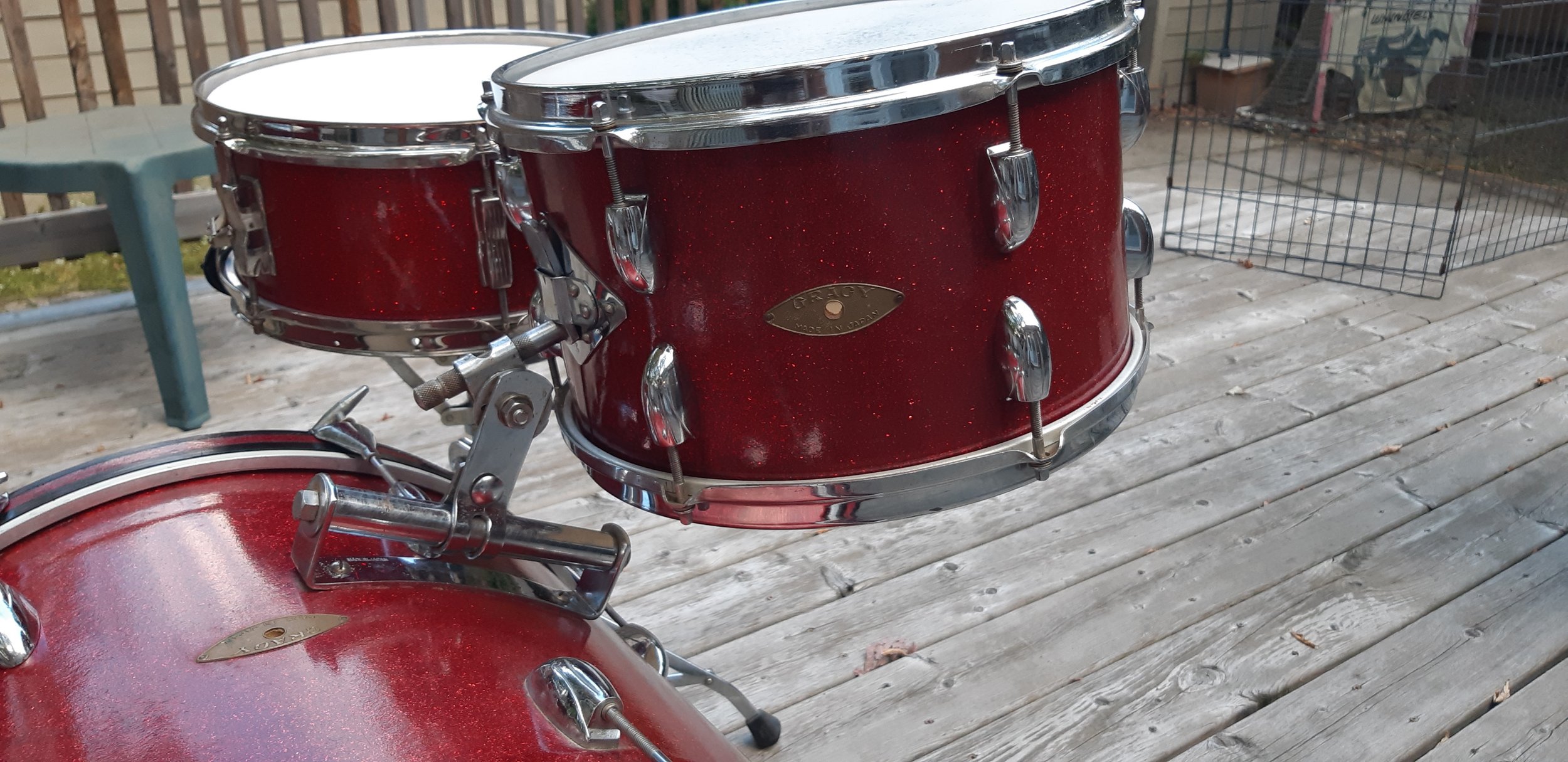
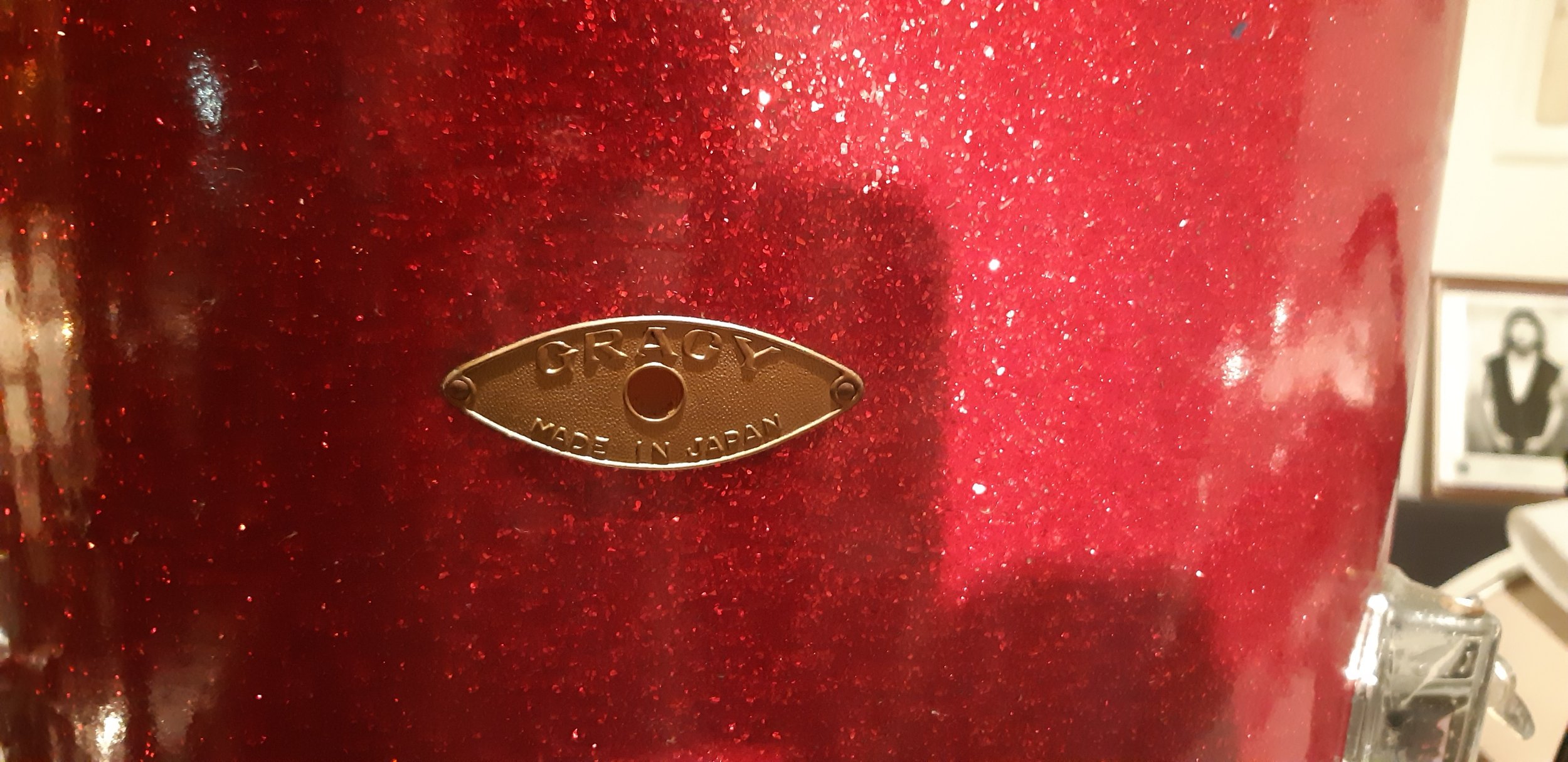
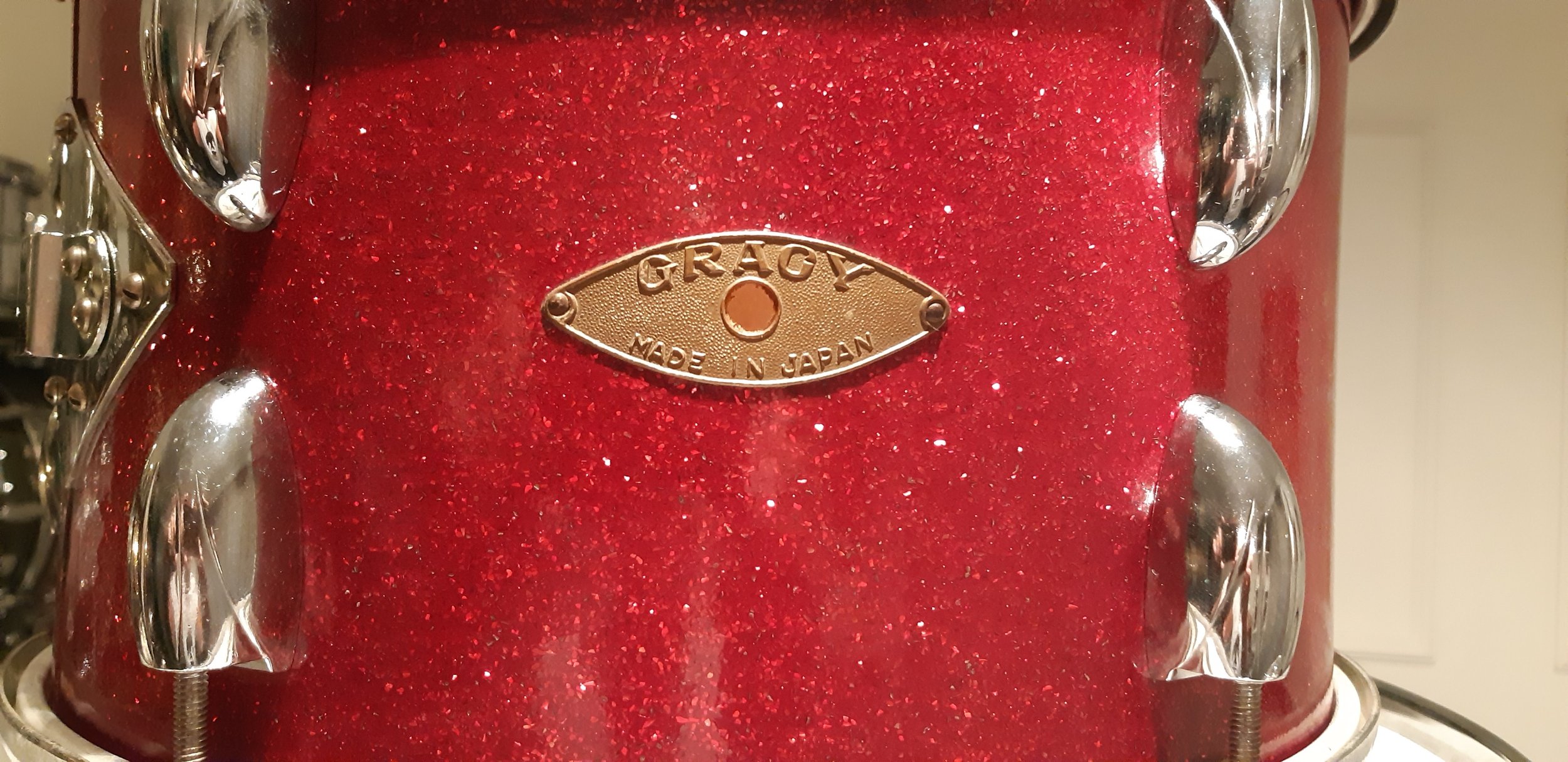
Back in the 60’s, my grandparents would invite our entire family to their cottage in Northern Ontario. At one family event, a close friend of ours introduced us to her new boyfriend Jimmy Hayes. Jimmy was a one man party. He would sing, dance, tell jokes and kept everyone entertained and in stitches. To me though, he was extra special as he also played drums.
Read moreSticking Theory - The Case of the Missing Rolls
I’m publishing some of the rough drafts of pages from my forthcoming book, “Life’s Little Drumming Lessons”, Chapter: Sticking Theory and the Prime Rudiments.
Read morePaul Wertico: Drums Without Boundaries and Beyond
Paul Wertico has always gone above and beyond the established definitions of ‘What Jazz Is’
Read moreDEREK SHERINIAN AND SIMON PHILLIPS RELEASE ‘SHERINIAN/PHILLIPS LIVE’
Enjoyed listening to ‘Sherinian/Phillips Live’ so much that I must have played it over a dozen times…
Read moreAt DrumSellers.com: SonorLite BeBop set in Tony Williams Yellow Lacquer
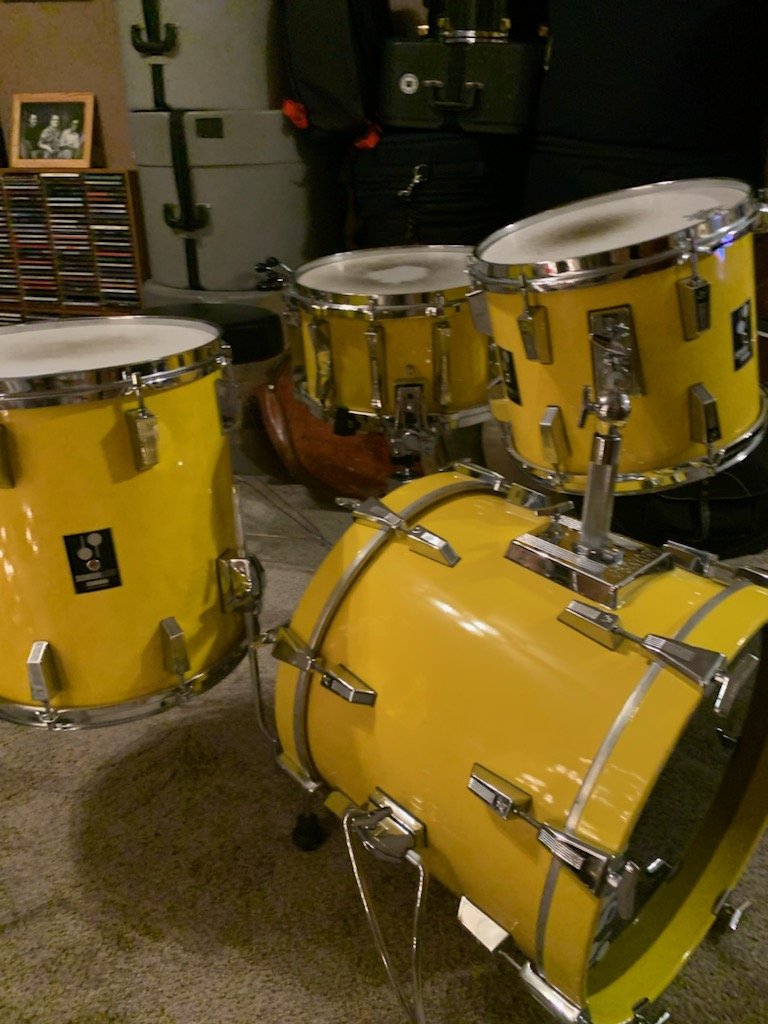
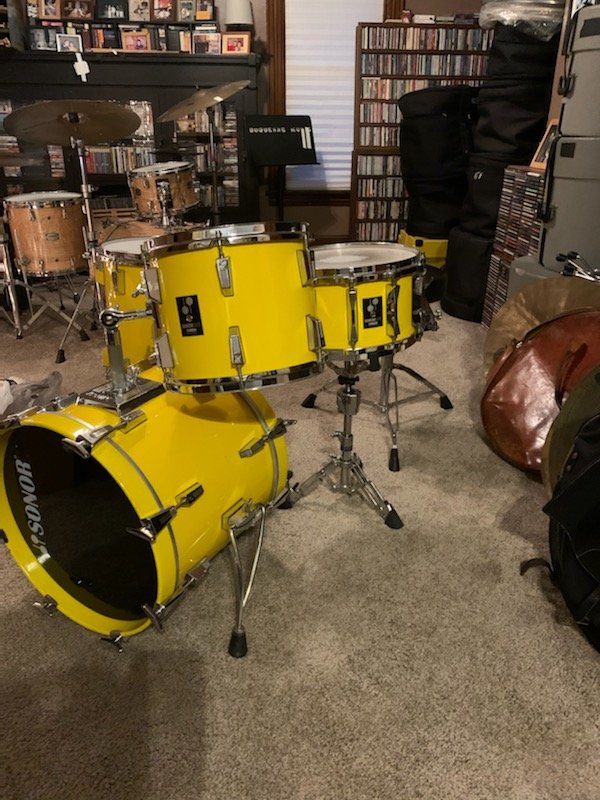
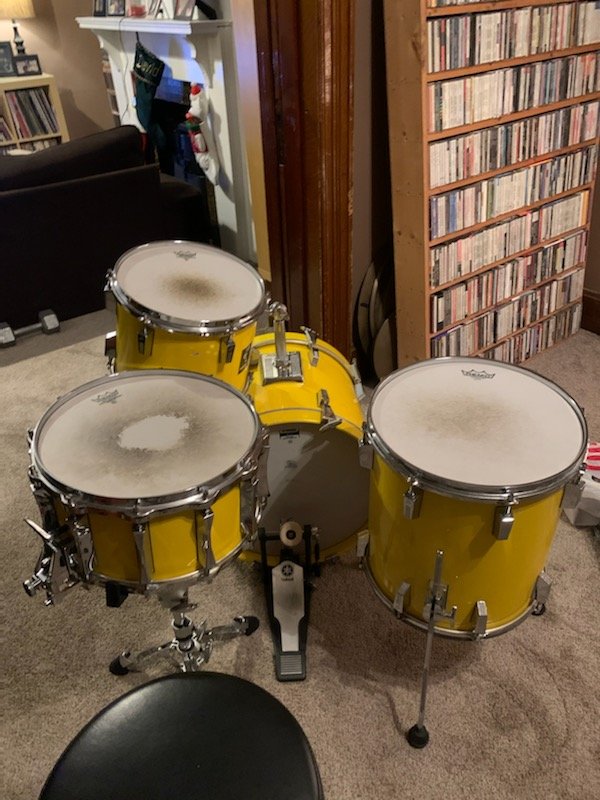
From Ray Lombardo’s listing at DrumSellers.com
Read more1938 LEEDY 6.5 x 14 GOLD SPARKLE BROADWAY PARALLEL SNARE DRUM
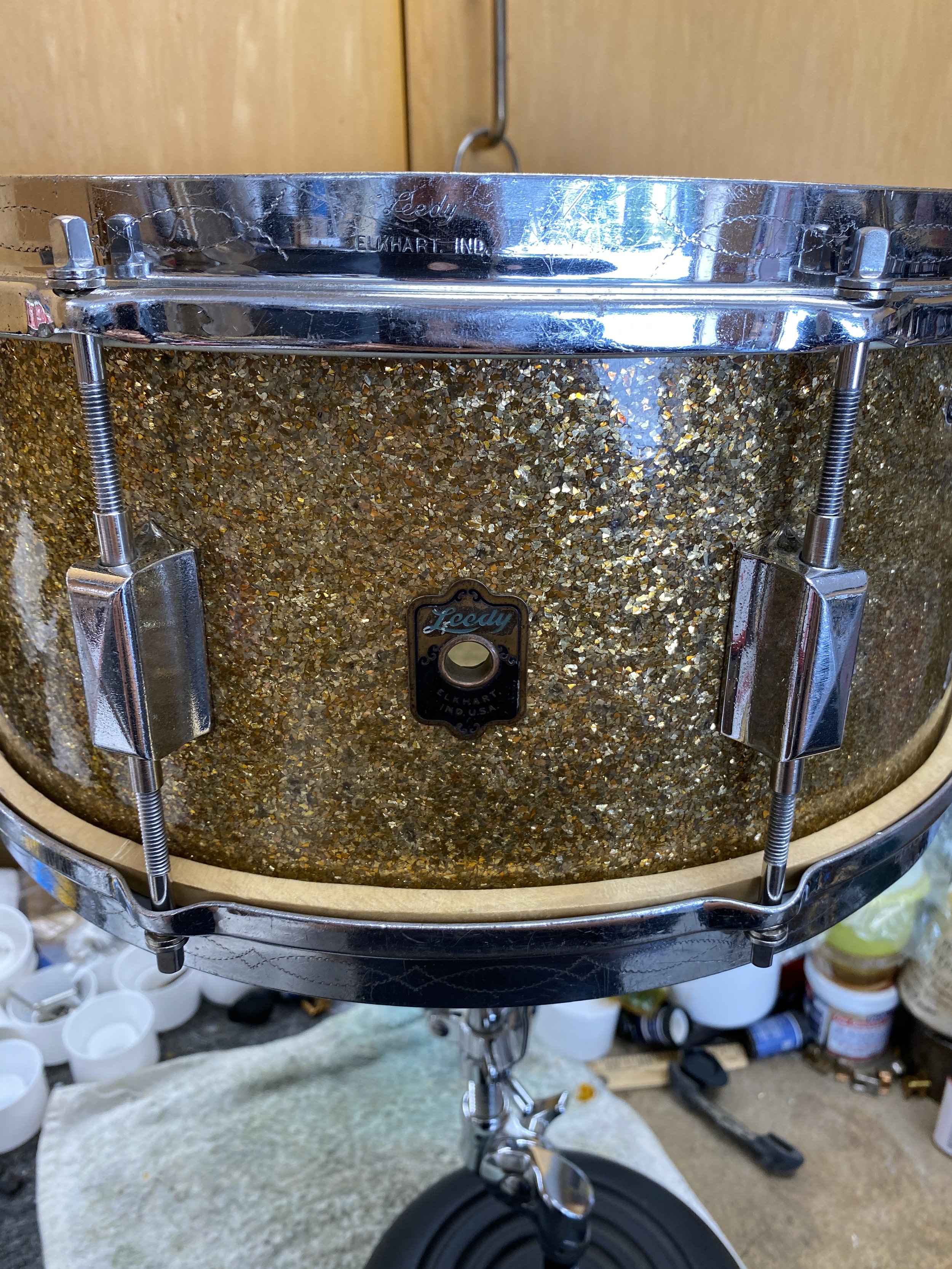
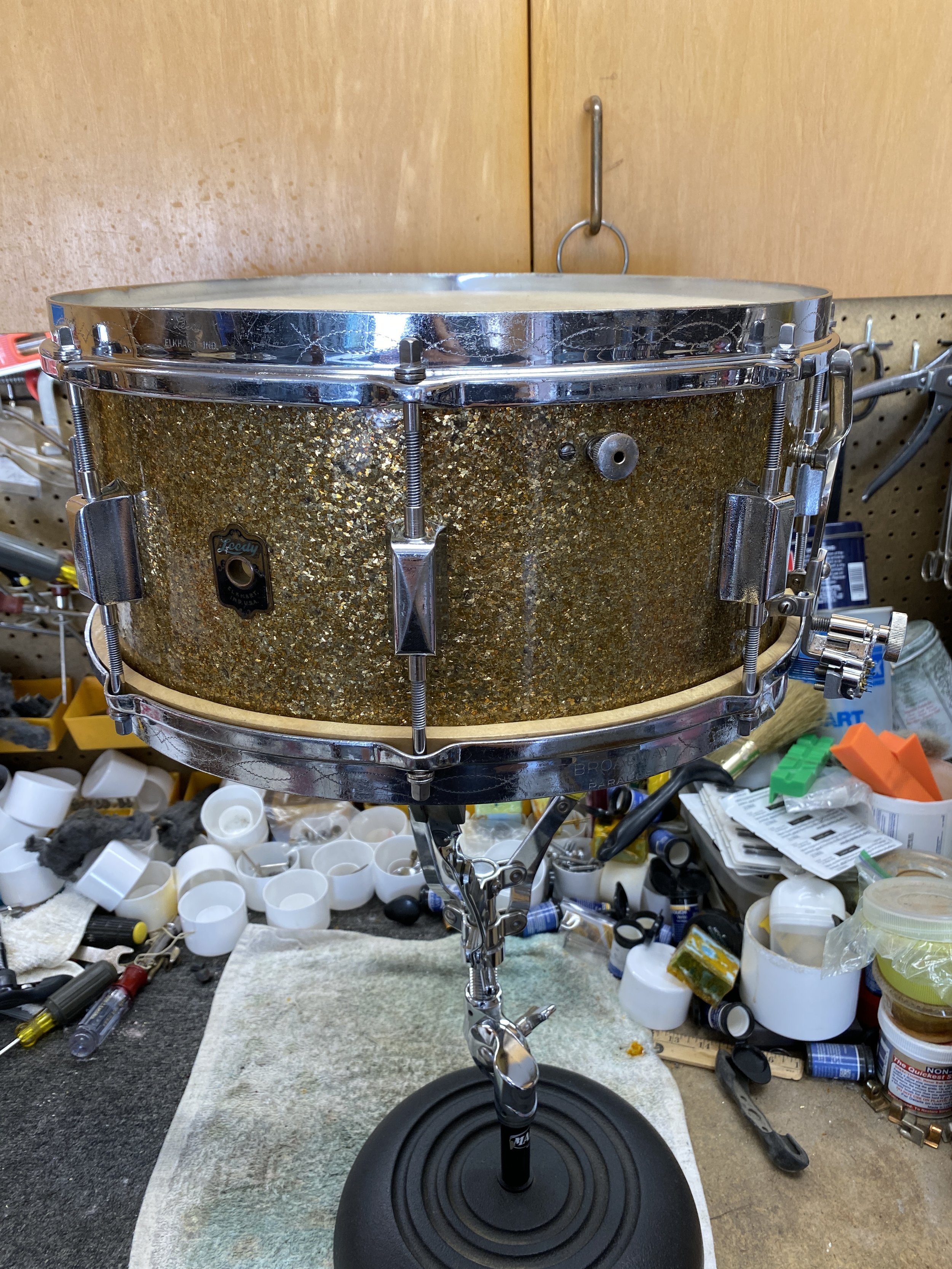
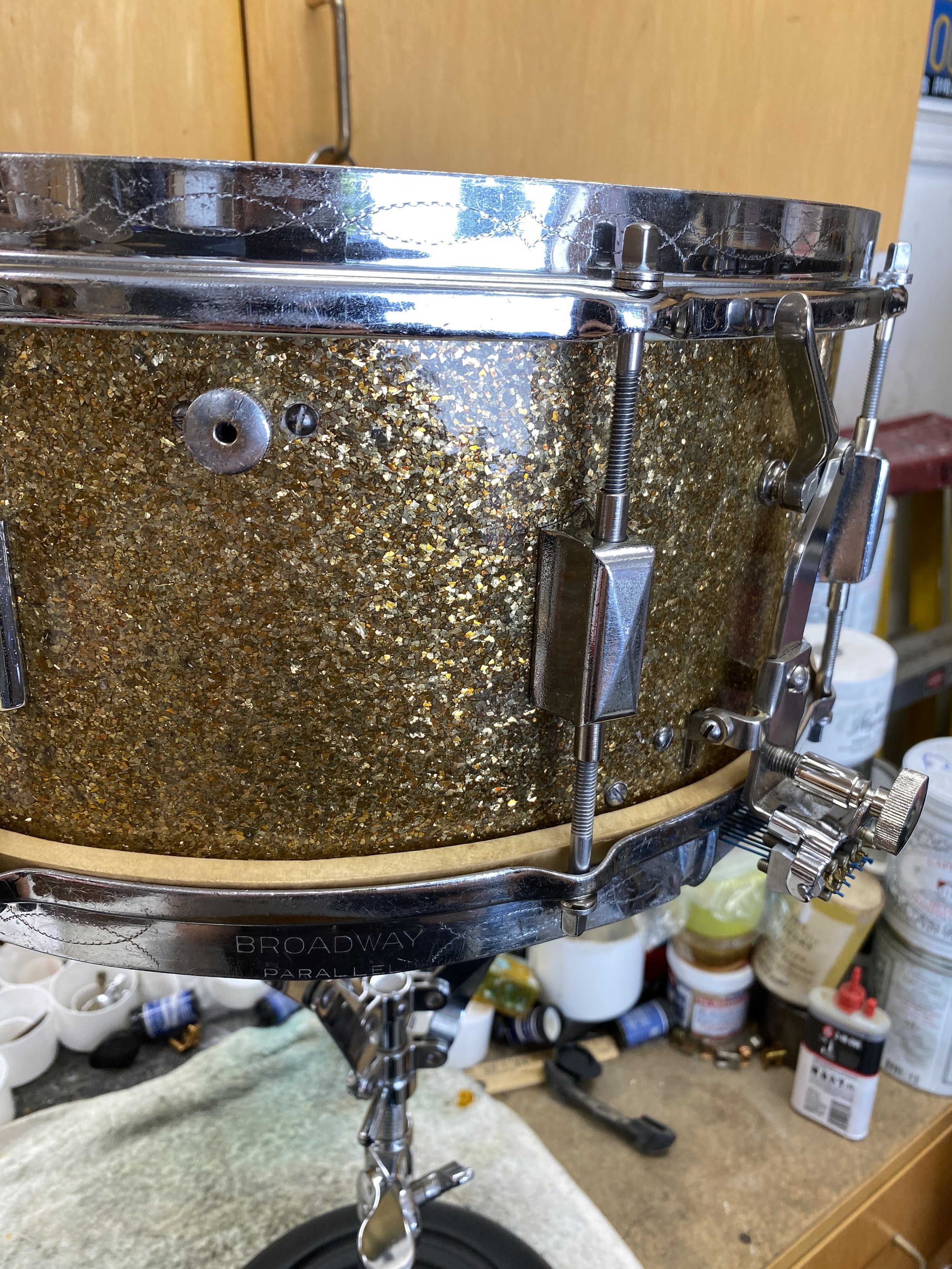
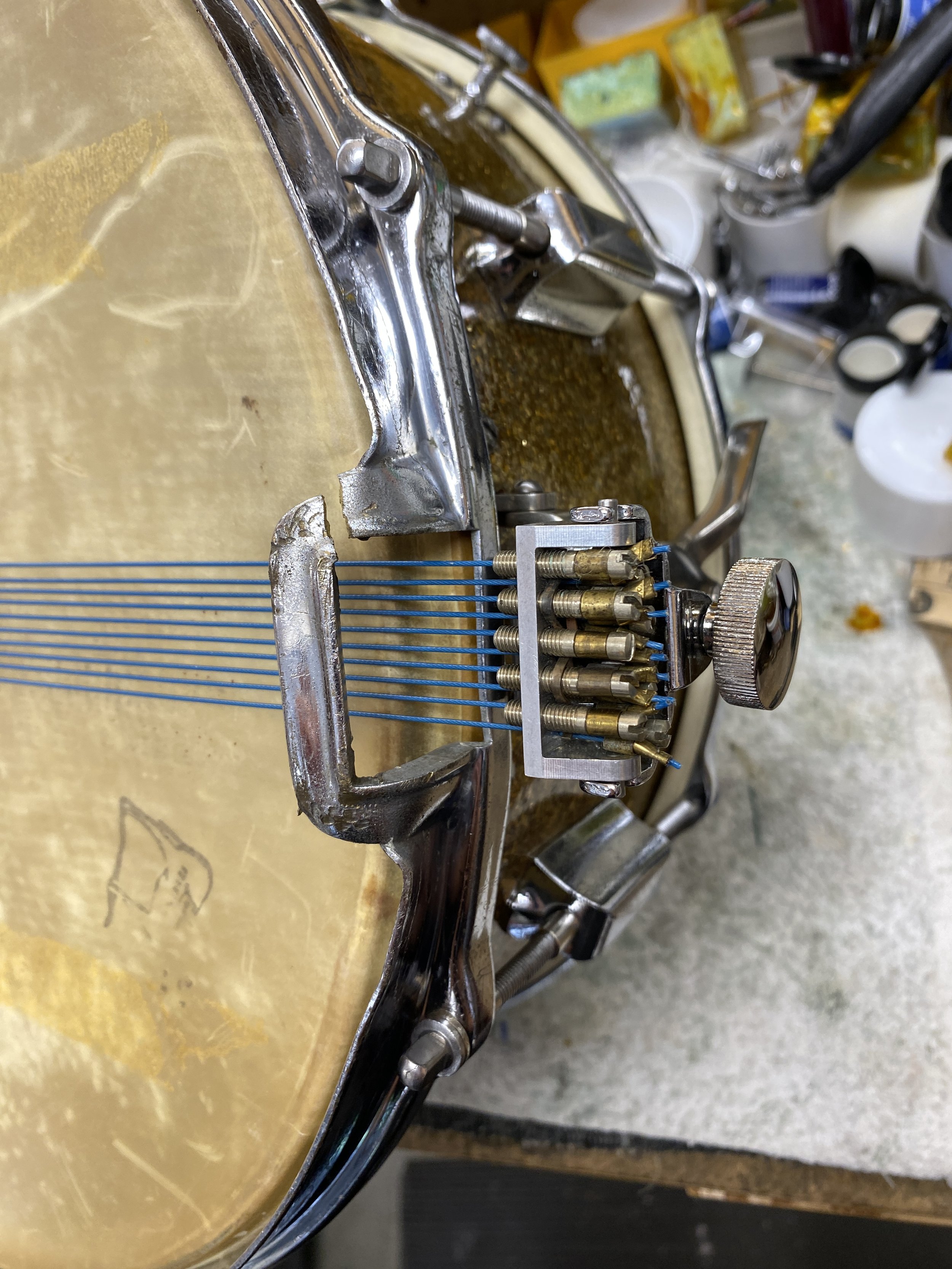
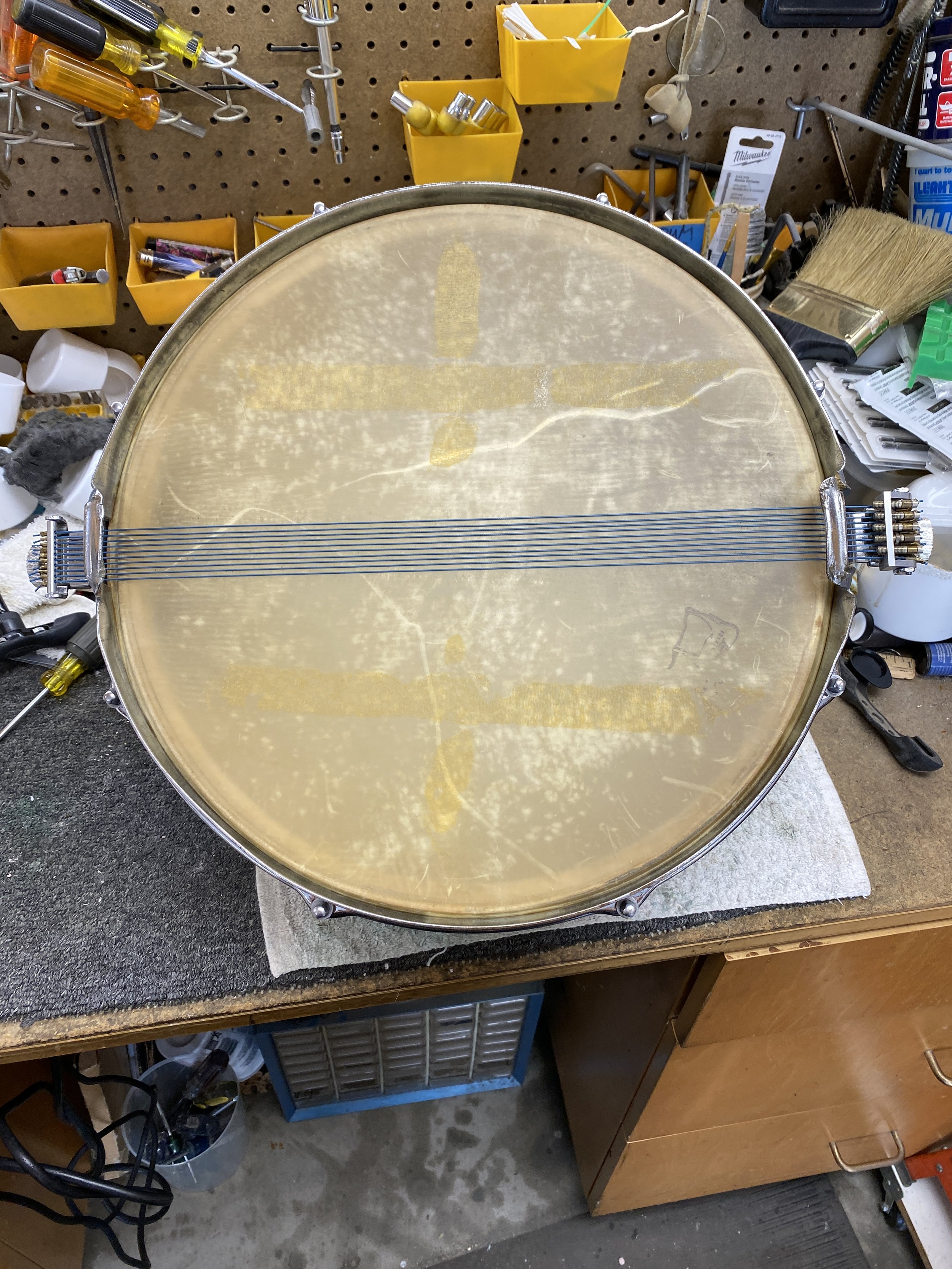
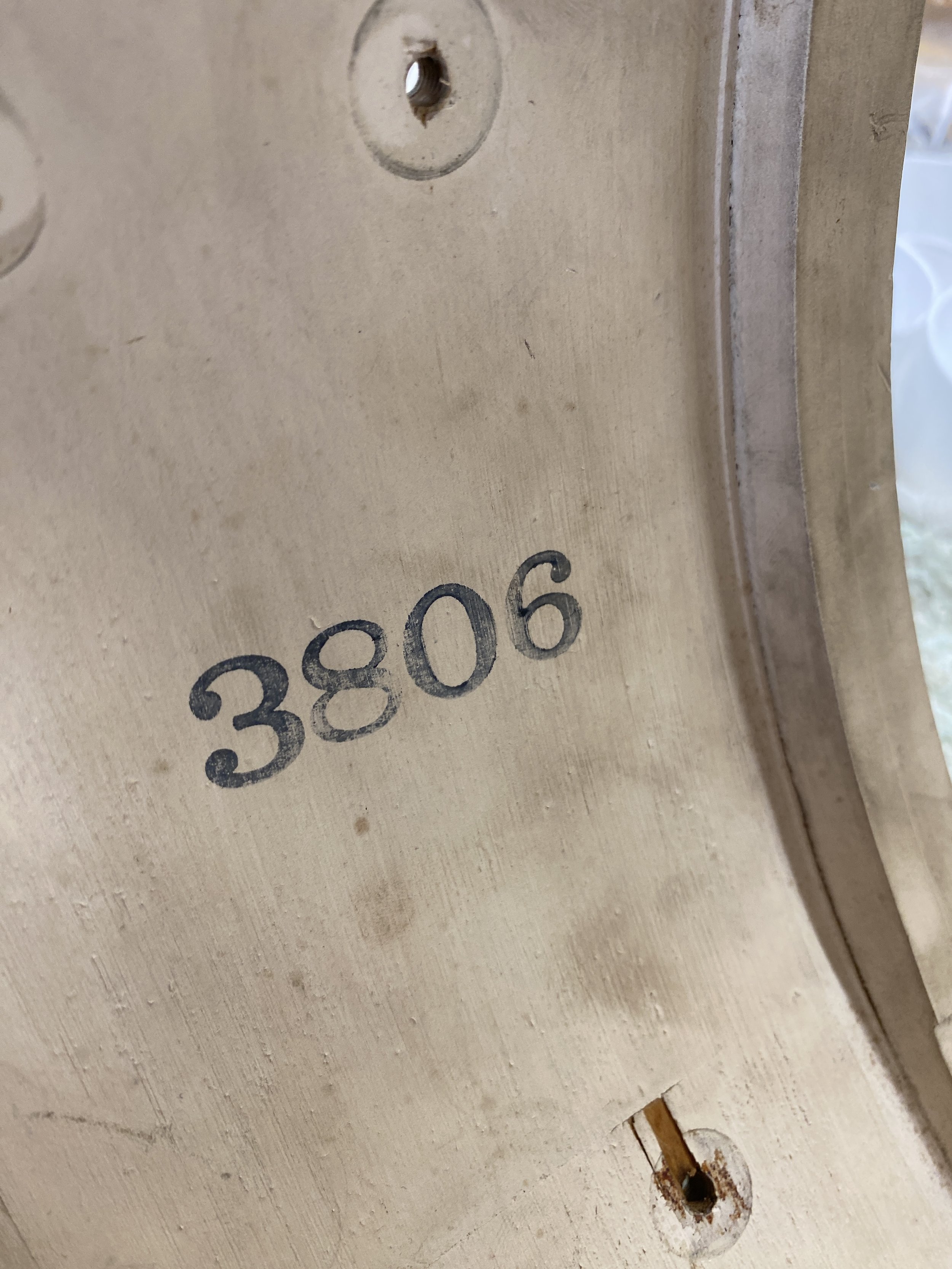
There were a few gremlins that the previous owner neglected to tell Mark about. The worst was that the two strainer thumb wheels were forced on, cross-threaded and frozen in place. This is when you need a good machinist or friend. In this case my good friend Al Schneider (the original Drum Doctor est. 1963) came to the rescue.
Read more



